Winning brands don’t just acquire customers, they guide them.
From the very first touchpoint to long-term loyalty, the most effective marketers understand that growth isn’t a moment, it’s a journey.
Every message, channel, and experience plays a role in shaping that relationship, and how well those moments connect determines whether customers stay engaged or drift away.
This is the essence of lifecycle marketing: a data-informed, stage-based approach to engaging customers from initial awareness all the way to advocacy.
Rather than treating marketing as a funnel that ends with conversion, lifecycle marketing views the customer journey as an ongoing cycle that deepens trust, reinforces value, and turns buyers into champions.
Throughout this guide, we’ll explore how to design strategies that meet customers where they are, with the right mix of insight and intent.
Two measurement frameworks will serve as our foundation: Multi-Touch Attribution (MTA), which offers granular, real-time clarity into digital performance, and Media Mix Modeling (MMM), which provides the high-level, strategic view needed to plan and optimize for durable growth.
What Is Lifecycle Marketing & Why It Matters
Lifecycle marketing is a holistic, ongoing approach to customer engagement that adapts messaging, offers, and experiences to where each person is in their journey.
Rather than treating marketing as a one-time effort to drive acquisition, lifecycle programs nurture relationships over time, from the first touchpoint to the moment a customer becomes a loyal advocate.
The goal is simple: increase activation, retention, and advocacy by meeting people with the right message at the right moment.
This approach matters because acquisition alone is rarely sustainable. Studies consistently show that acquiring a new customer is 5-25x more expensive than retaining an existing one, and that even modest improvements in retention can yield exponential gains in profitability.
Loyal customers also convert at much higher rates (60-70%) than new prospects (5-20%), spend more over time, and are more likely to recommend your brand to others.
In other words, lifecycle marketing doesn’t just keep customers engaged; it compounds value across every interaction.
Measurement Frameworks for Lifecycle Marketing
Measurement frameworks bring this process into focus:
- Multi-Touch Attribution (MTA) reveals which specific touchpoints (ads, emails, content, or campaigns) contribute most along the path to conversion, providing near-real-time clarity at the tactical level.
- Media Mix Modeling (MMM), on the other hand, looks at the bigger picture: it quantifies how channels work together across both online and offline environments and shows how changes in budget allocation influence long-term results.
Together, MTA and MMM form the analytical backbone of a modern lifecycle strategy, helping teams understand not only what’s working now, but where the next dollar will perform best.
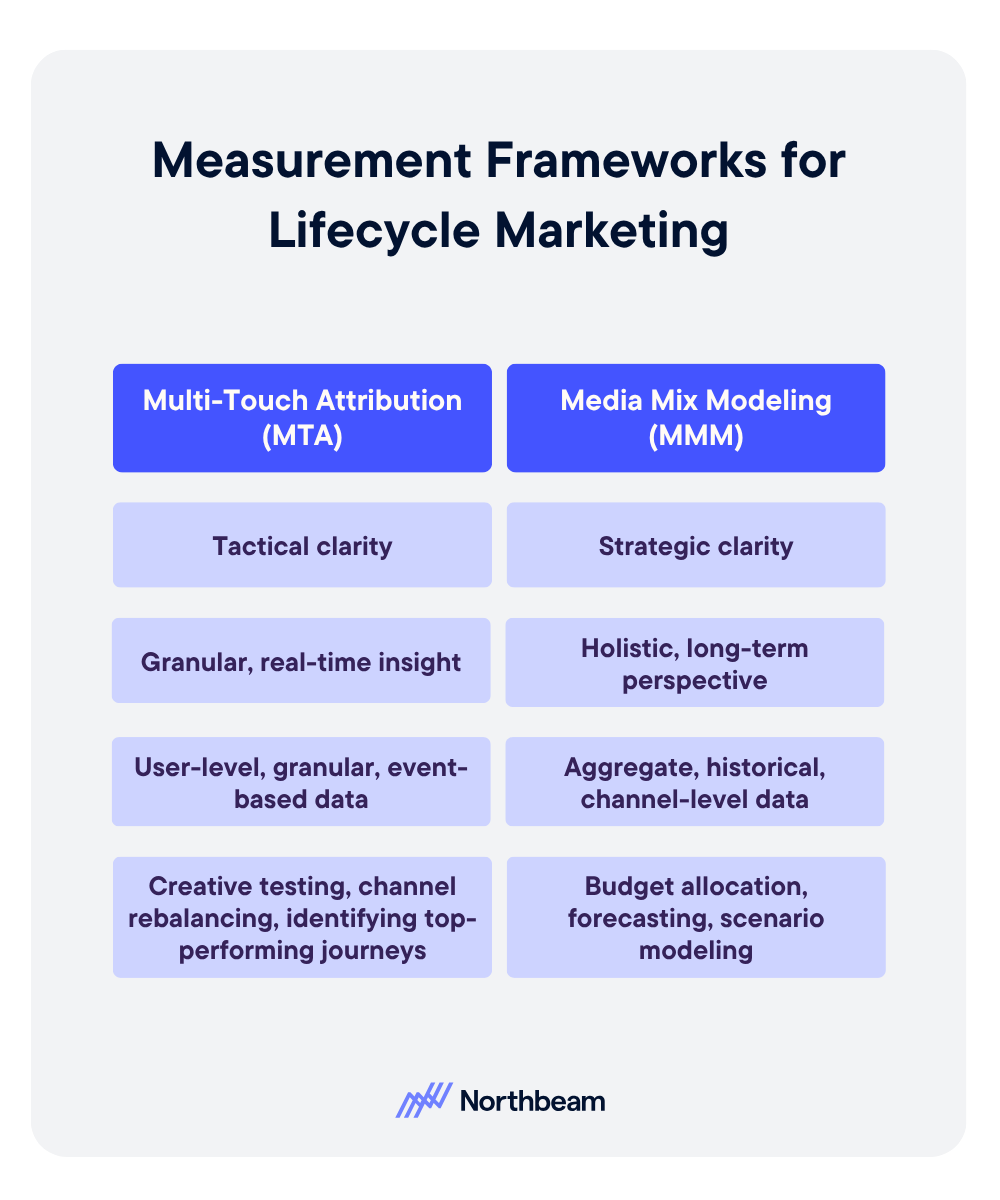
Customer Lifecycle Stages
Every customer journey follows a familiar rhythm: discovery, evaluation, decision, and deepening loyalty.
Lifecycle marketing breaks this journey into five key stages, each requiring its own strategies, messages, and success metrics.
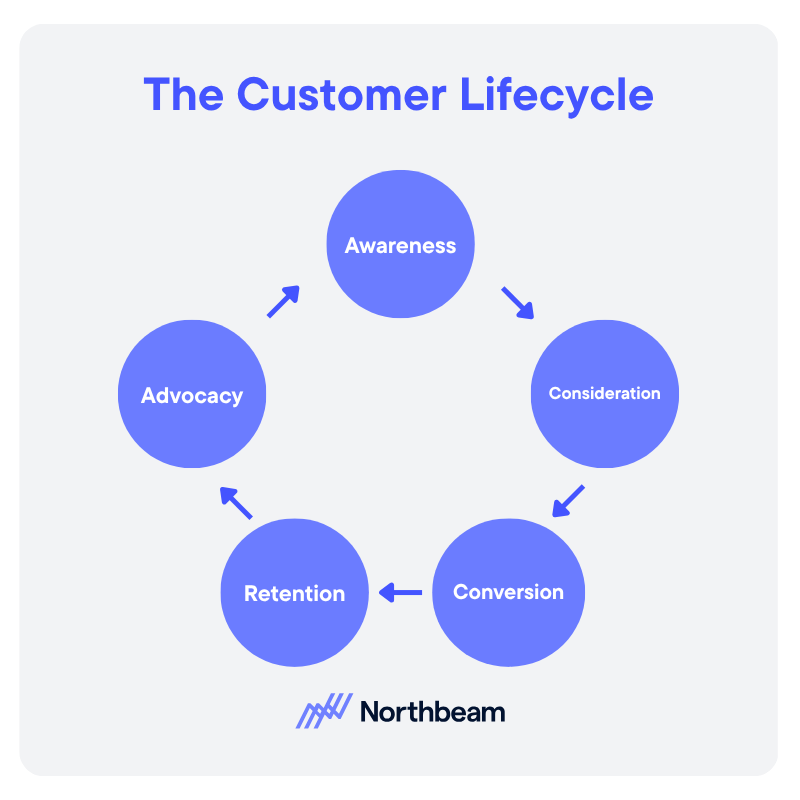
Awareness
Awareness is where it all begins: a potential customer realizes a problem or need and starts exploring possible solutions.
The goal here is visibility: to appear where prospects are looking and establish credibility before competitors do.
Consideration
Consideration follows once customers begin actively comparing options. They’re weighing features, prices, and proof points.
Effective brands provide educational content, case studies, and reassurance that their product is both relevant and reliable.
Conversion (Purchase)
Conversion marks the decision point.
This is where trust and friction collide; where a seamless checkout flow, strong social proof, and clear calls to action make the difference between intent and action.
Retention
Retention starts immediately after the first purchase. It’s about value realization and habit formation: ensuring customers see ongoing benefits, stay engaged, and return repeatedly.
Thoughtful onboarding, personalized communications, and proactive support are essential at this stage.
Advocacy (Loyalty)
Advocacy represents the highest form of customer engagement, when people not only stay but share.
Referrals, reviews, and community participation amplify the impact of every satisfied customer, turning individual experiences into network effects.
Of course, the customer journey isn’t linear. People loop back to earlier customer lifecycle stages, skip steps entirely, or pause midstream.
Effective, data-driven lifecycle marketing strategies anticipate that fluidity, adapting outreach and measurement accordingly.
This is where data clarity matters most:
- Multi-Touch Attribution (MTA) reveals which early interactions drive awareness and consideration, and which combinations of touchpoints tend to precede conversion.
- Media Mix Modeling (MMM) complements that view by showing how long-term investments in retention and advocacy influence overall revenue performance.
- Together, they ensure every stage contributes to sustainable, compounding growth.
Strategies to Engage at Each Stage
Each phase of the customer lifecycle requires a distinct approach. The tactics below outline how to engage customers effectively at every stage and how to measure success using Multi-Touch Attribution (MTA) and Media Mix Modeling (MMM).
Awareness
Goal: Build visibility and credibility as prospects identify their problem or need.
Tactics:
- Publish thought-leadership content and SEO-optimized articles.
- Leverage social media and PR for category awareness.
- Offer light-touch lead magnets such as quizzes, resource guides, or newsletters.
Measurement:
- Optimize the customer journey with multi-touch attribution to compare which channels and creatives generate the highest-quality first touches.
- Feed performance insights back into content and media planning cycles.
Consideration
Goal: Provide proof, reassurance, and clarity as prospects compare solutions.
Tactics:
- Share case studies, testimonials, and comparison guides.
- Host webinars or interactive demos.
- Use retargeting ads or nurture emails to stay top of mind.
Measurement:
- Apply MTA to understand how different combinations of touchpoints (e.g., content -> email -> retargeting) move prospects closer to conversion.
Conversion (Purchase)
Goal: Remove friction and reinforce confidence at the moment of decision.
Tactics:
- Simplify UX and checkout flows.
- Highlight trust signals (reviews, guarantees, secure payment icons).
- Deliver timely nudges like cart reminders or limited-time offers.
Measurement:
- Use MTA to pinpoint where users drop off and which final interactions drive conversions.
- Track assisted conversions, not just last-click results, to capture hidden influence.
Retention
Goal: Strengthen loyalty through ongoing value and engagement.
Tactics:
- Build onboarding sequences that accelerate time-to-value.
- Trigger lifecycle emails around product usage or milestone events.
- Offer loyalty programs, personalized perks, and proactive support.
Measurement:
- Use MMM to estimate the incremental lift of retention programs.
- Calibrate spend by cohort or segment to optimize ROI.
Advocacy (Loyalty)
Goal: Turn satisfied customers into brand champions.
Tactics:
- Launch referral programs and incentives.
- Spotlight user-generated content (UGC) or customer success stories.
- Encourage reviews and community participation.
Measurement:
- Apply MMM to model long-term revenue effects of advocacy.
- Compare marginal loyalty investment vs. incremental acquisition spend to find balance.
Tools & Channels for Lifecycle Marketing
Behind every effective lifecycle marketing strategy is a strong operational backbone: the systems, data, and tools that make personalized engagement possible.
These components work together to deliver the right message to the right customer, at the right time, across every stage of the journey.
Data Foundation
Purpose: Build a single, accurate view of the customer to enable precise targeting and measurement.
Key Elements:
- Event tracking: Capture key behaviors such as sign-ups, purchases, and feature usage.
- Identity resolution: Connect anonymous and known user data across devices and sessions.
- Unified profiles: Merge behavioral, transactional, and demographic data to identify lifecycle stage and engagement patterns.
Automation
Purpose: Deliver timely, personalized experiences at scale.
Key Capabilities:
- Journey builders: Create dynamic workflows that adapt to user behavior or stage transitions.
- Behavioral triggers: Automate responses based on recency, frequency, or inaction.
- Segmentation rules: Update audiences automatically as customers progress through the lifecycle.
Channels
Purpose: Communicate consistently across touchpoints while honoring user preferences.
Primary Channels:
- Email: Still the most reliable owned channel for retention and loyalty.
- In-app & push/SMS: Ideal for real-time engagement and usage reminders.
- Paid & retargeting: Re-engage or re-activate customers across platforms.
- Website personalization: Adapt content dynamically to match user behavior or intent.
- Community & social spaces: Encourage advocacy and deepen connection beyond transactions.
Measurement Frameworks
Purpose: Evaluate performance across both granular and strategic horizons.
Multi-Touch Attribution (MTA):
- Tracks user-level interactions across digital touchpoints.
- Enables rapid optimization, creative testing, and budget rebalancing within channels.
Media Mix Modeling (MMM):
- Analyzes aggregate performance across online and offline media.
- Accounts for seasonality, saturation, and external factors.
- Guides medium- and long-term budget planning and scenario testing.
Together, these tools and frameworks create a connected ecosystem that captures, automates, and measures every customer interaction throughout the lifecycle.
Implementation Considerations
Even the best lifecycle strategy can fall apart without strong operational discipline.
Successful programs depend on shared definitions, consistent rhythms, and a clear feedback loop between marketing, product, and customer success teams.
Shared Definitions
Clarity starts with language. Every team should agree on what qualifies as a new user, an active user, or a churned user, as well as when customers enter and exit each lifecycle stage.
Standardizing attribution windows and engagement thresholds ensures that everyone is evaluating performance from the same baseline. Without this alignment, teams risk drawing conflicting conclusions from the same data.
Cadence
Set a sustainable rhythm for measurement and decision-making.
Multi-Touch Attribution (MTA) insights work best on a weekly cycle, supporting fast iteration on creative, targeting, and friction fixes.
Media Mix Modeling (MMM) operates at a monthly or quarterly cadence, guiding high-level decisions on budget distribution, channel mix, and seasonal optimization.
This dual timing keeps teams responsive in the short term while steering long-term efficiency.








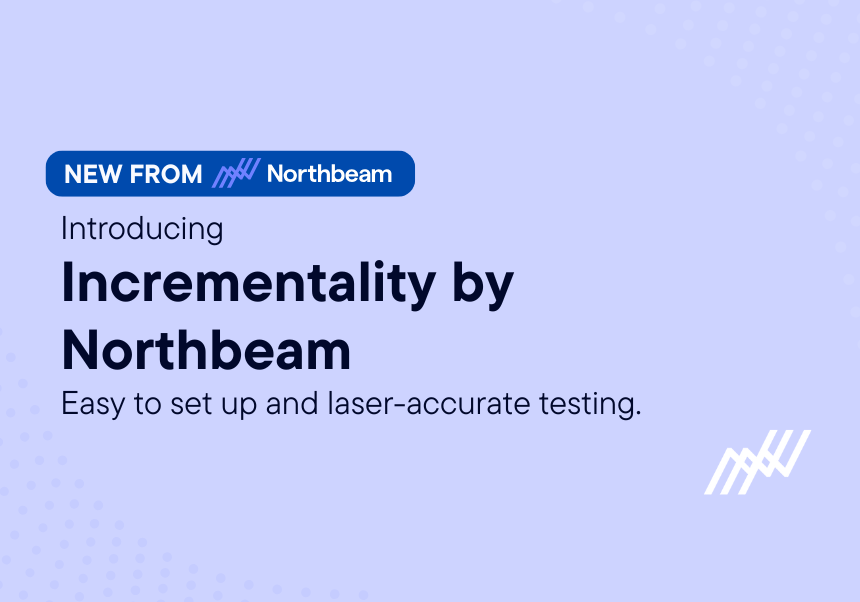




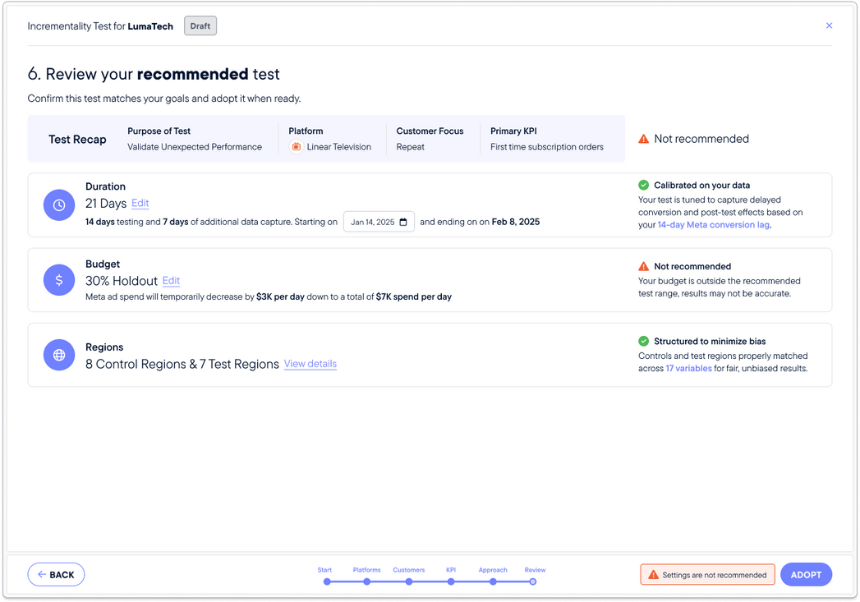
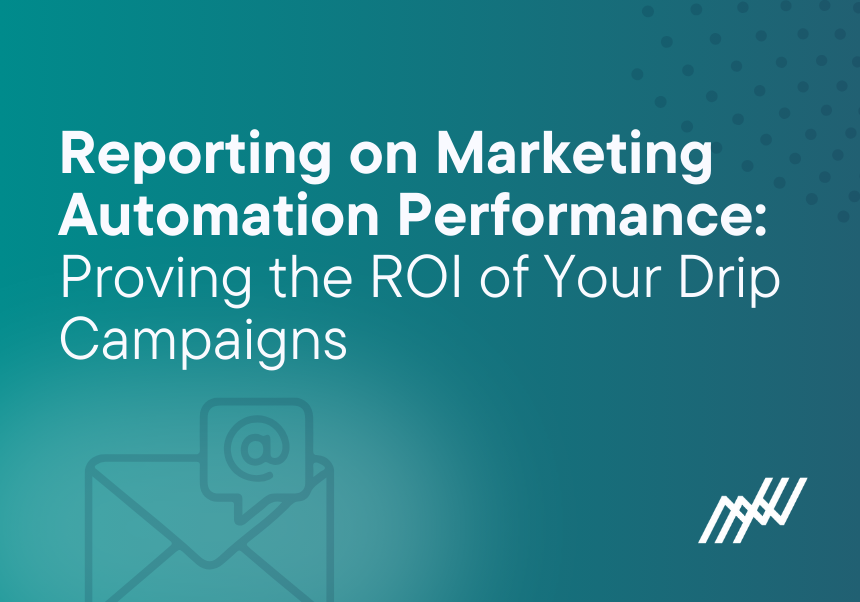
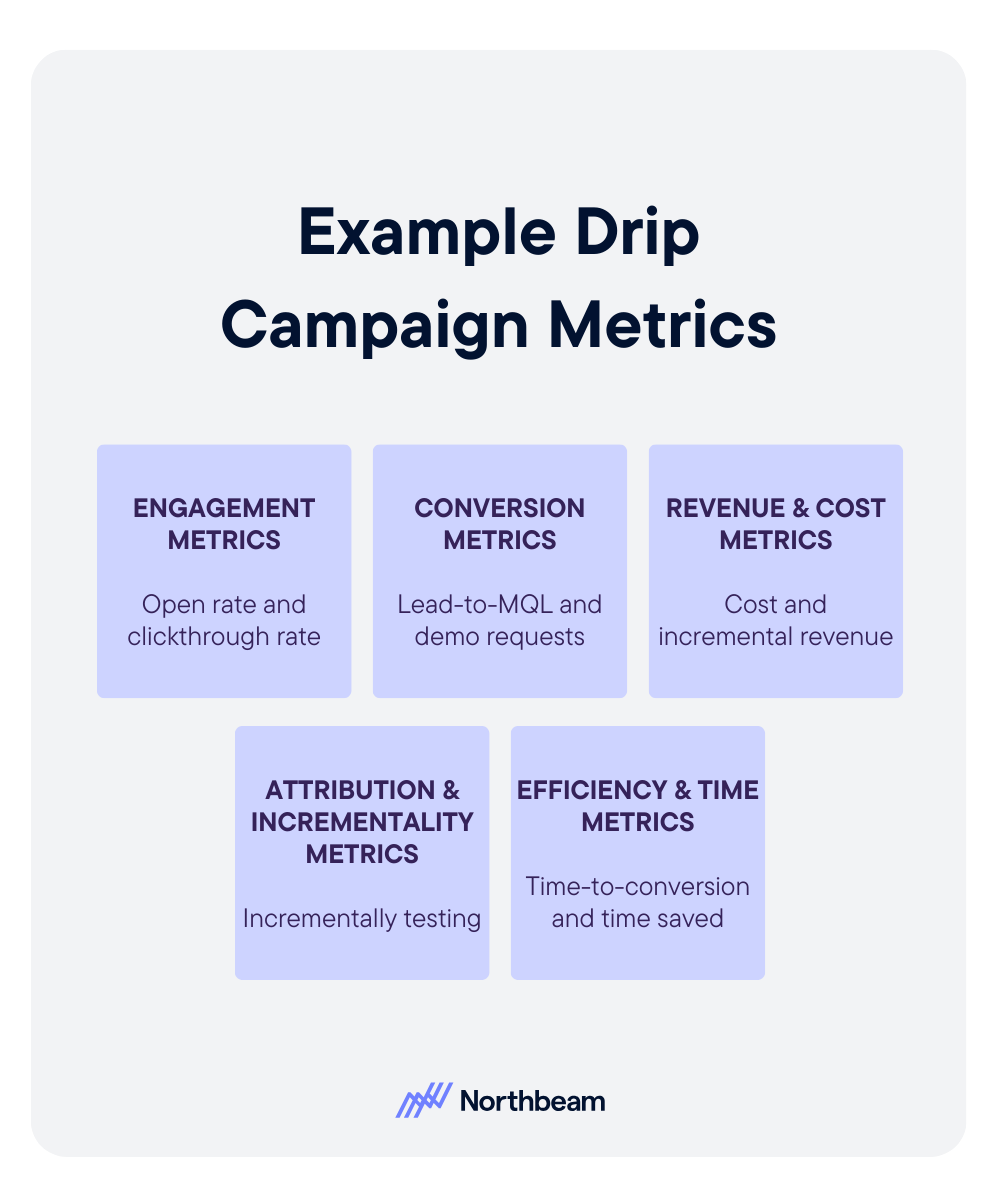


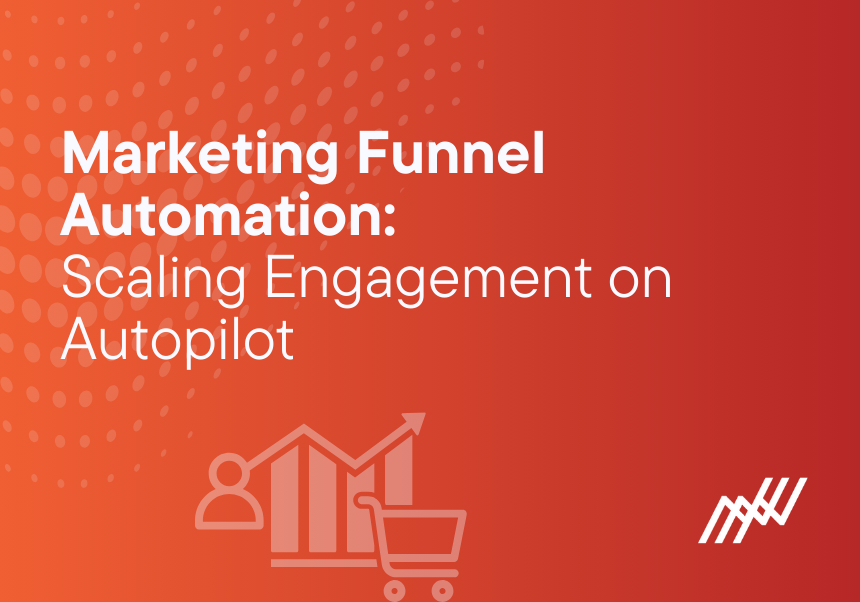
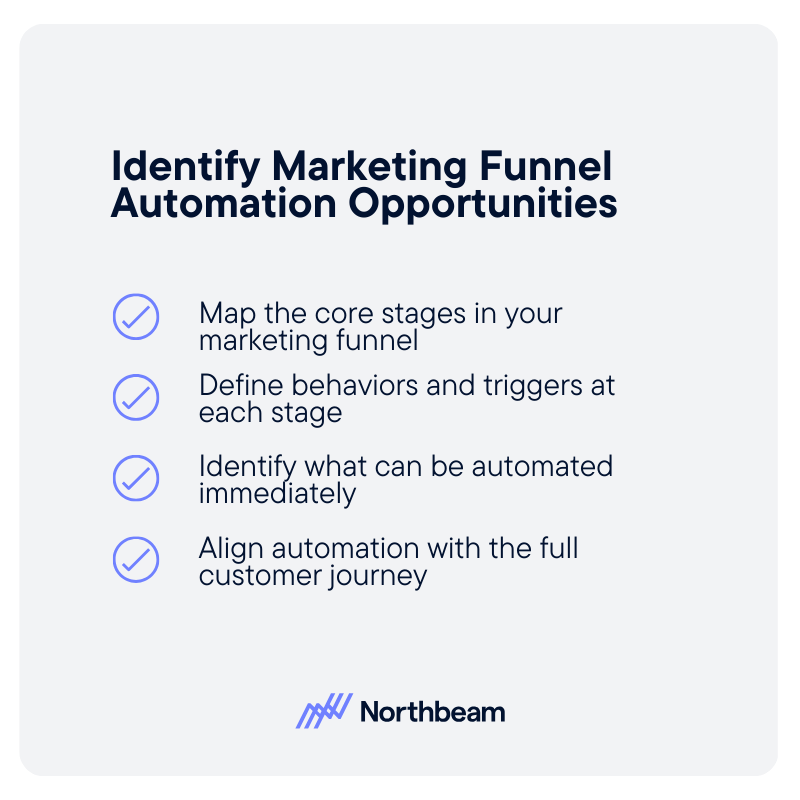
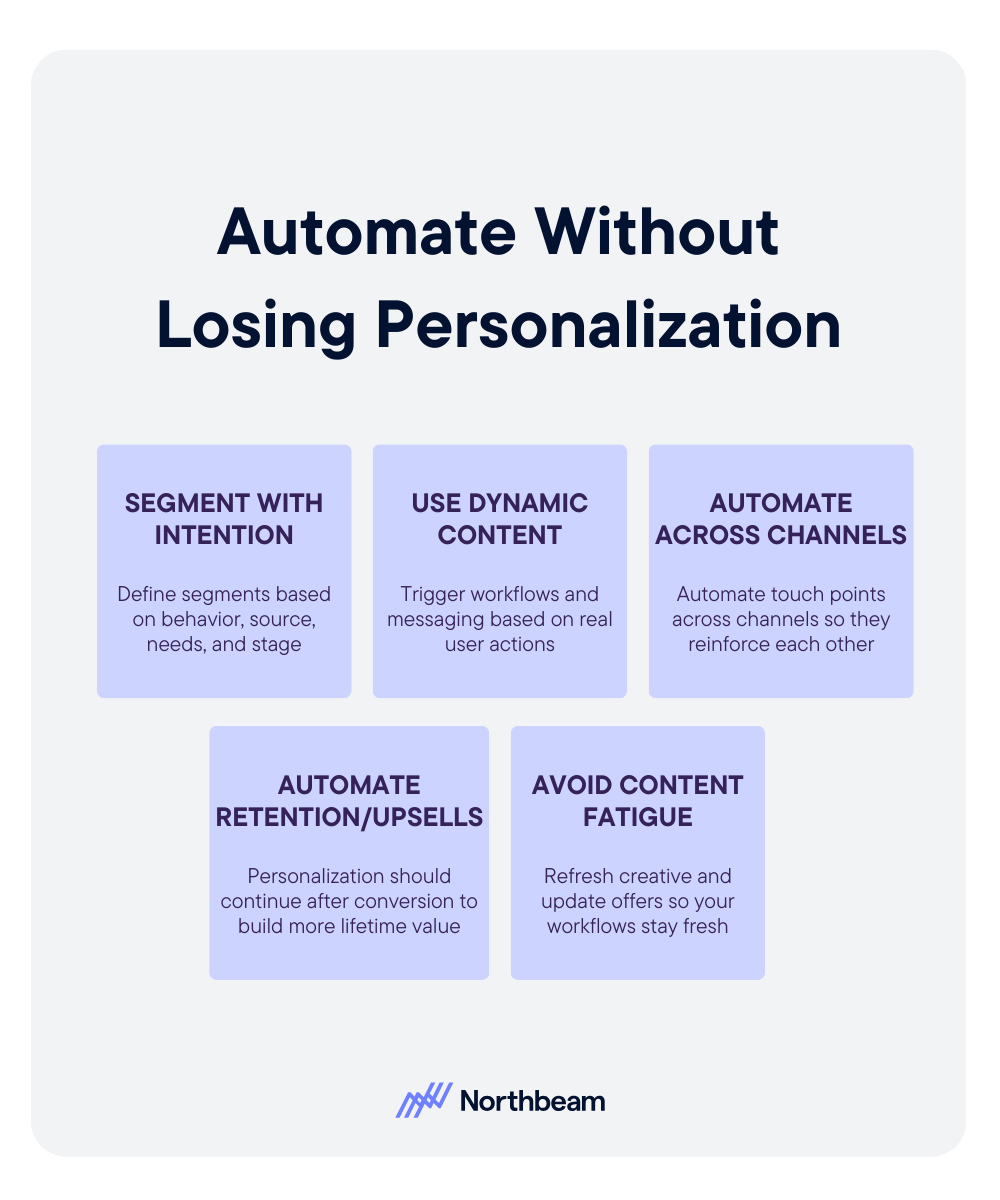
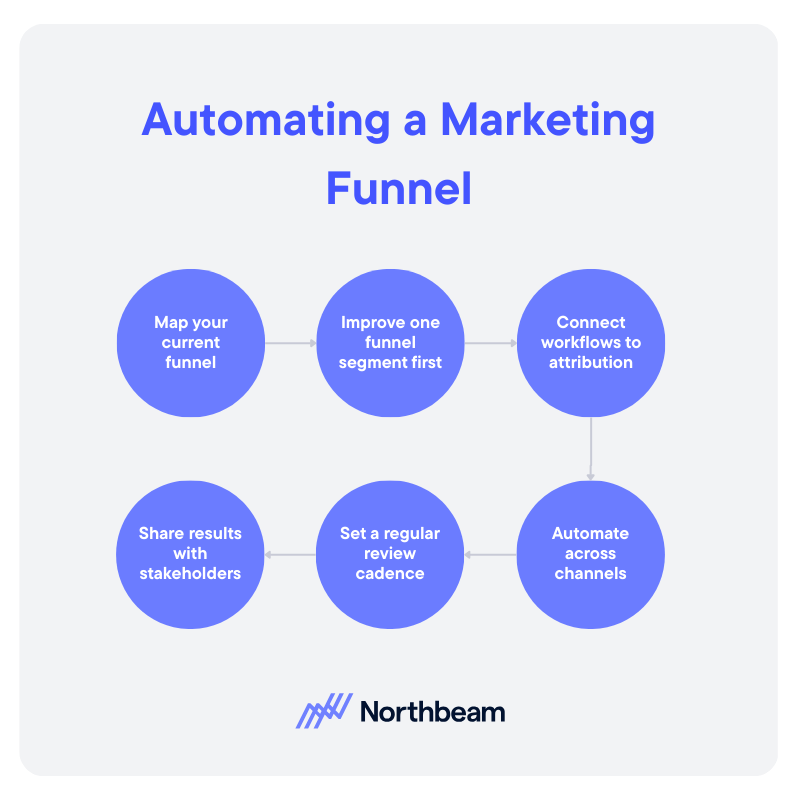





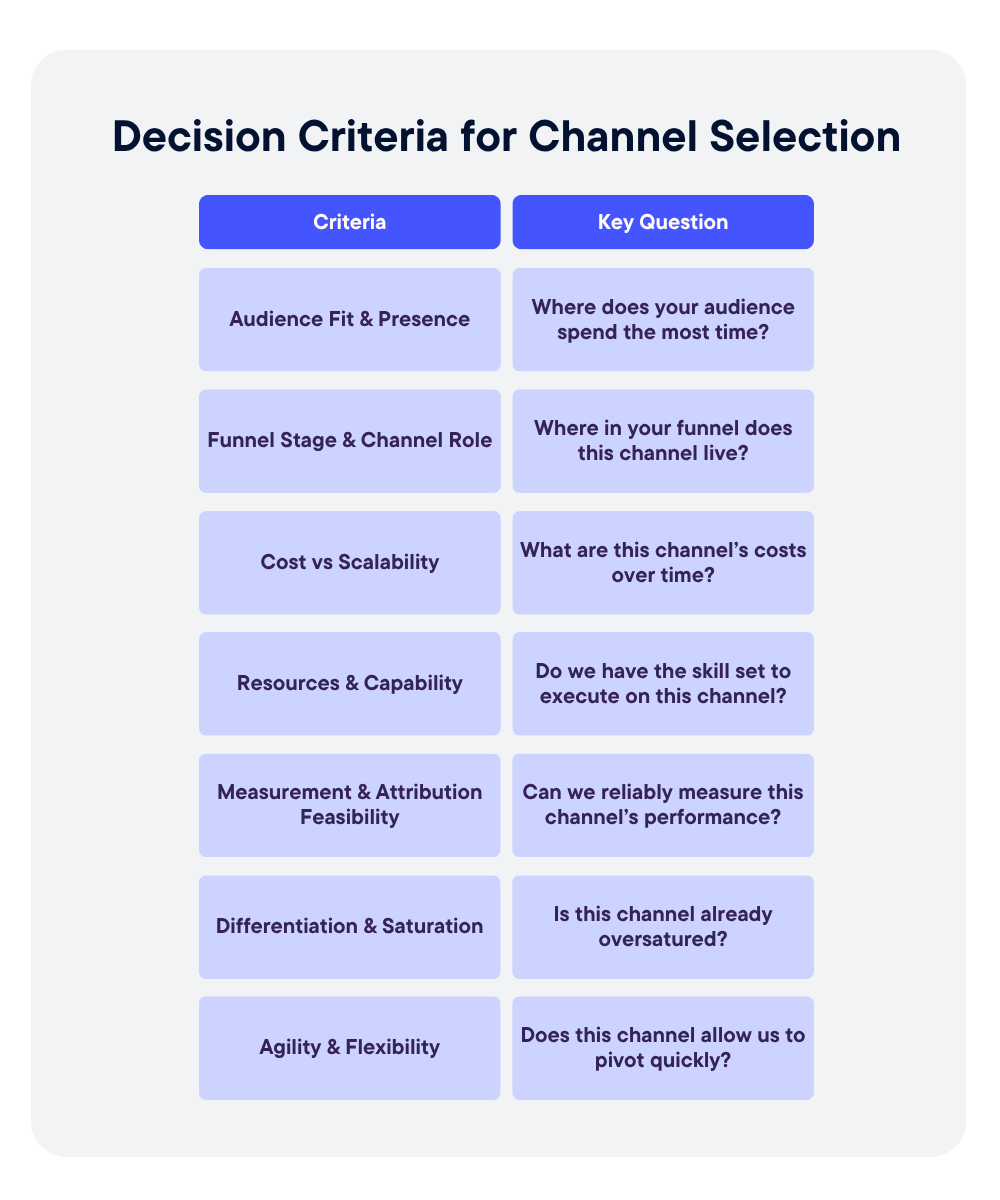
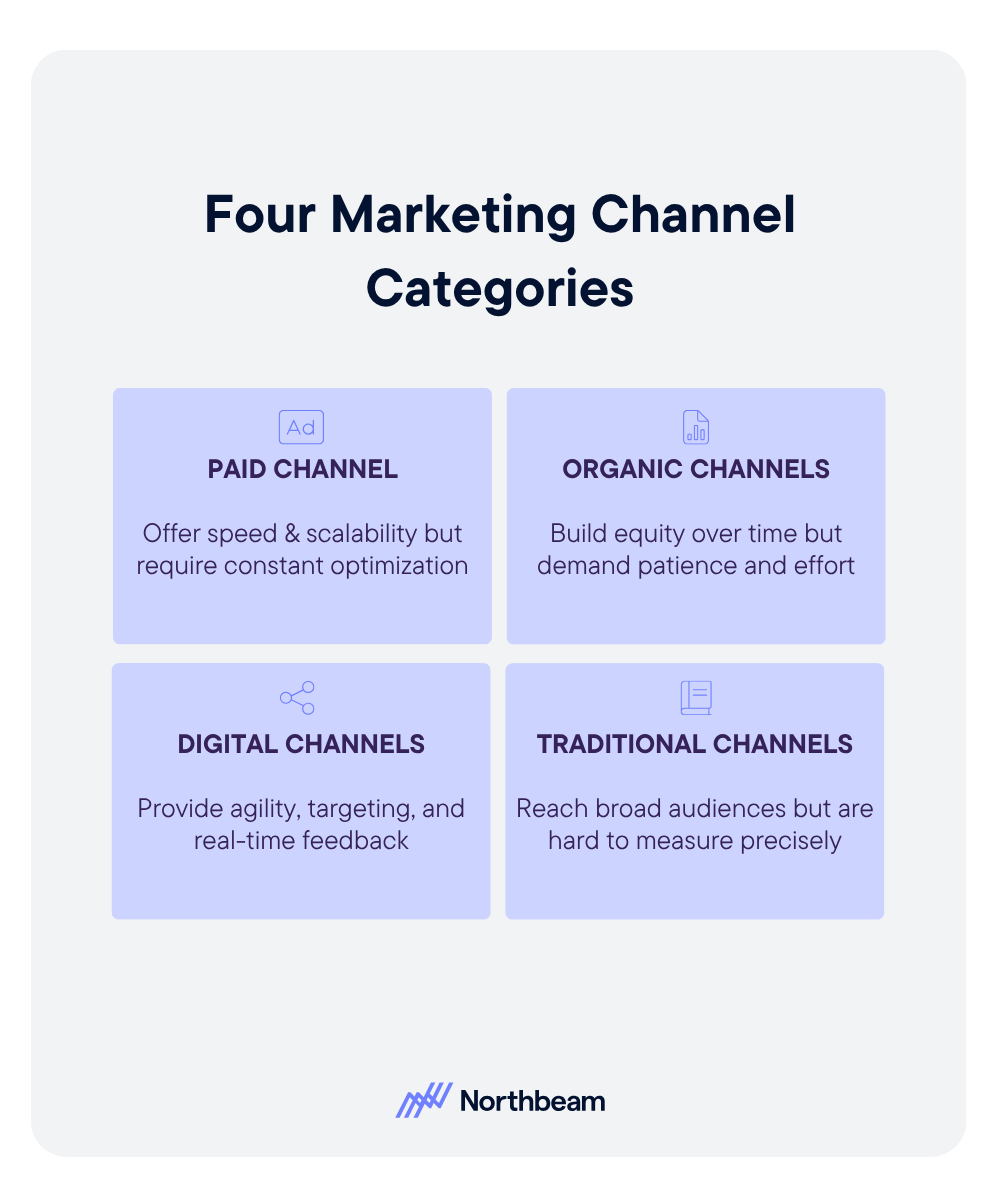
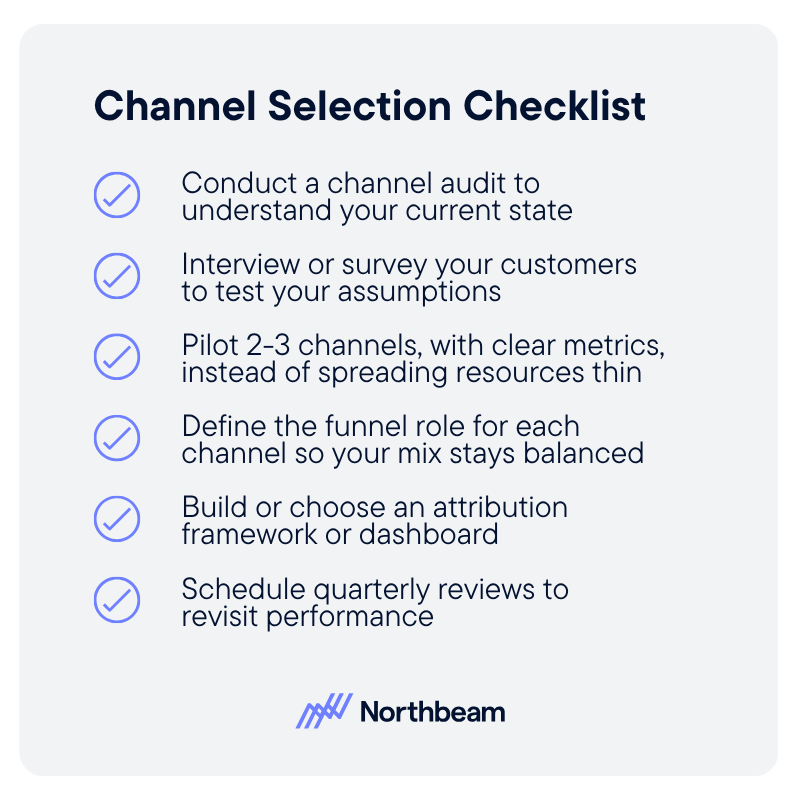
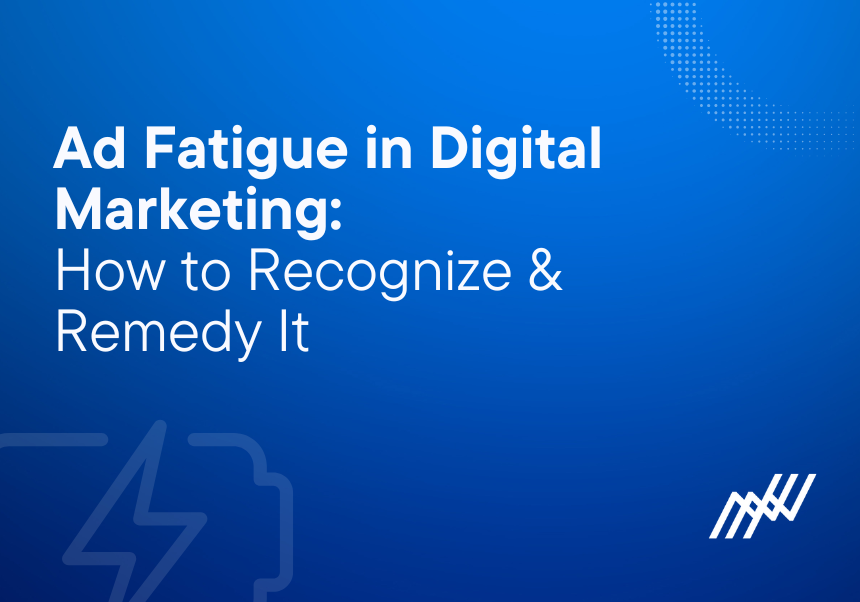
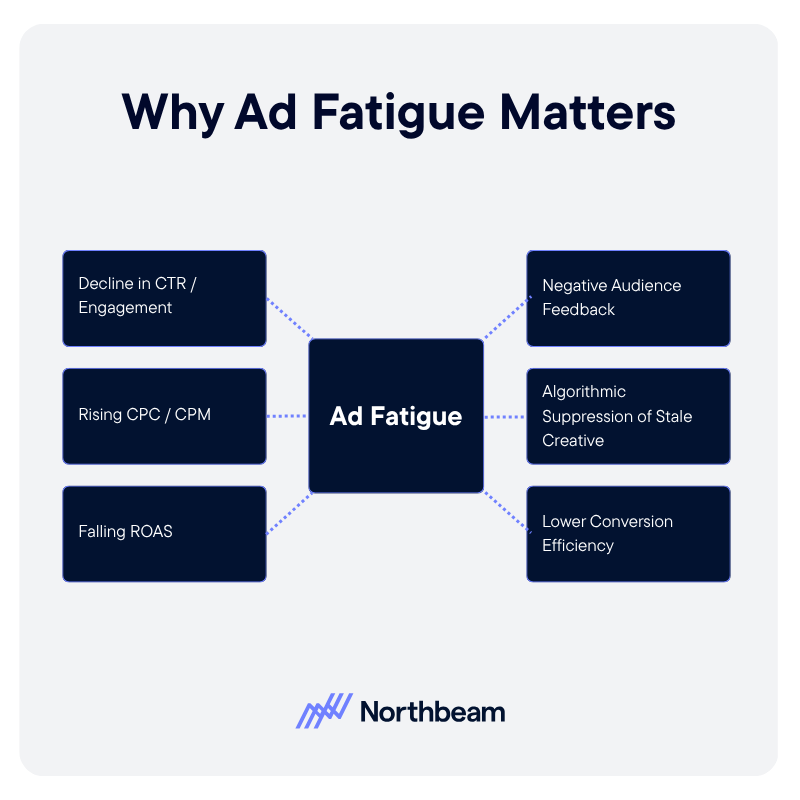
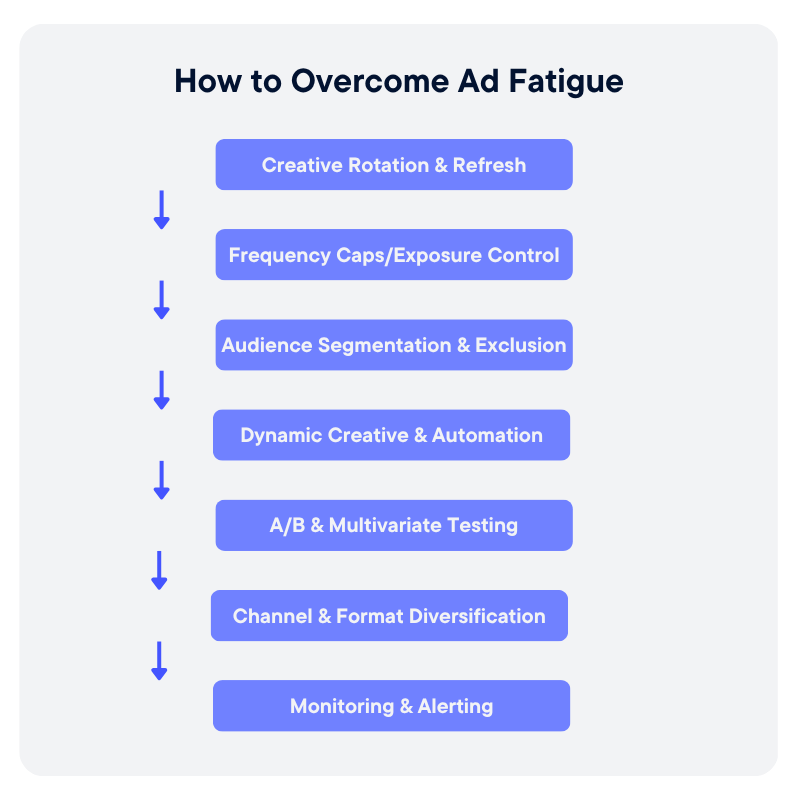
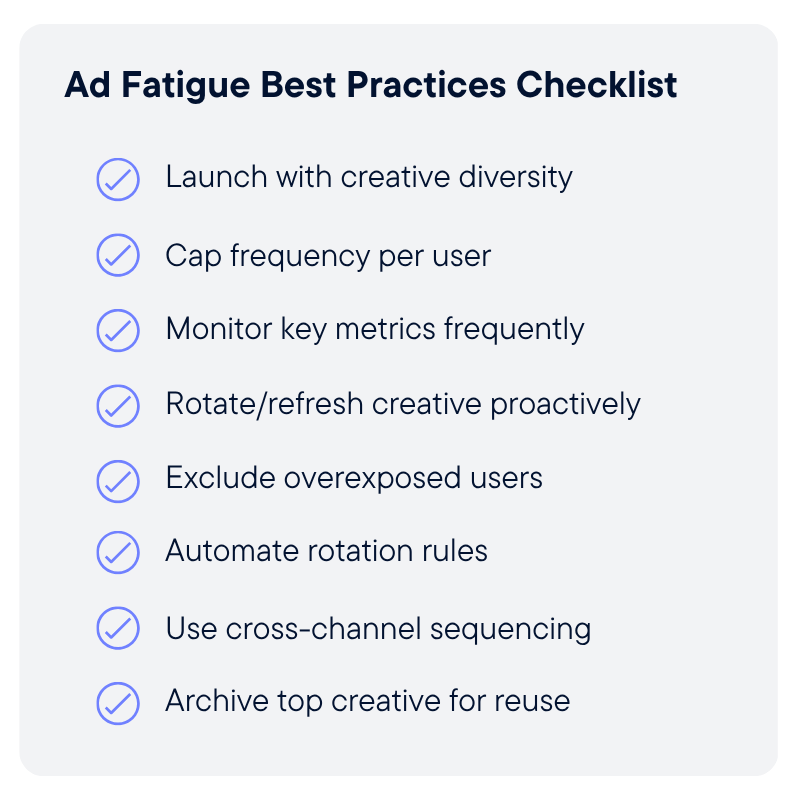

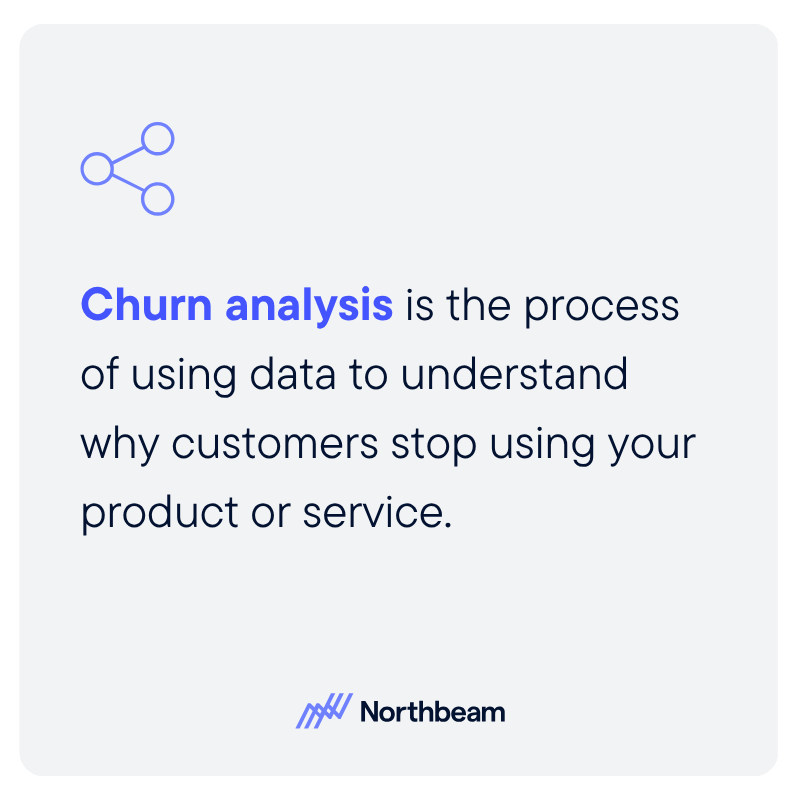
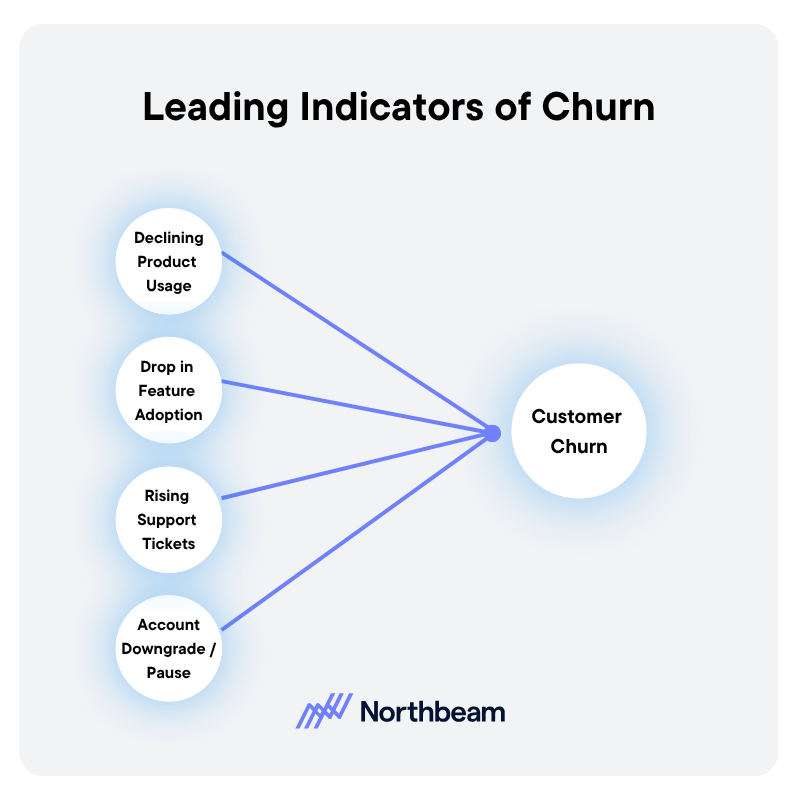
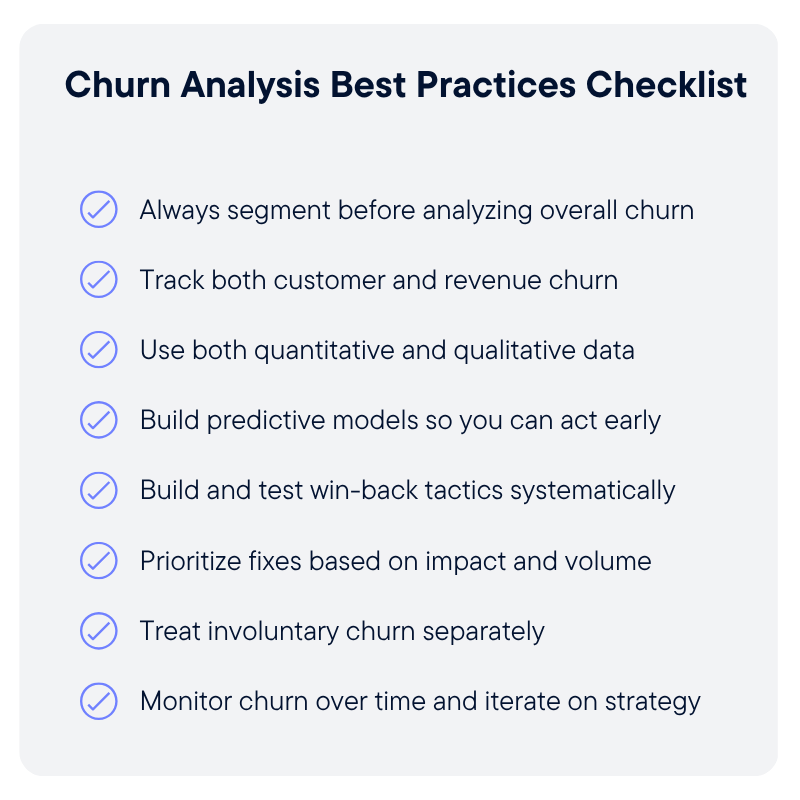
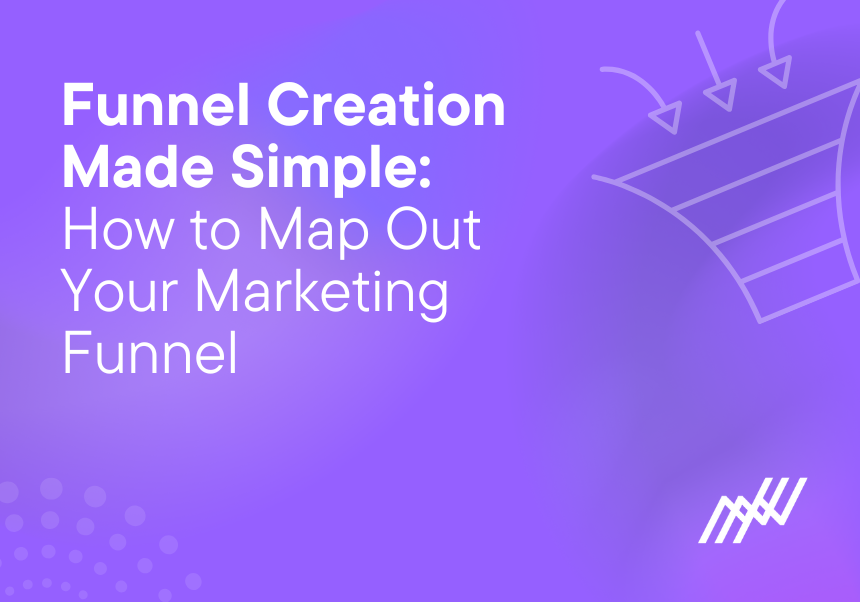
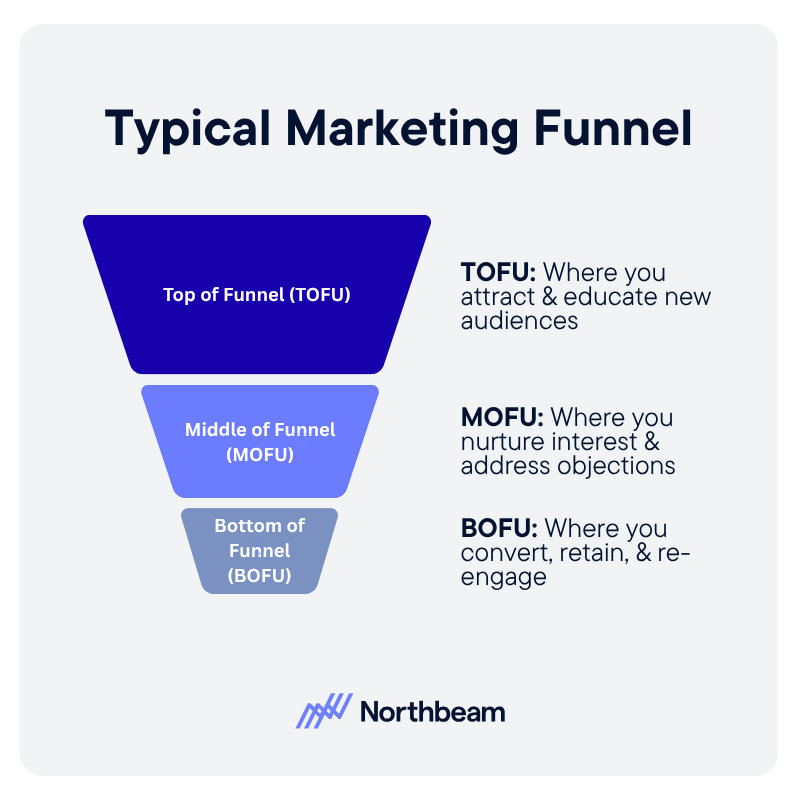
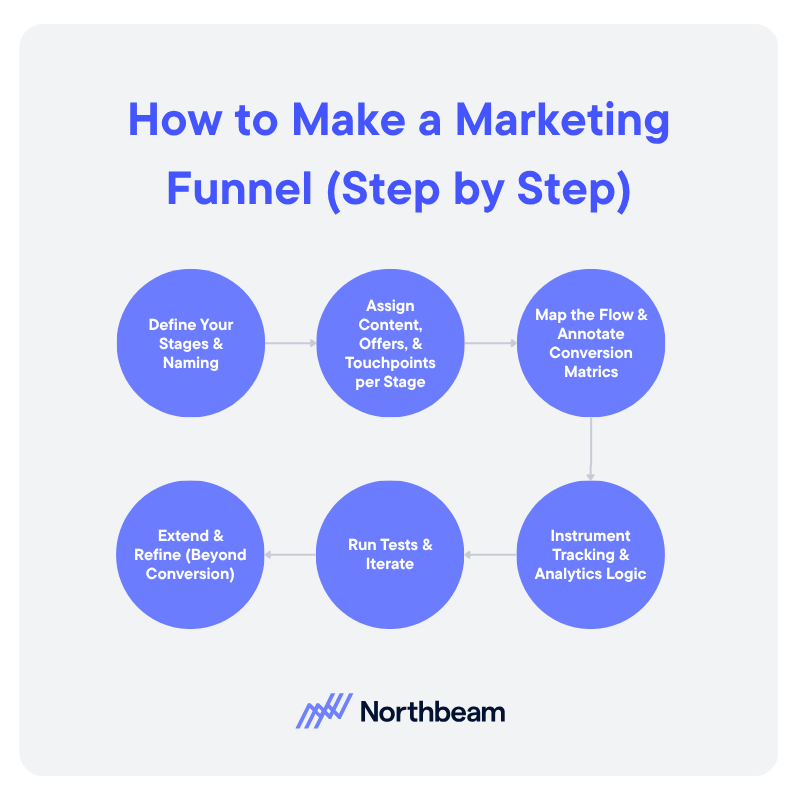
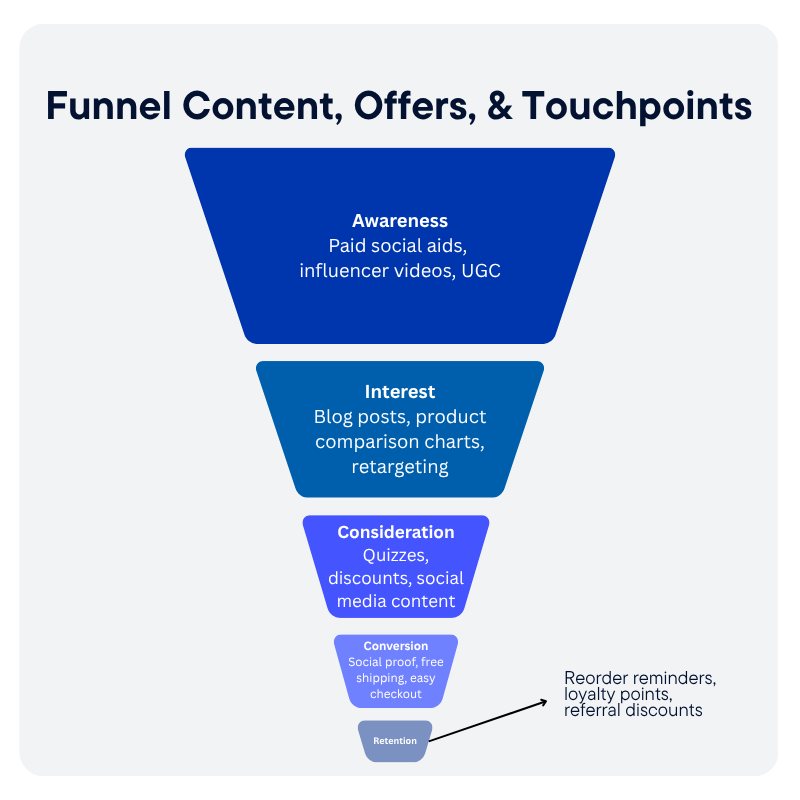
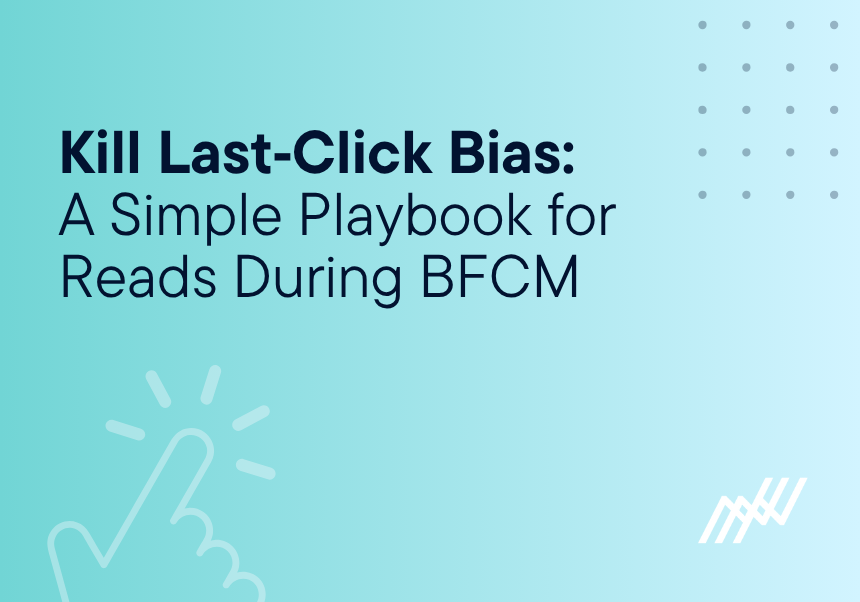

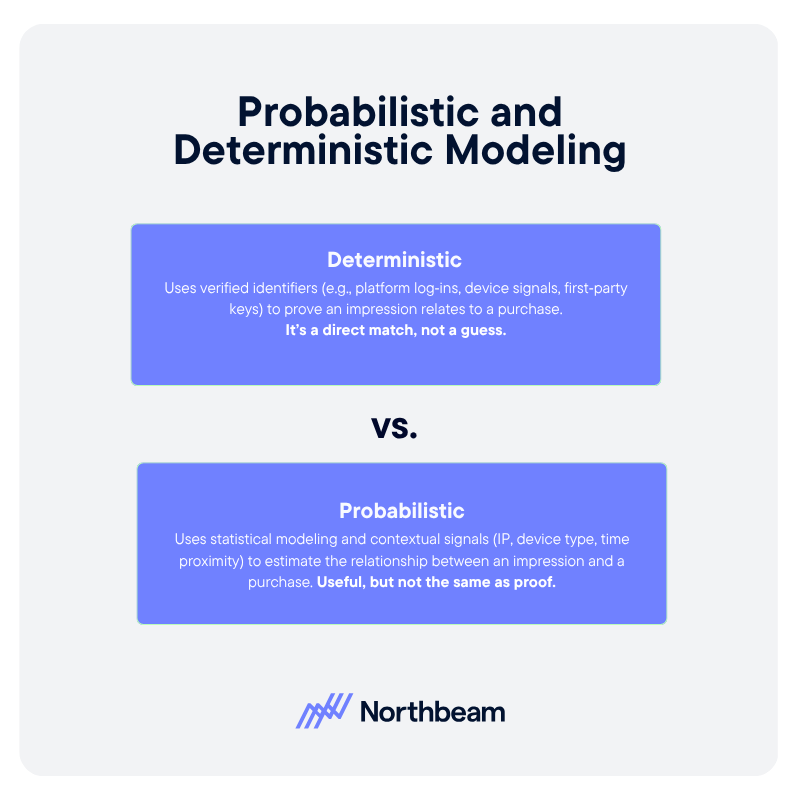

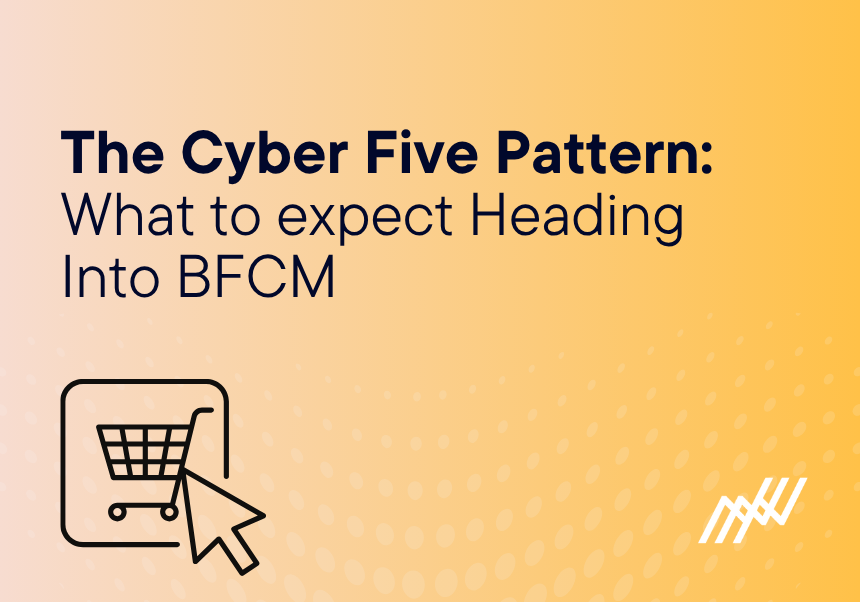


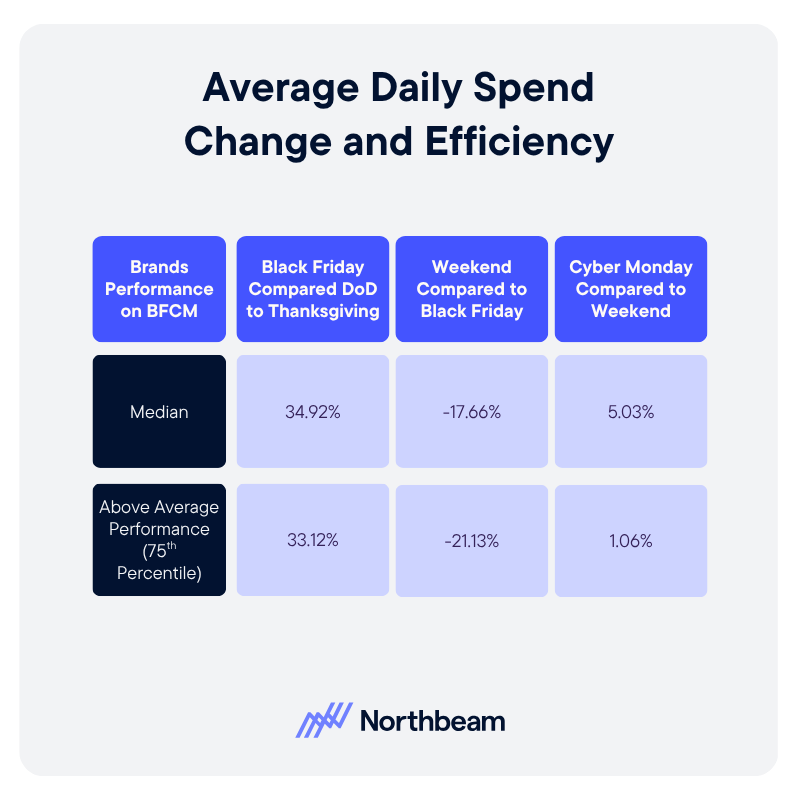
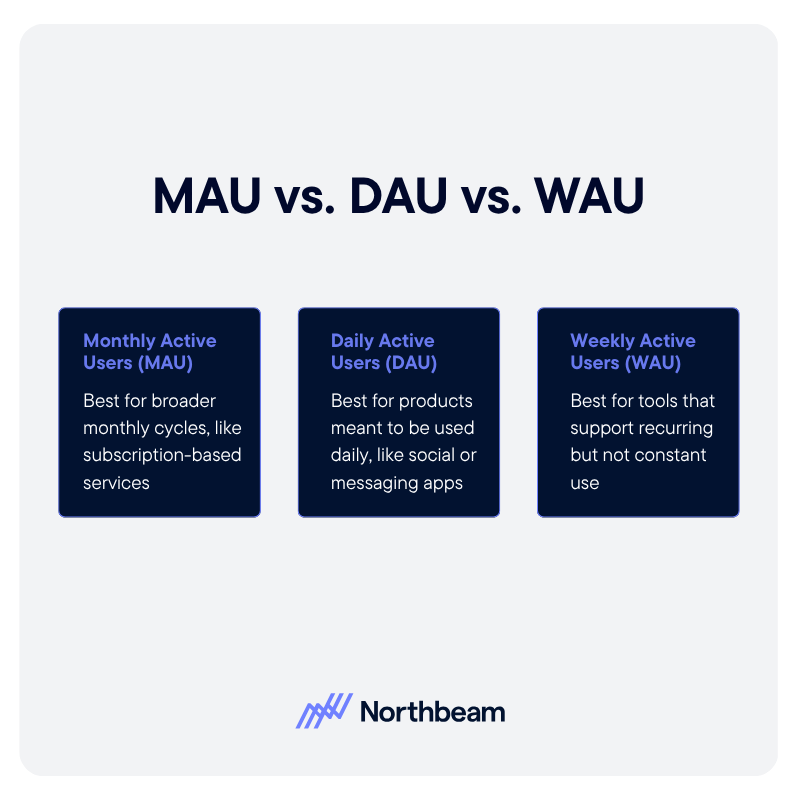

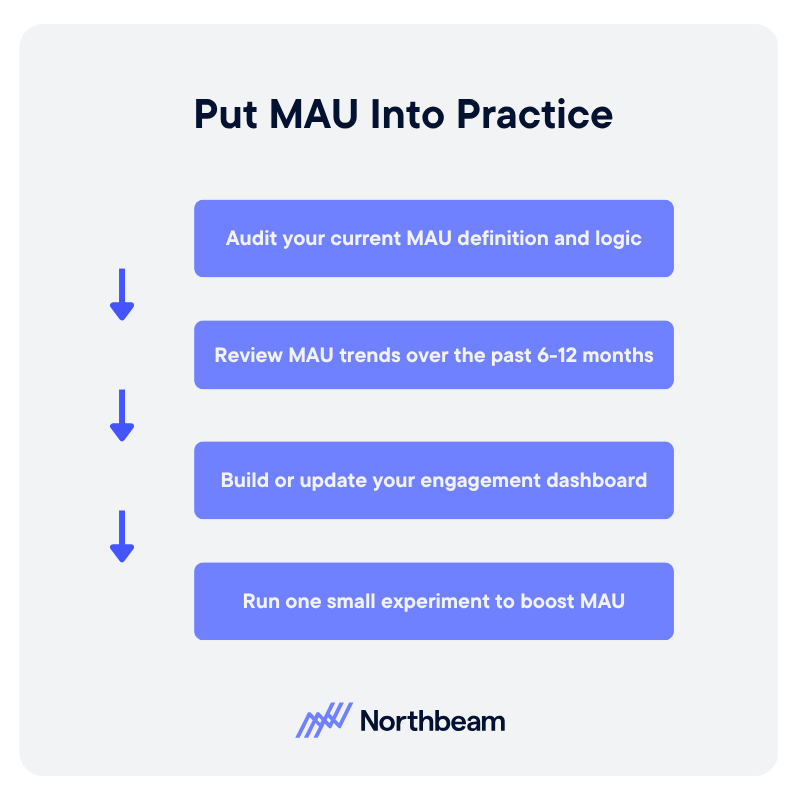
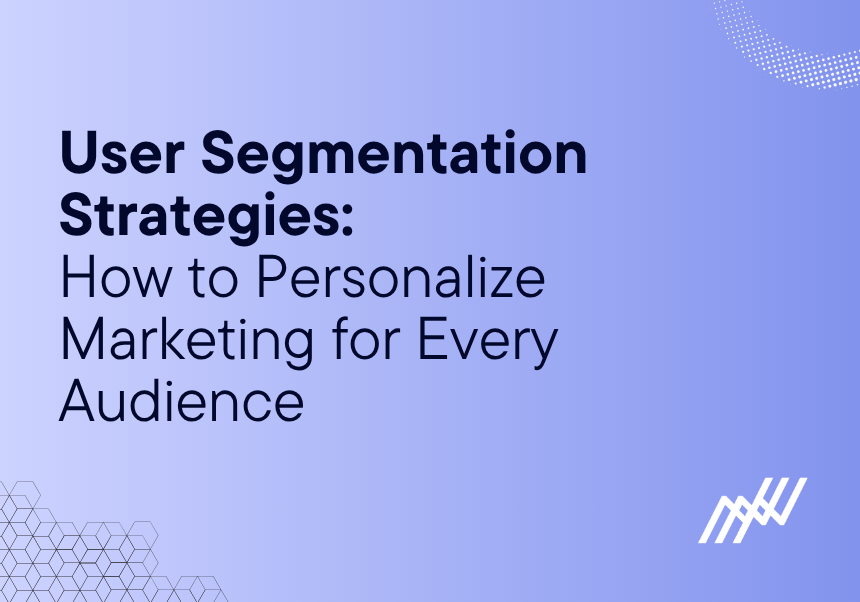
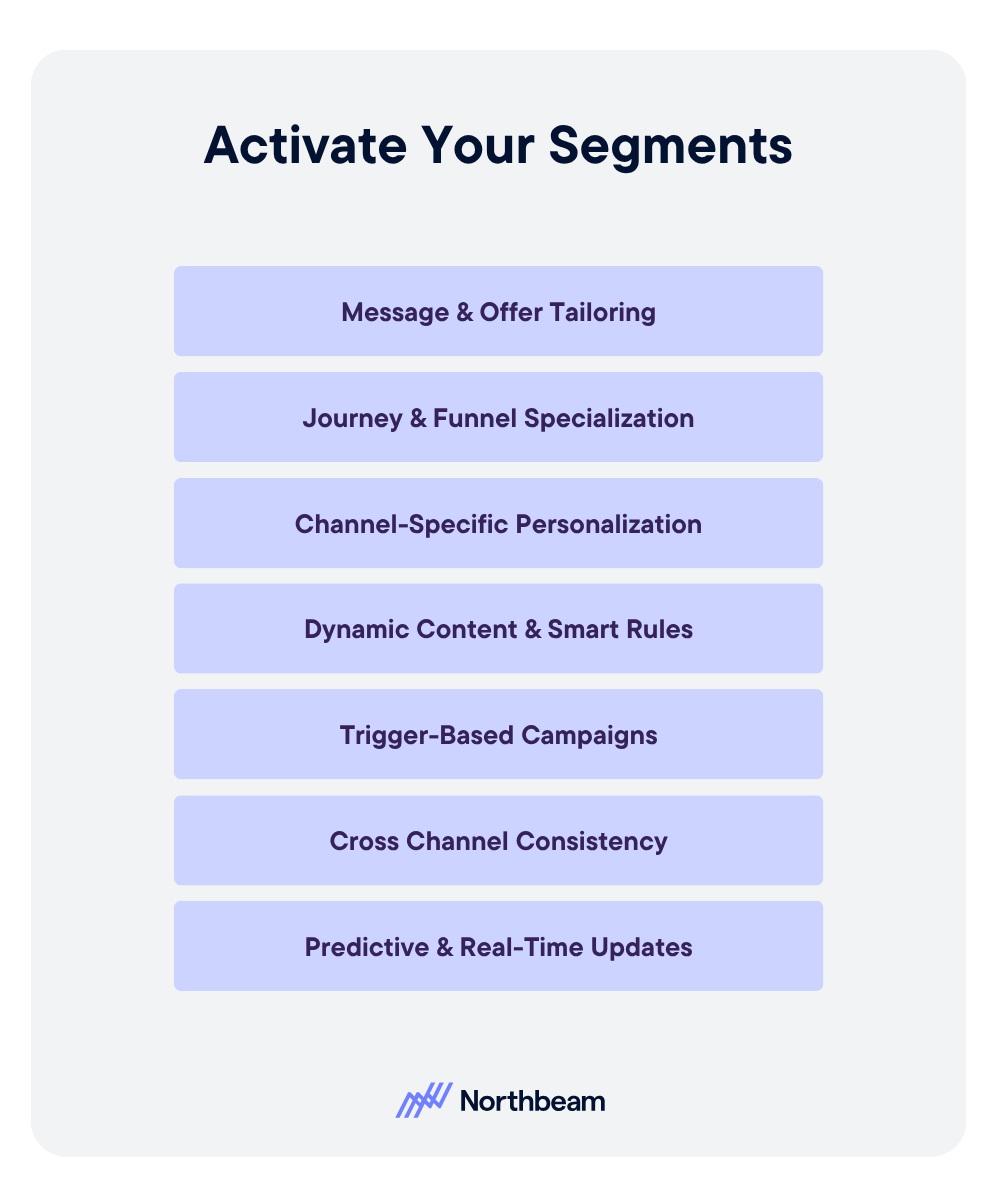
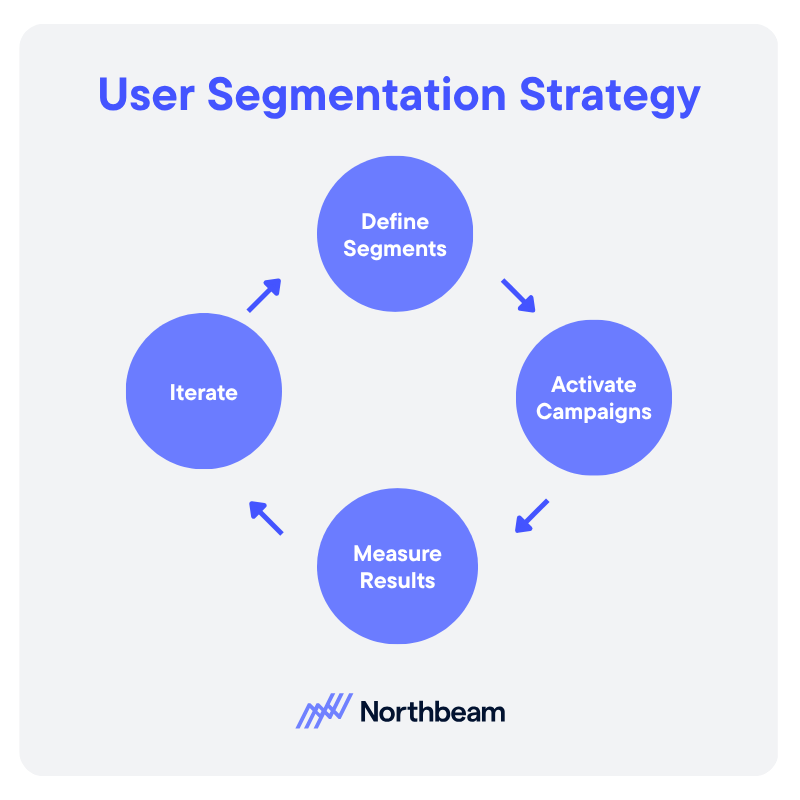
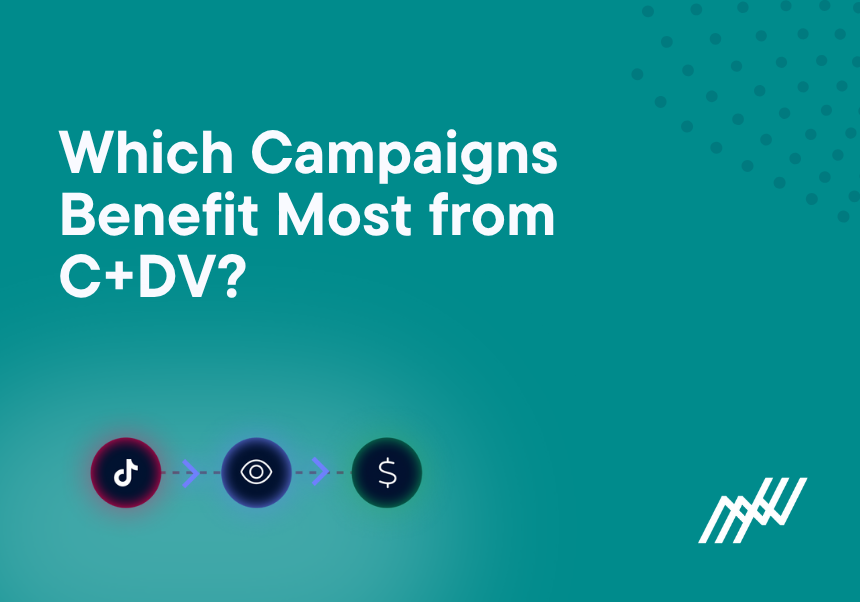

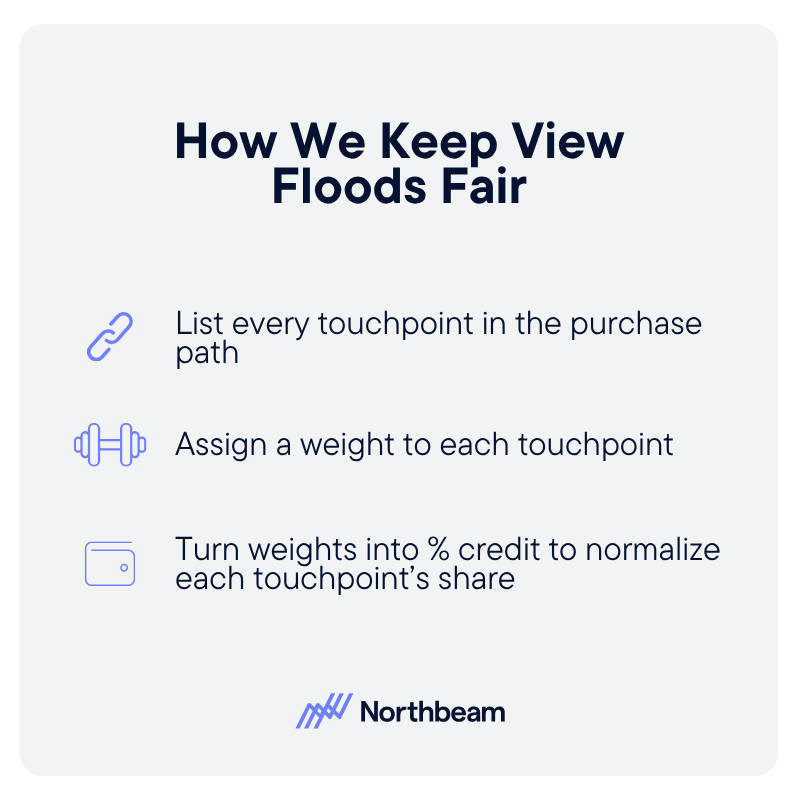
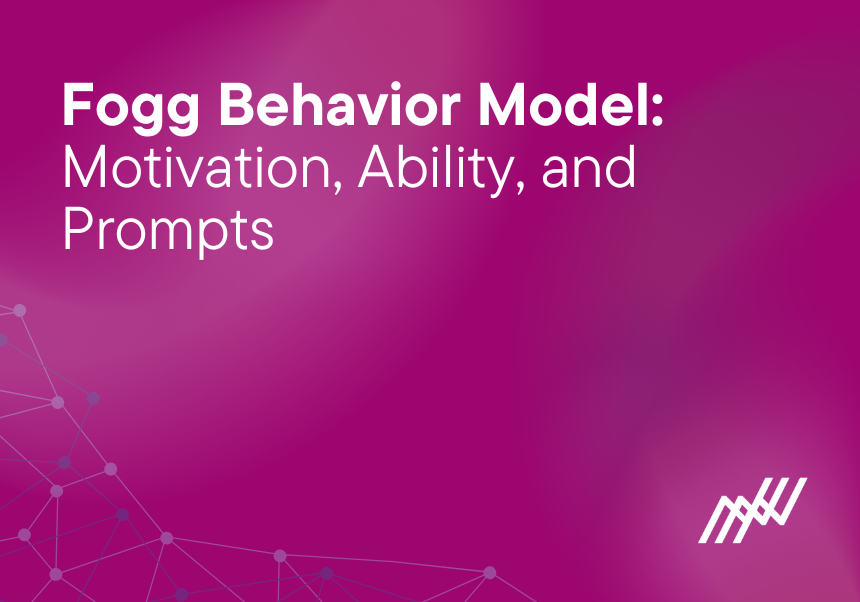


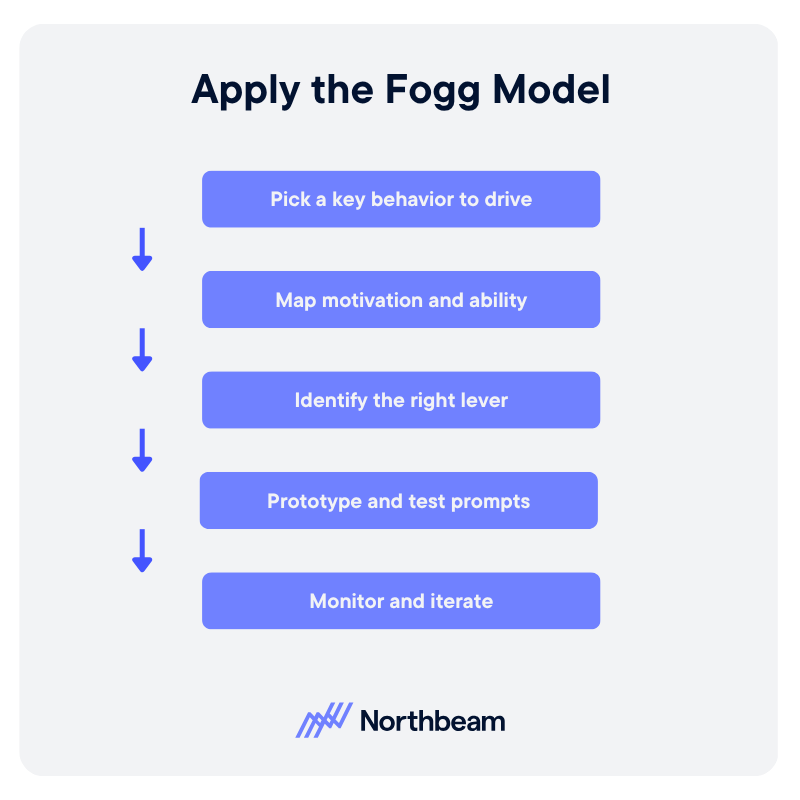
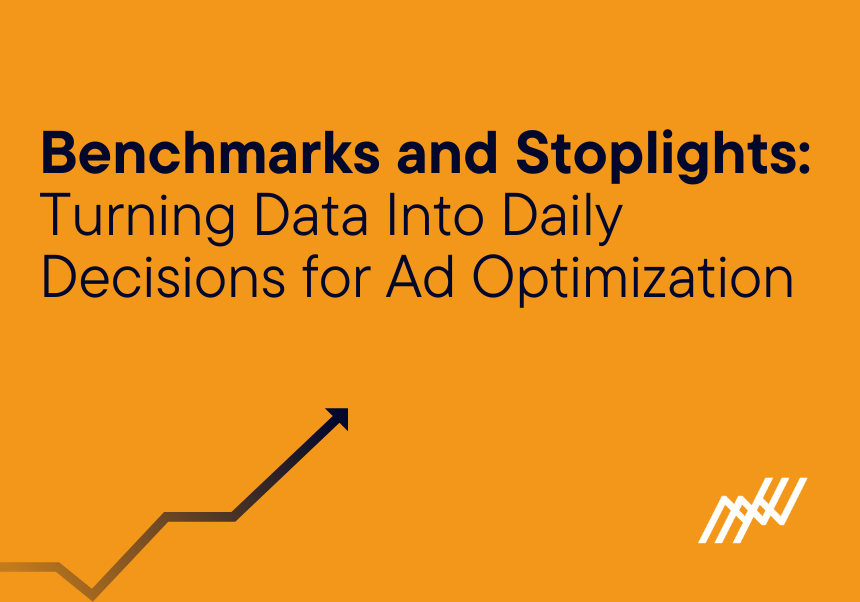
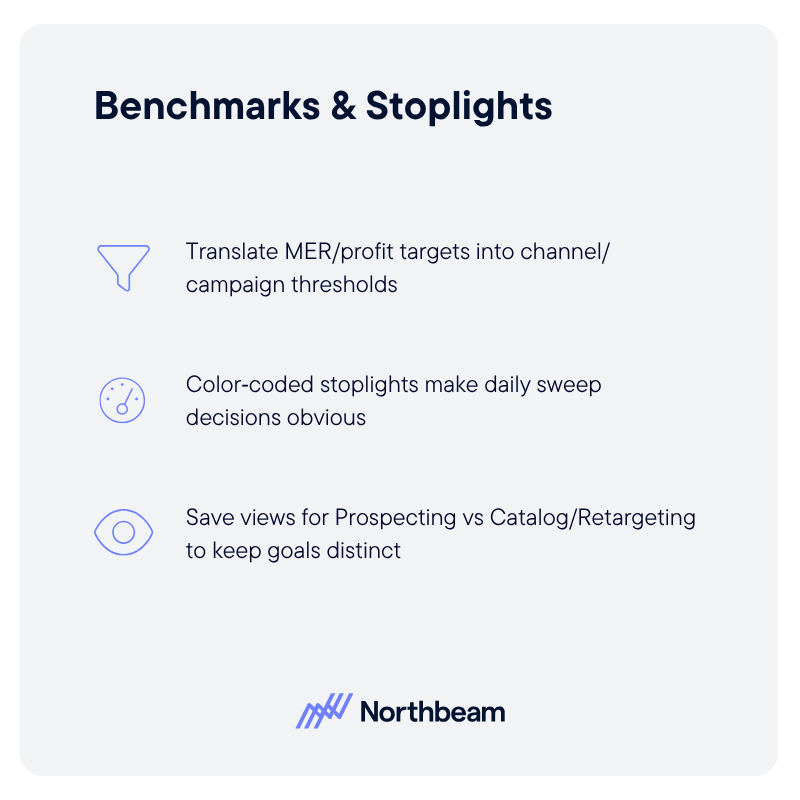
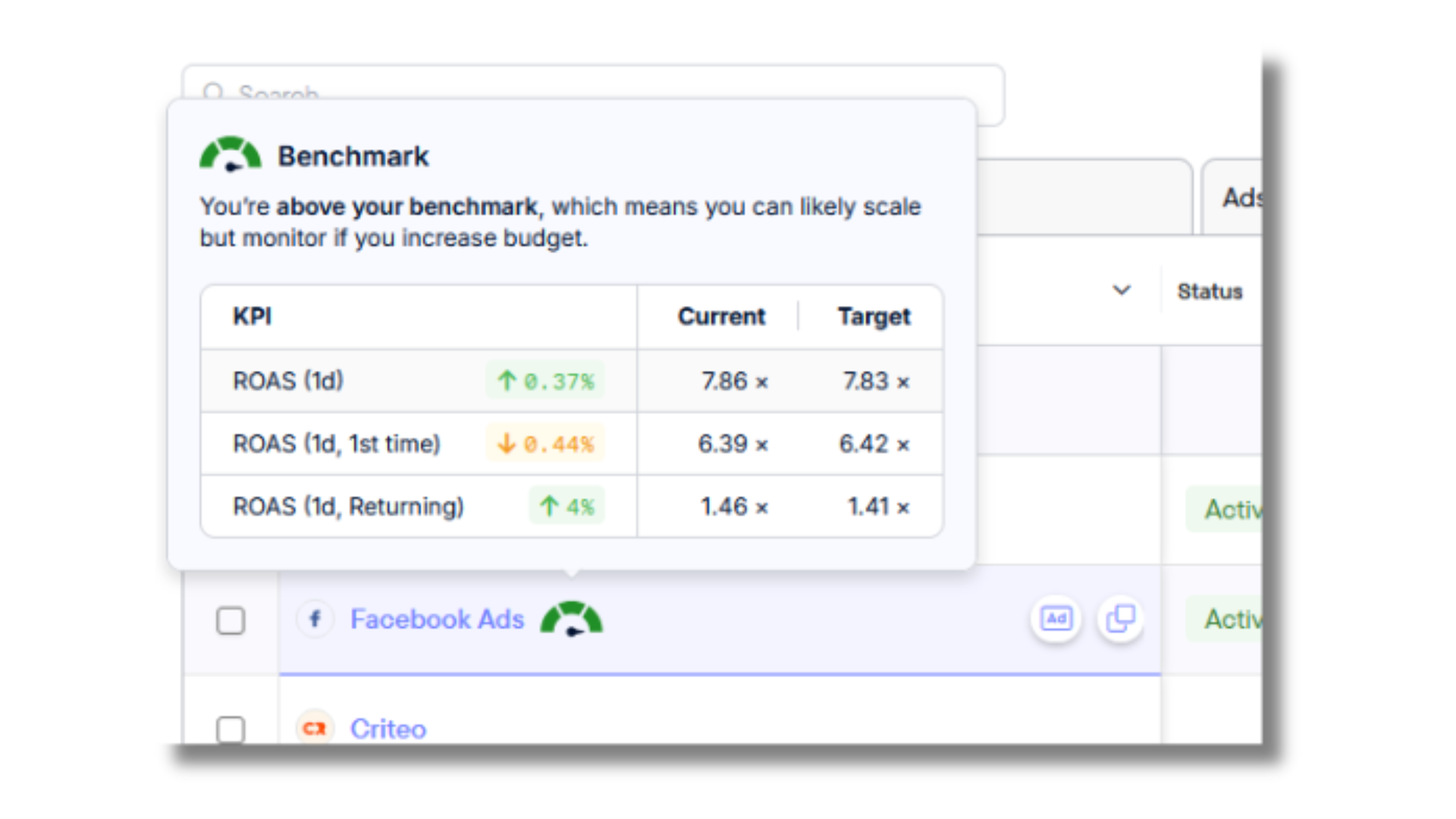
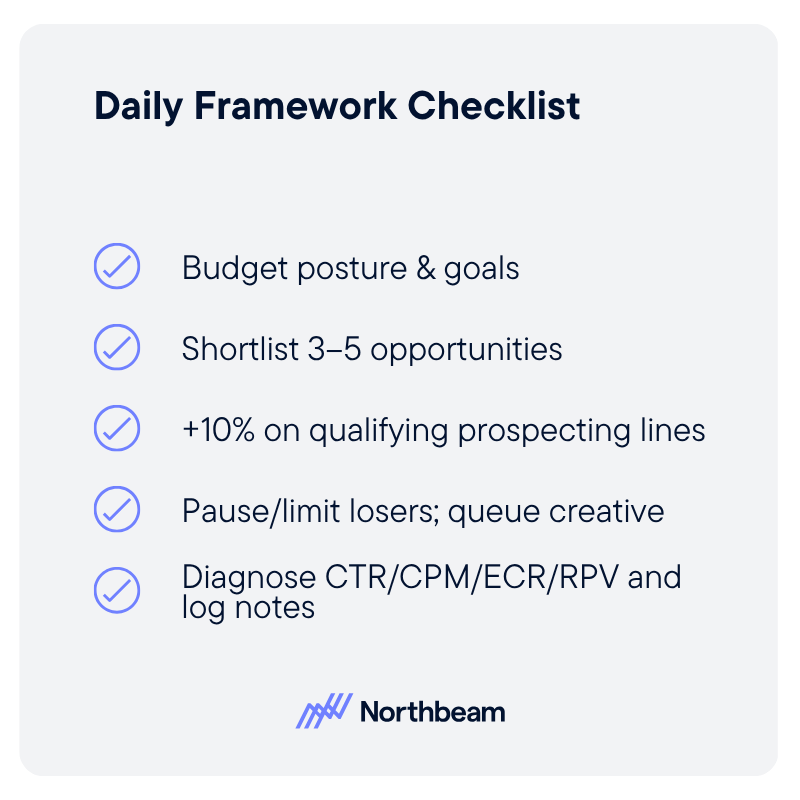
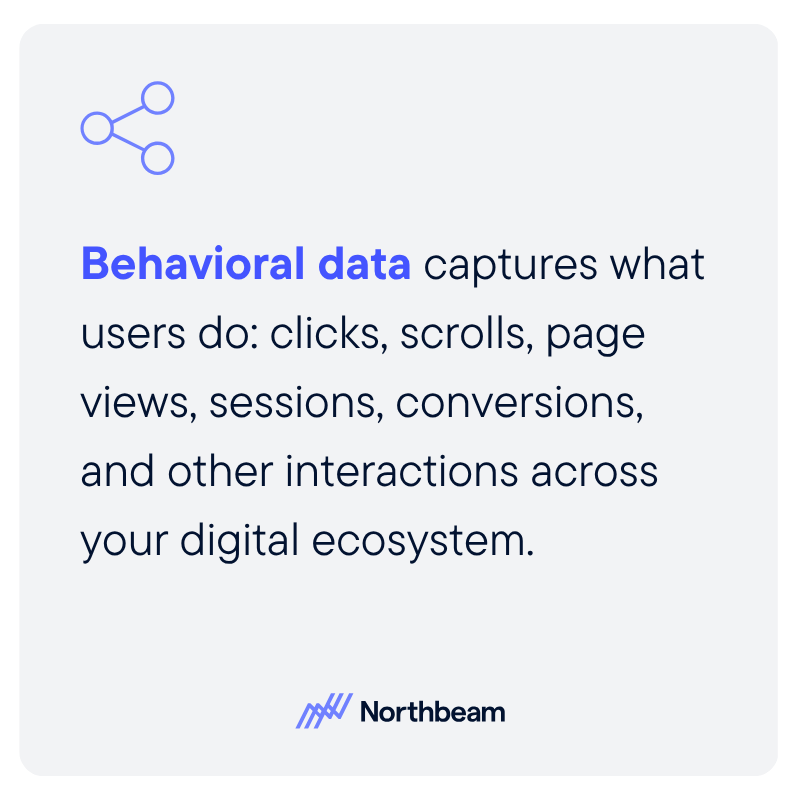
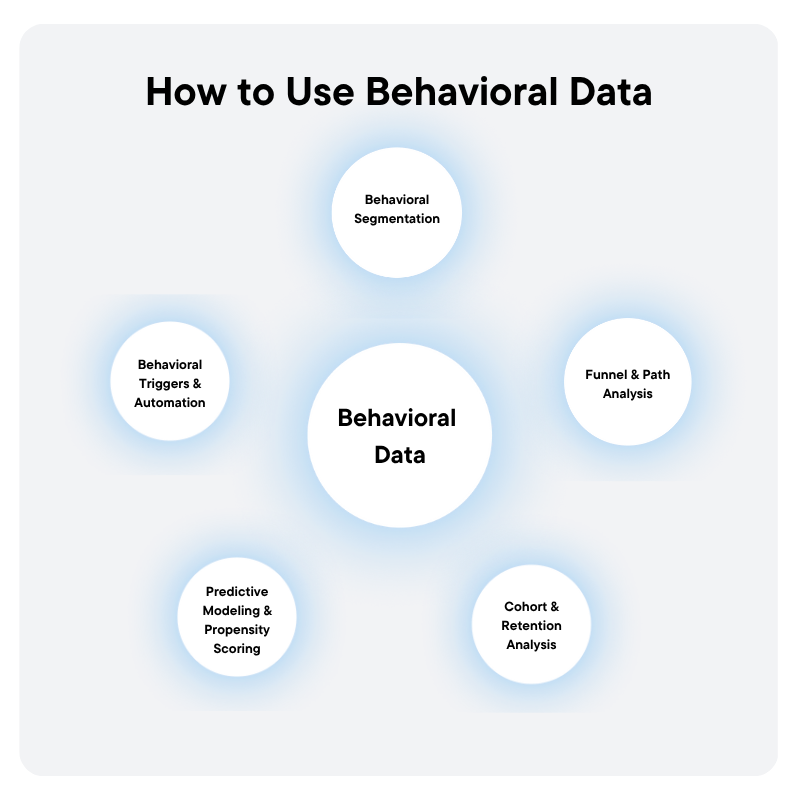

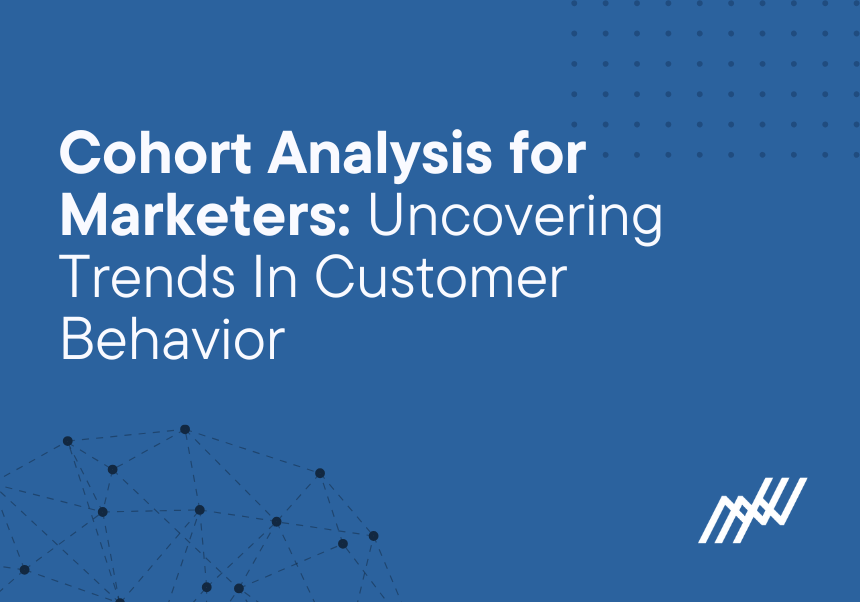
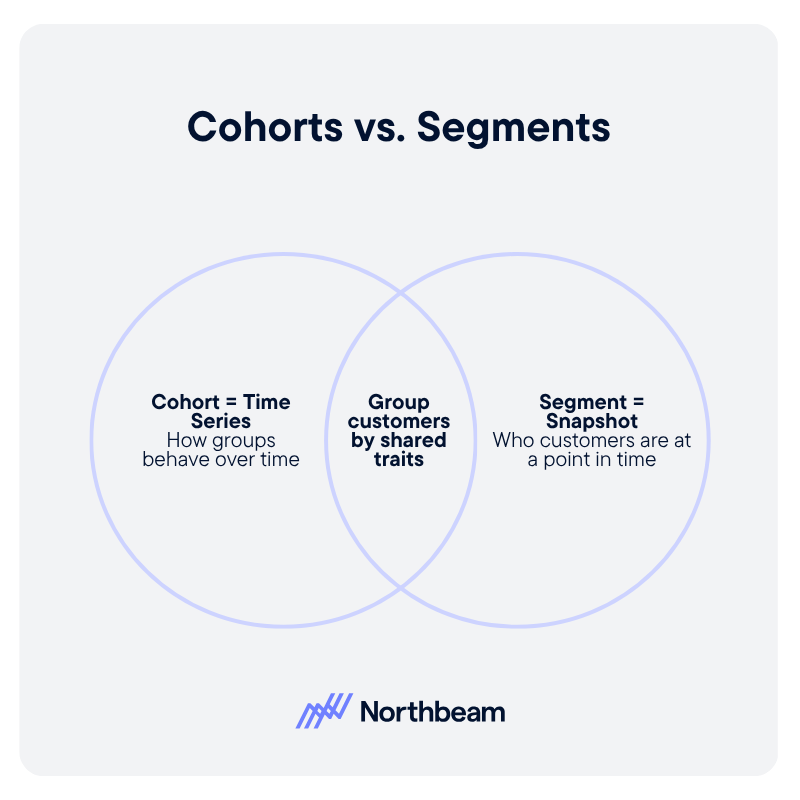
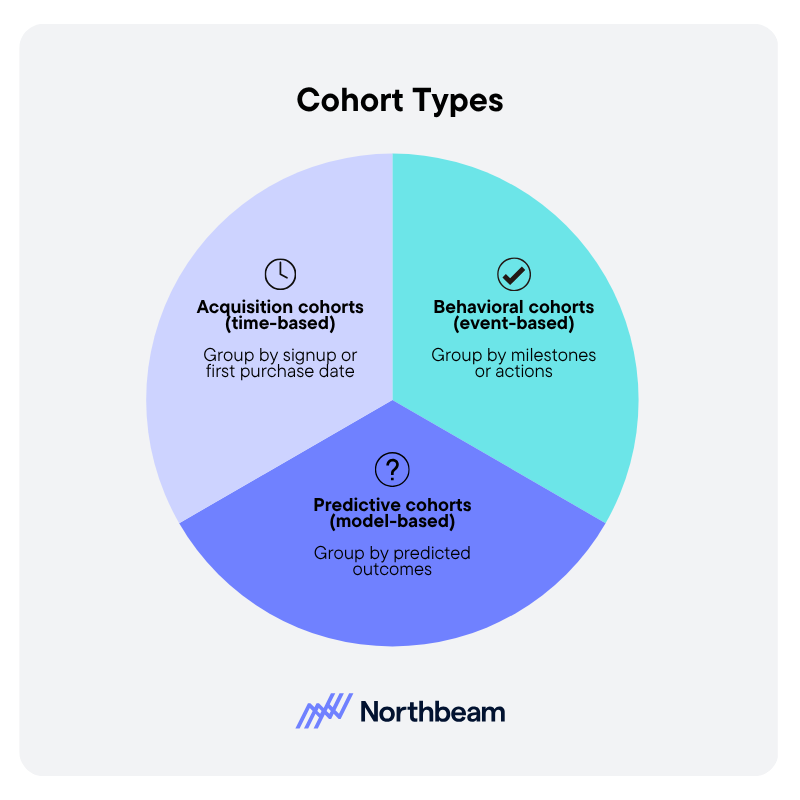
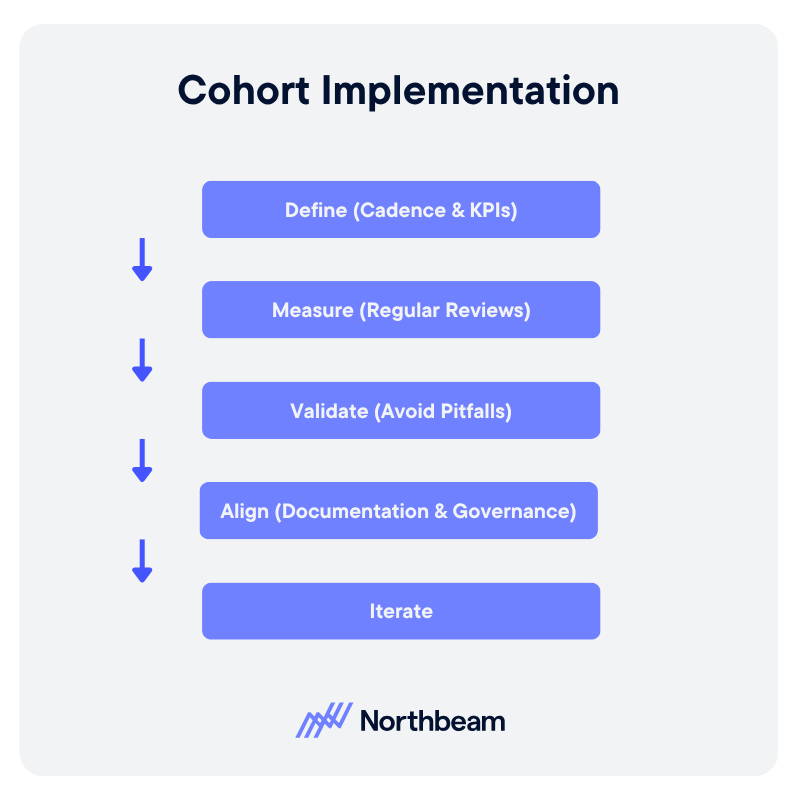
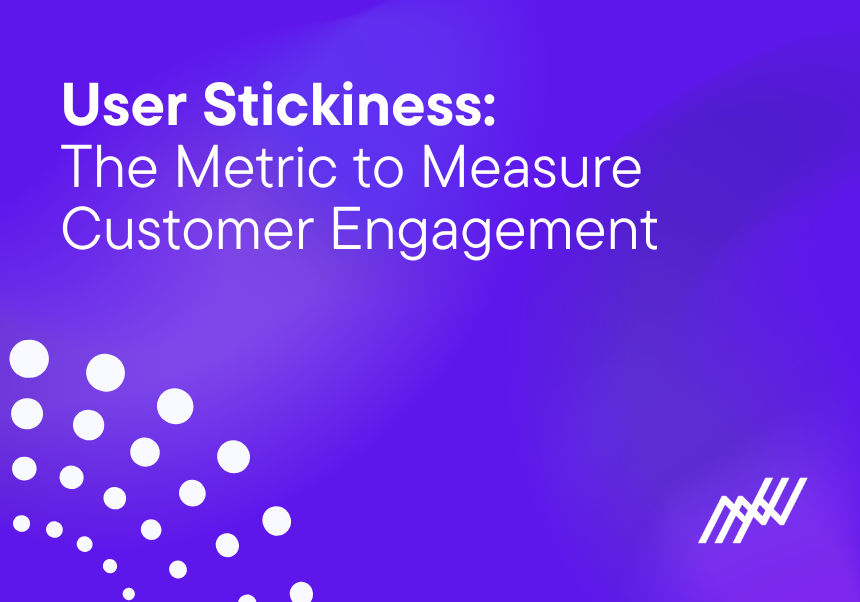
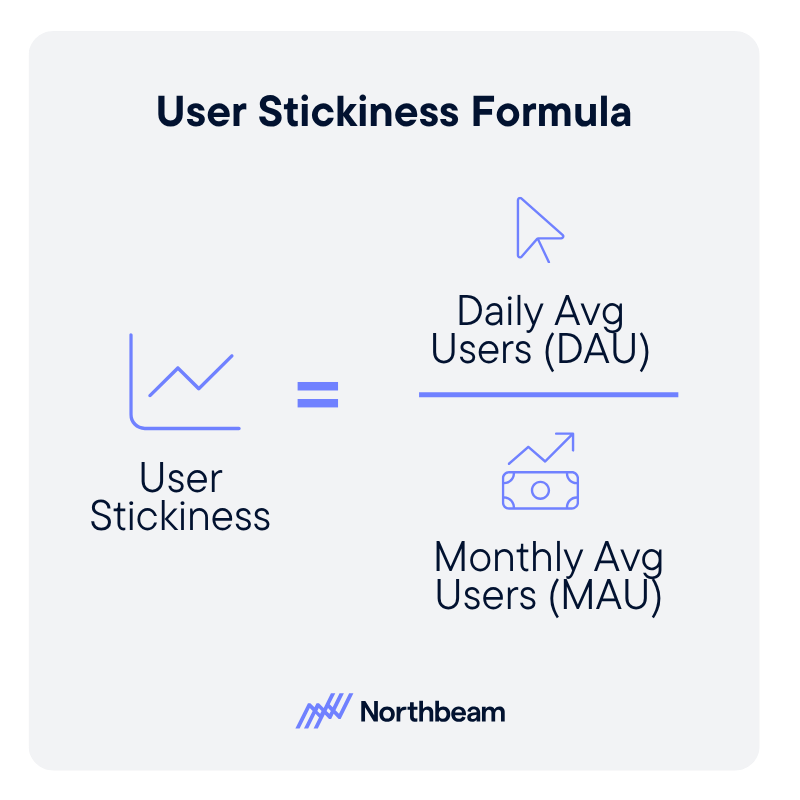
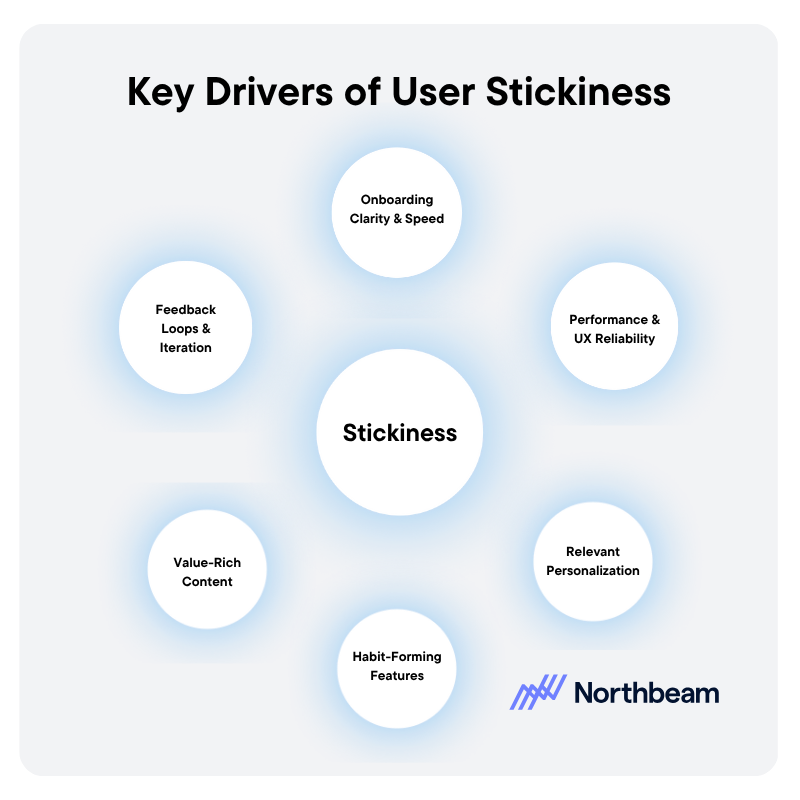
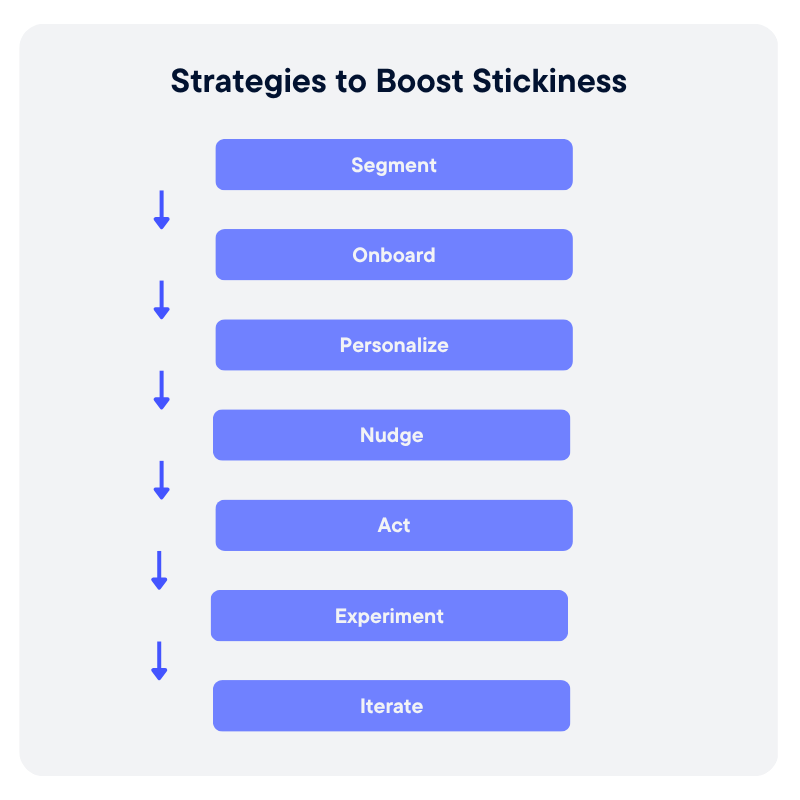

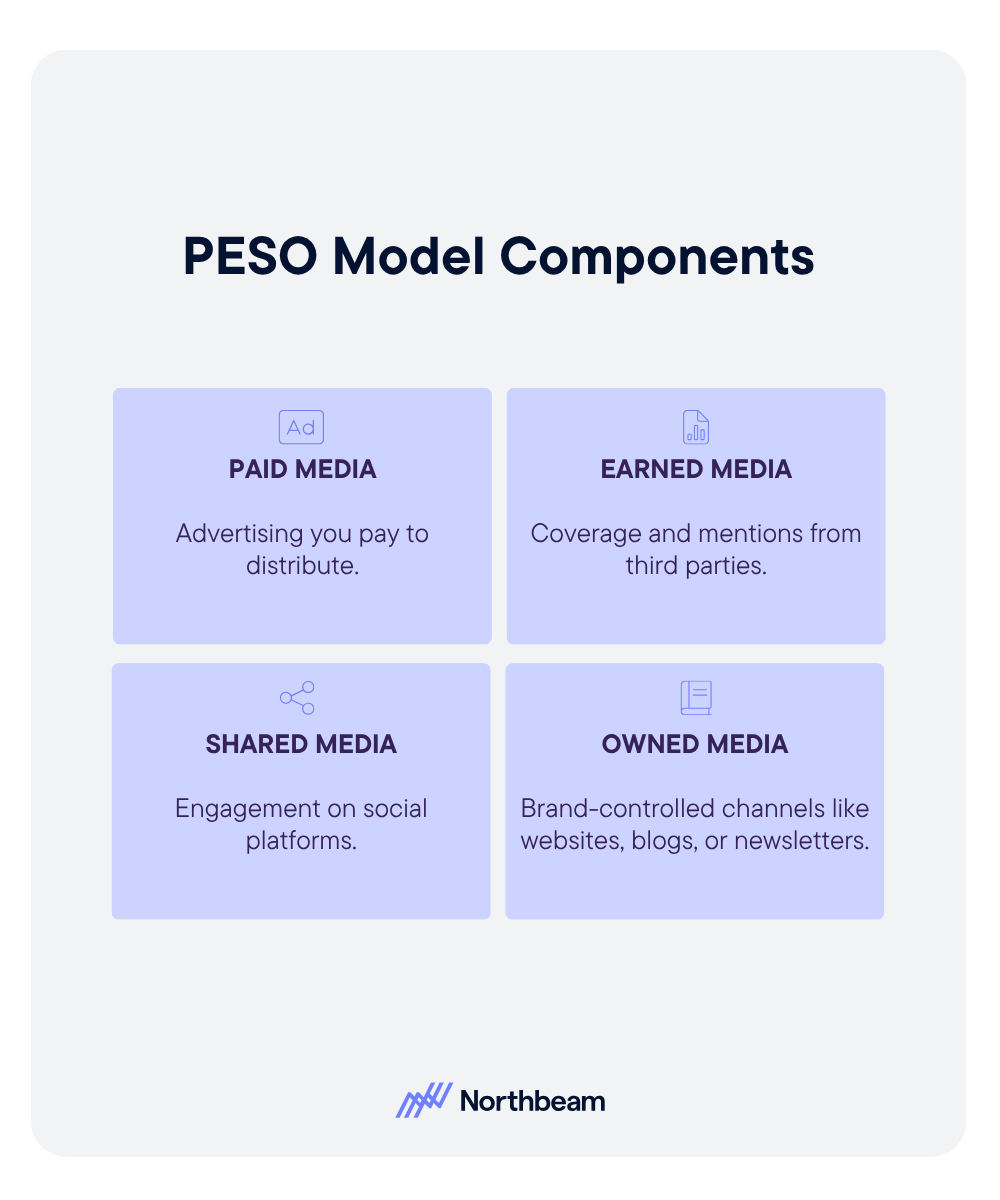
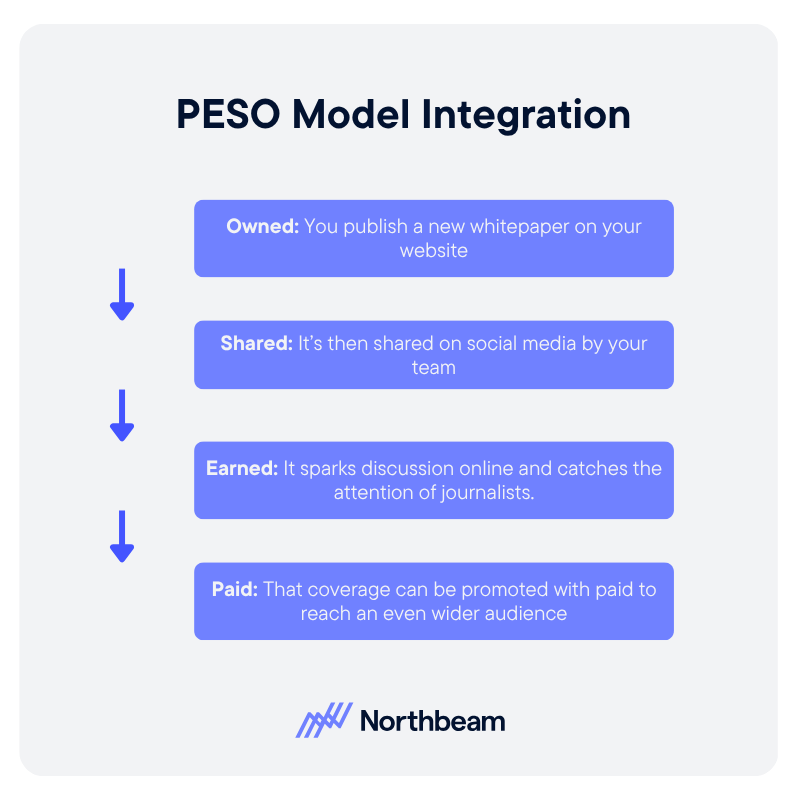
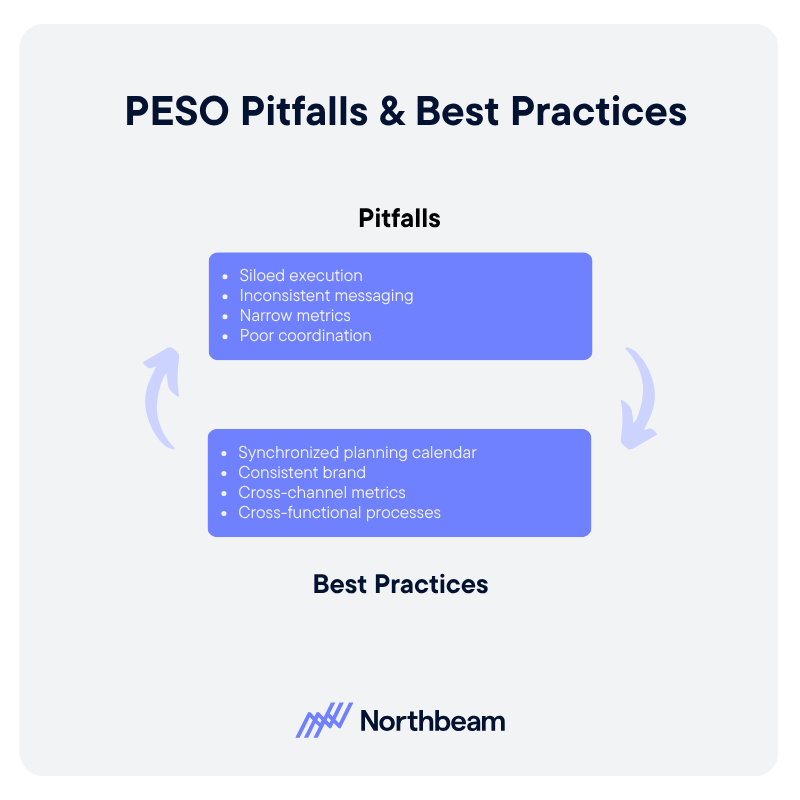

.png)


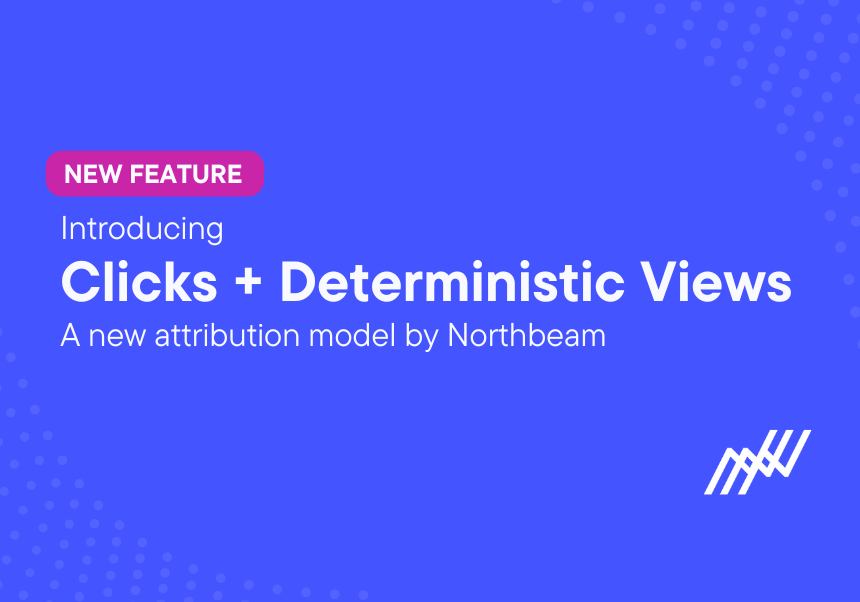


.png)





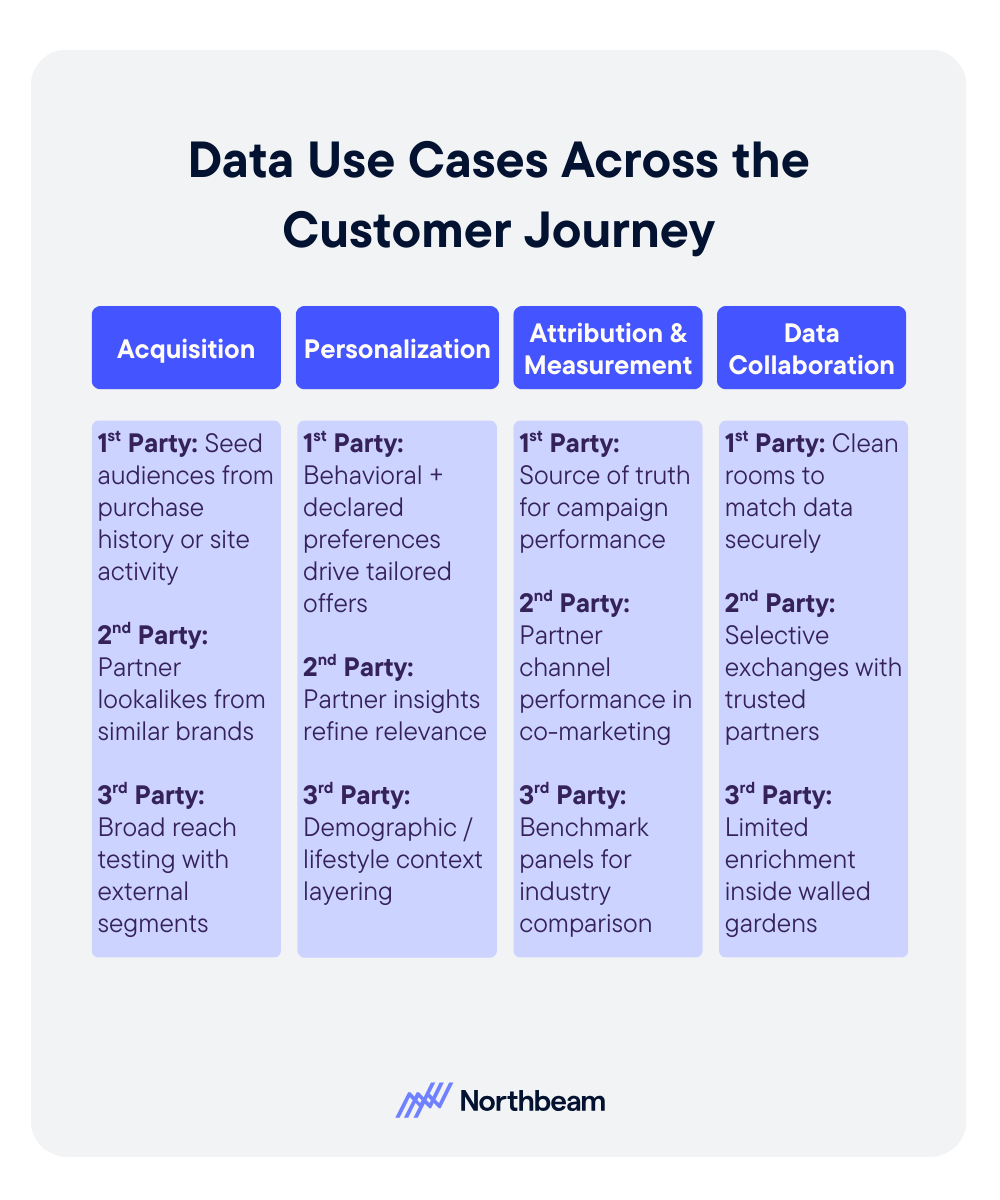

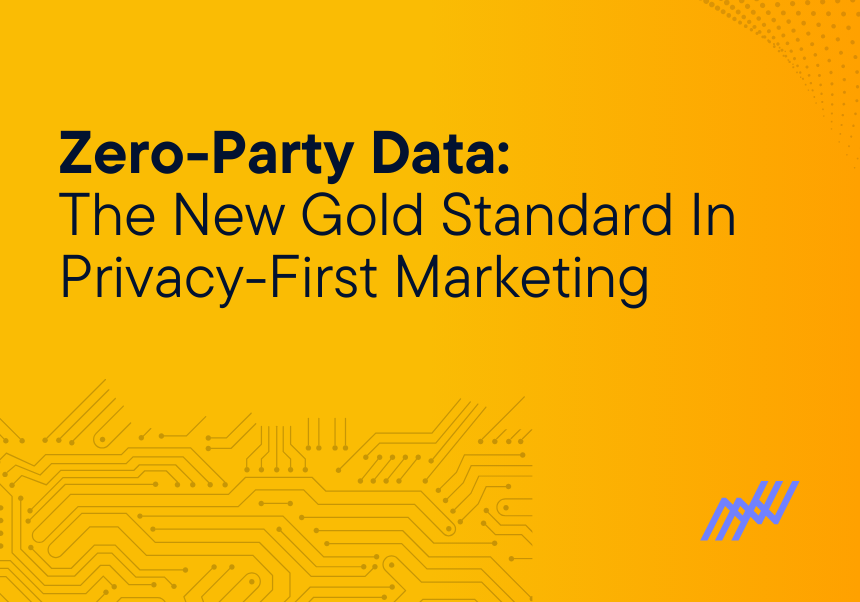
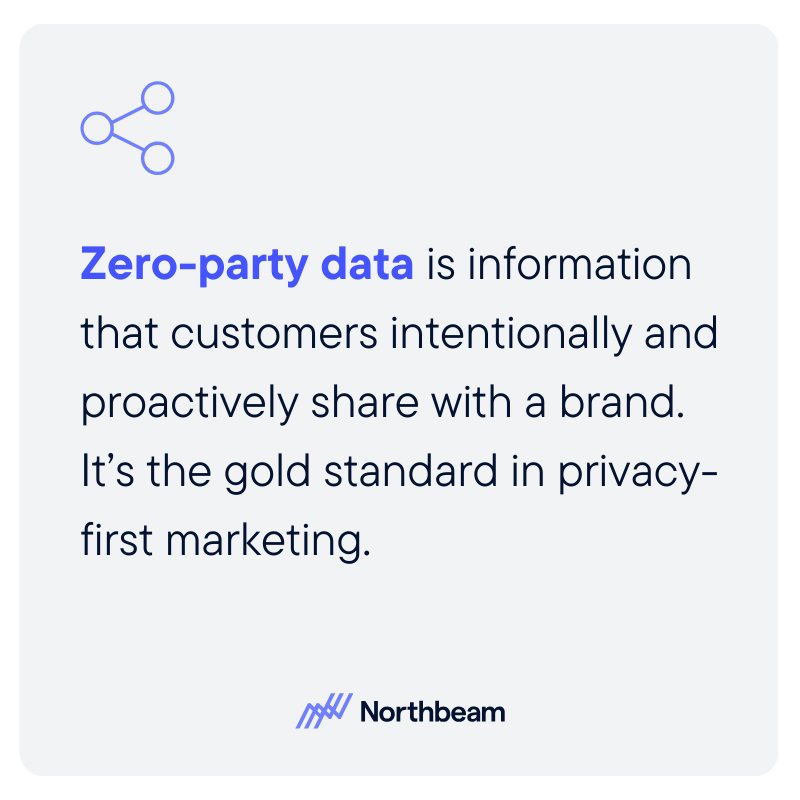
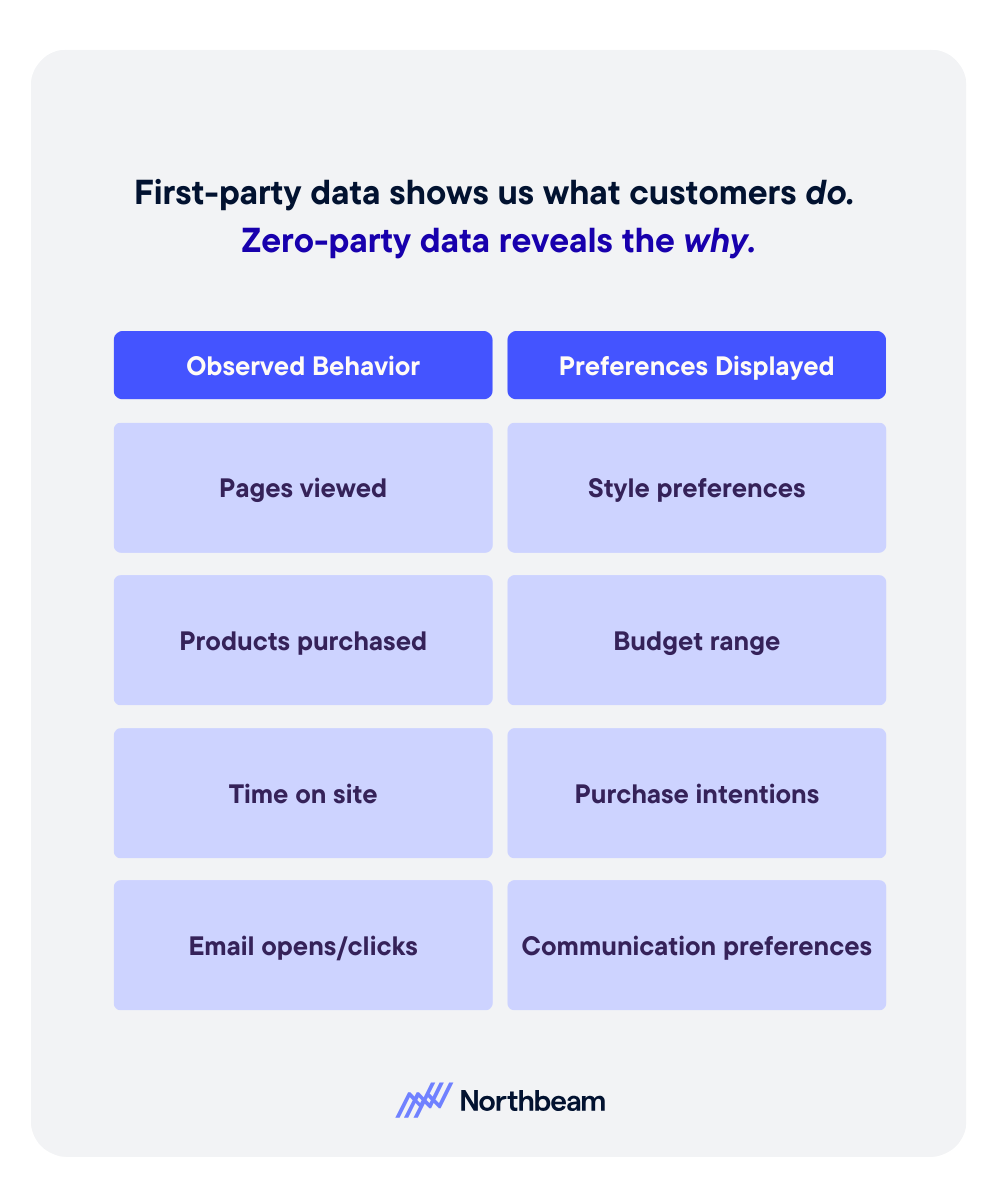
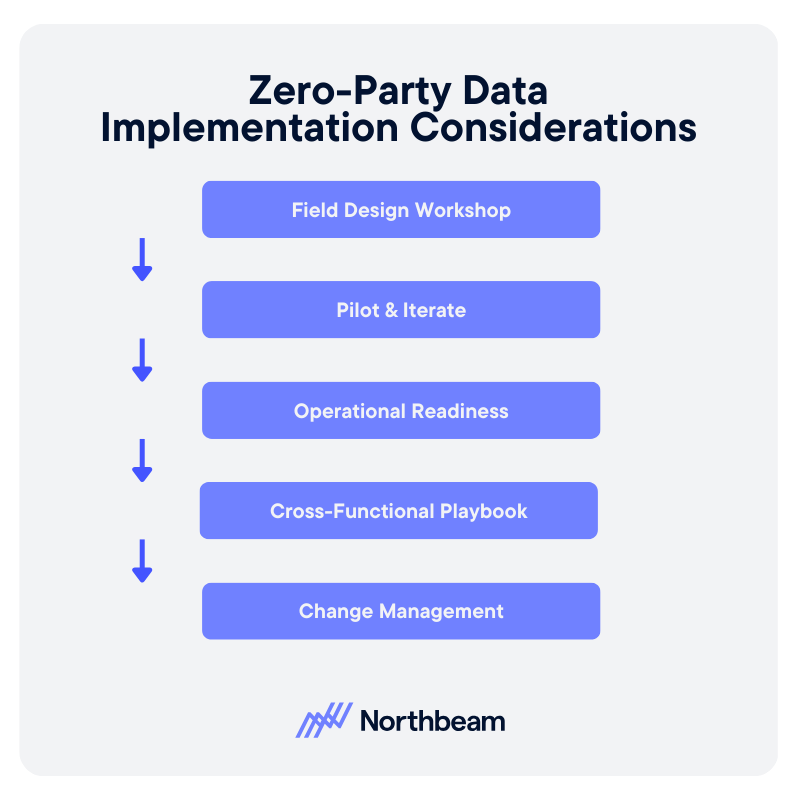



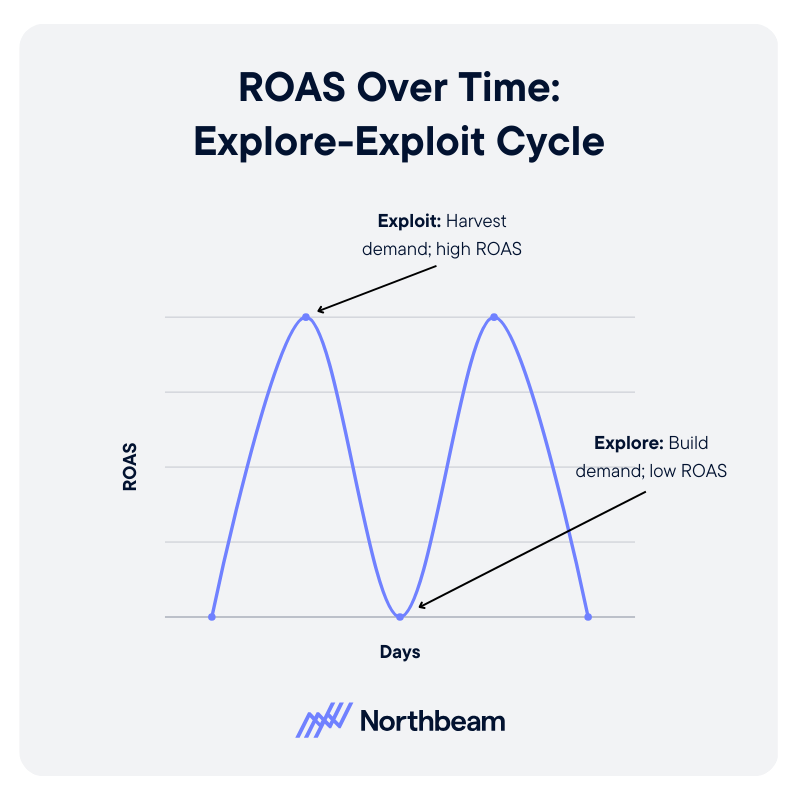
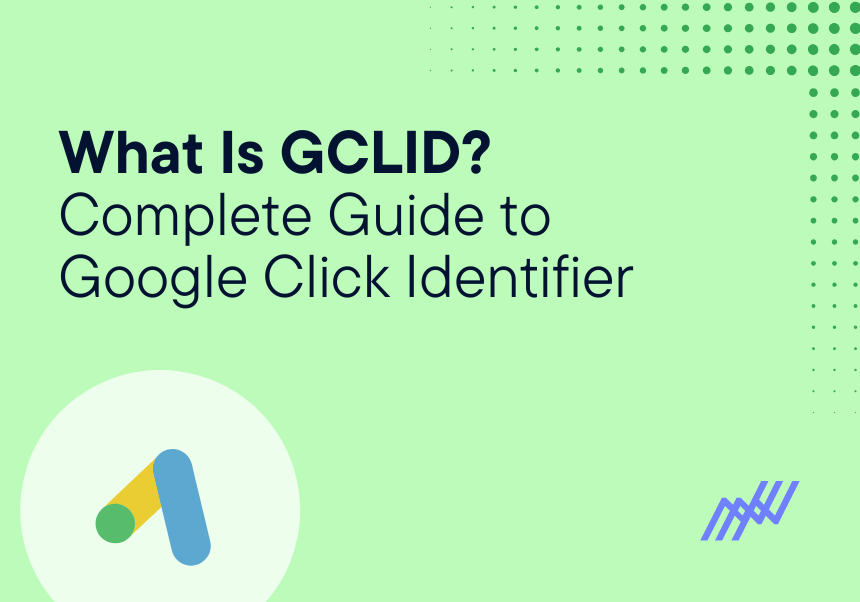

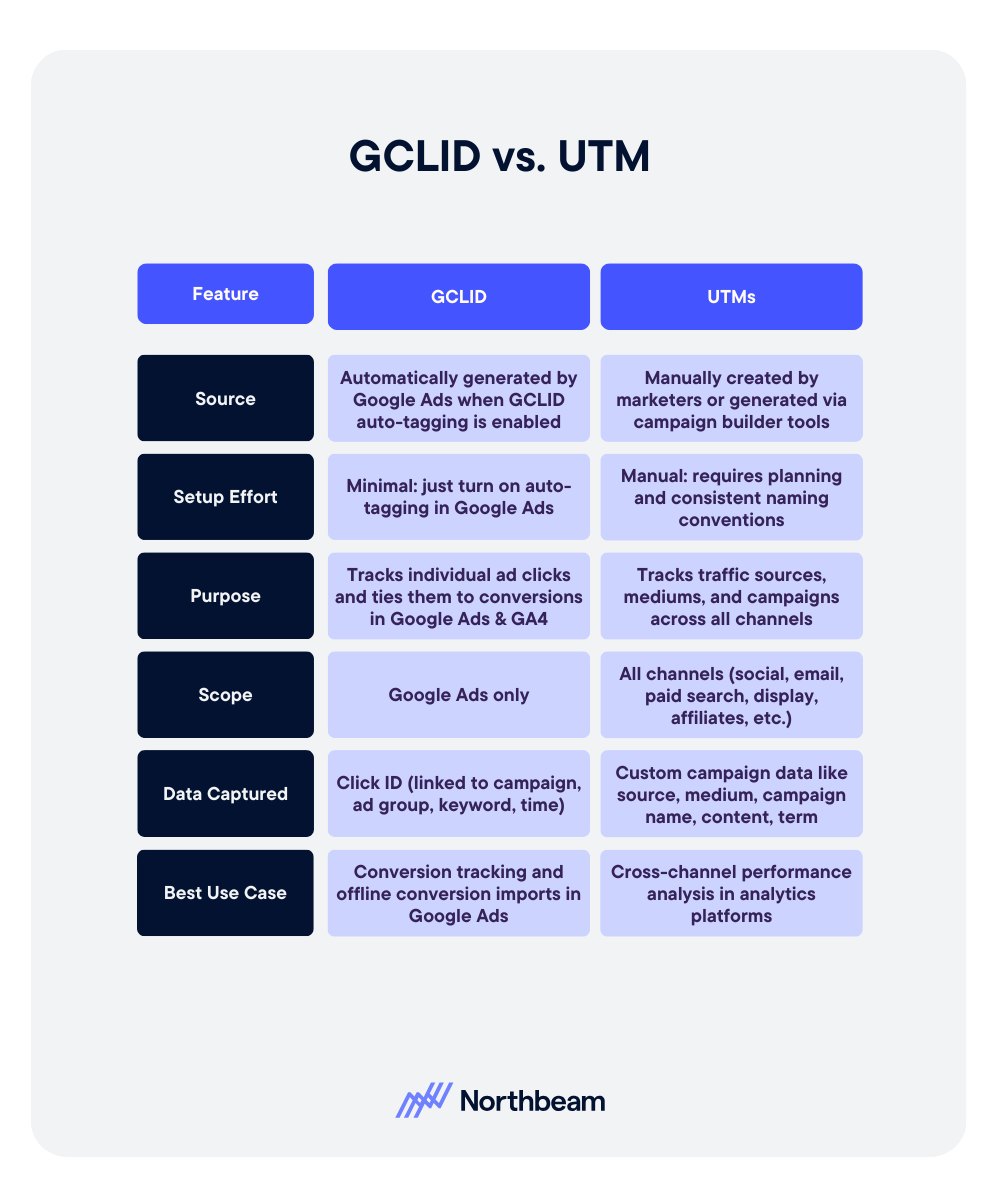
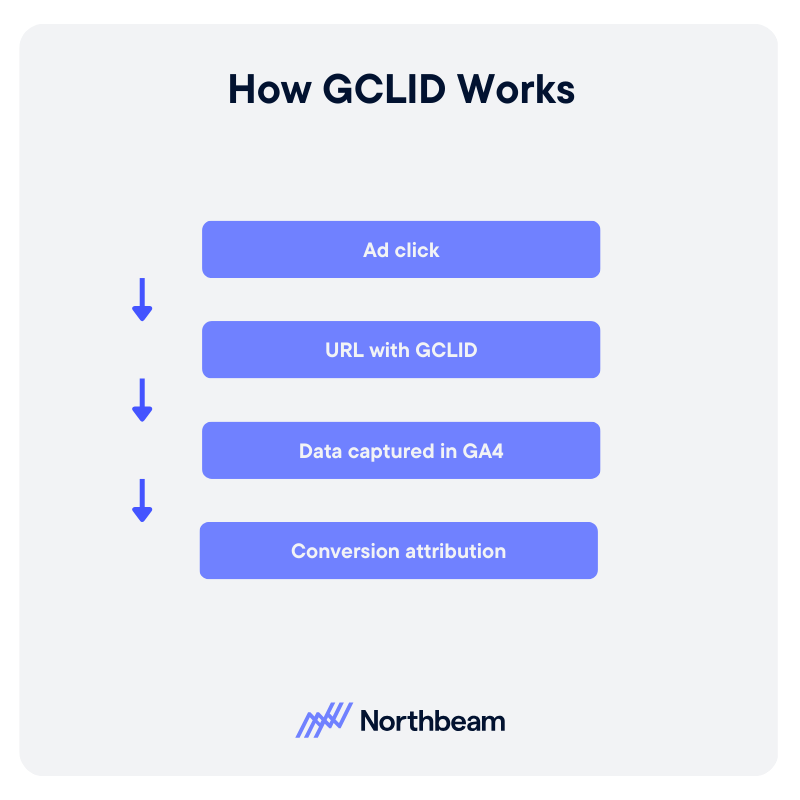
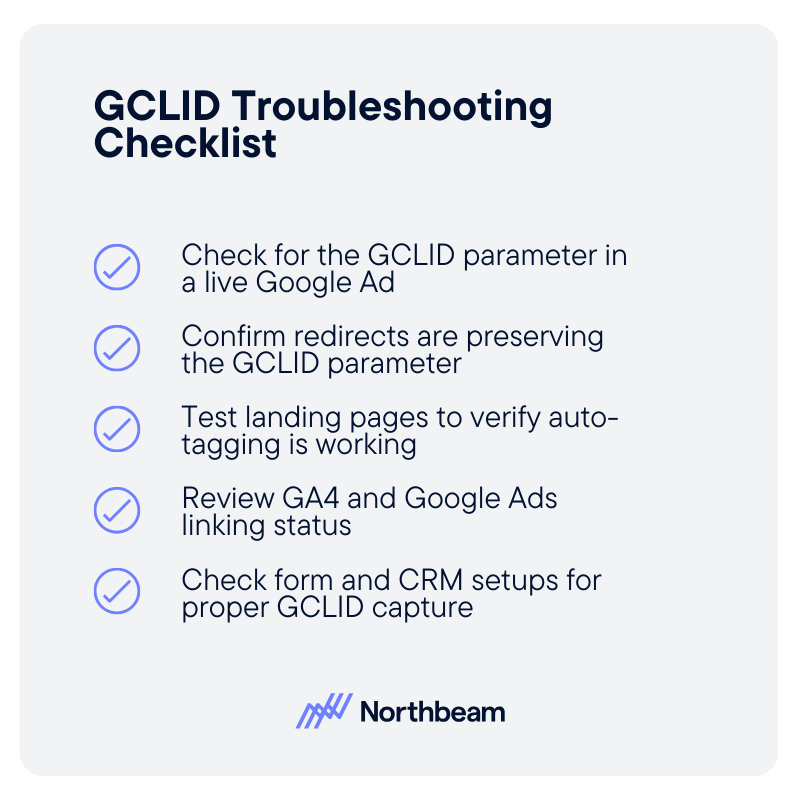

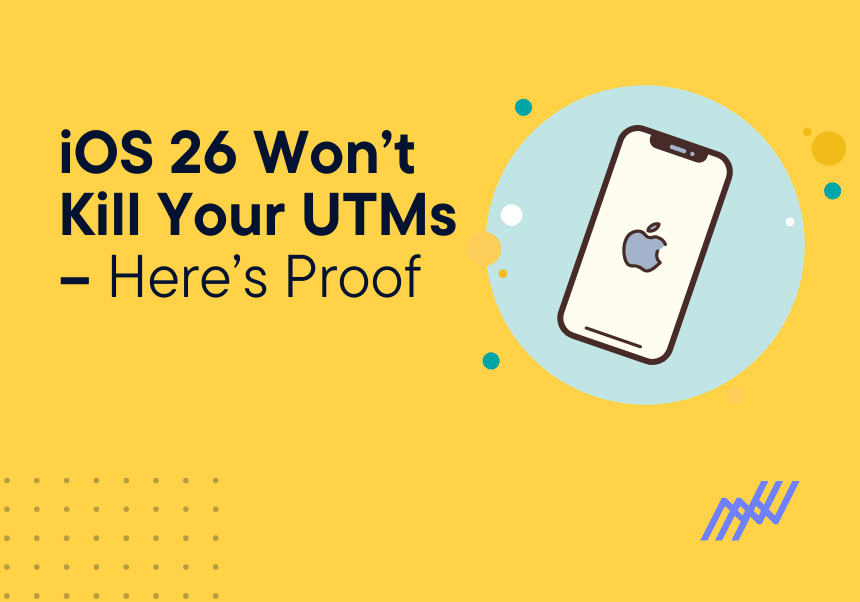


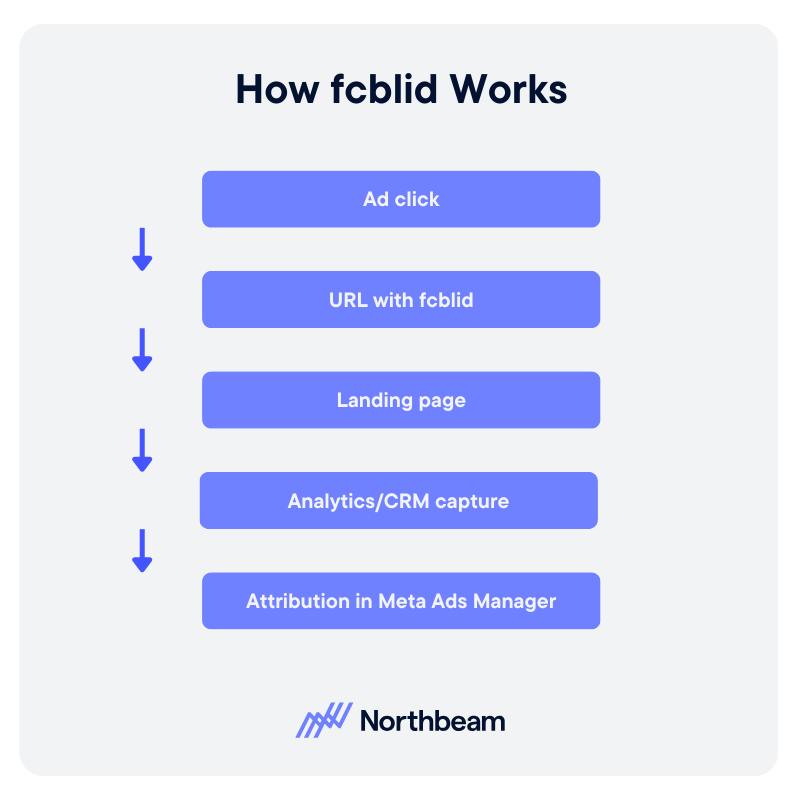
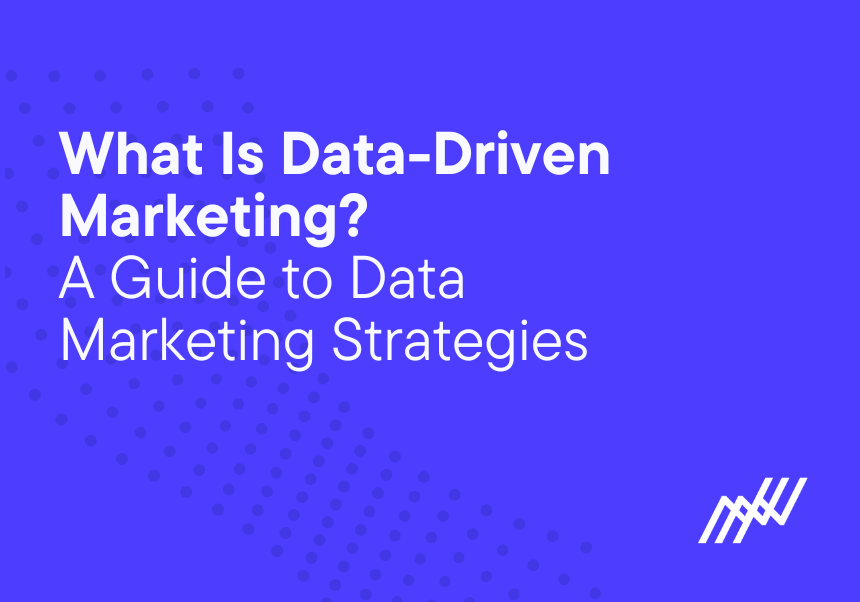

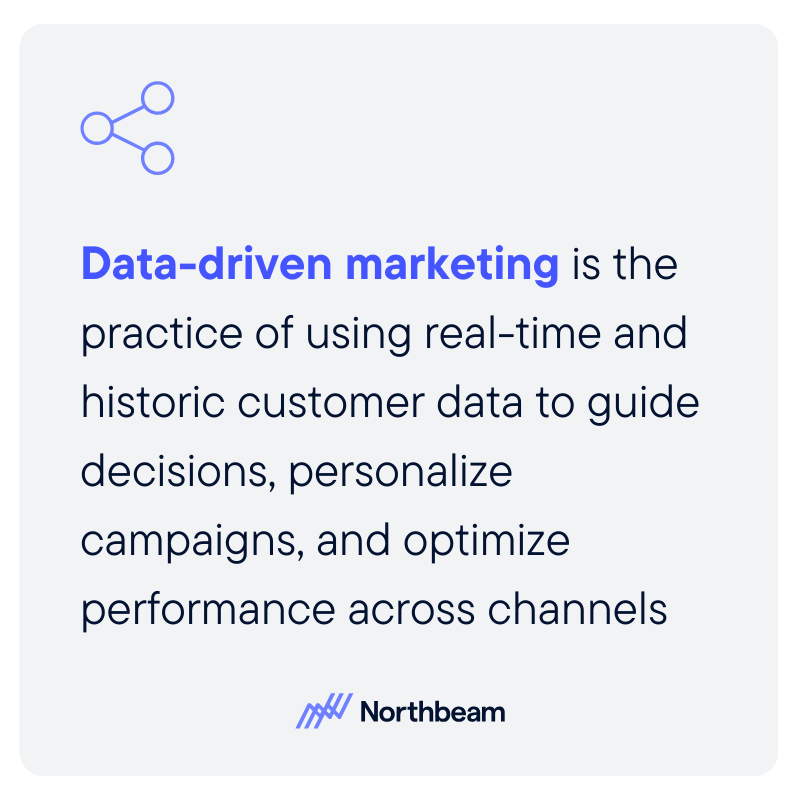
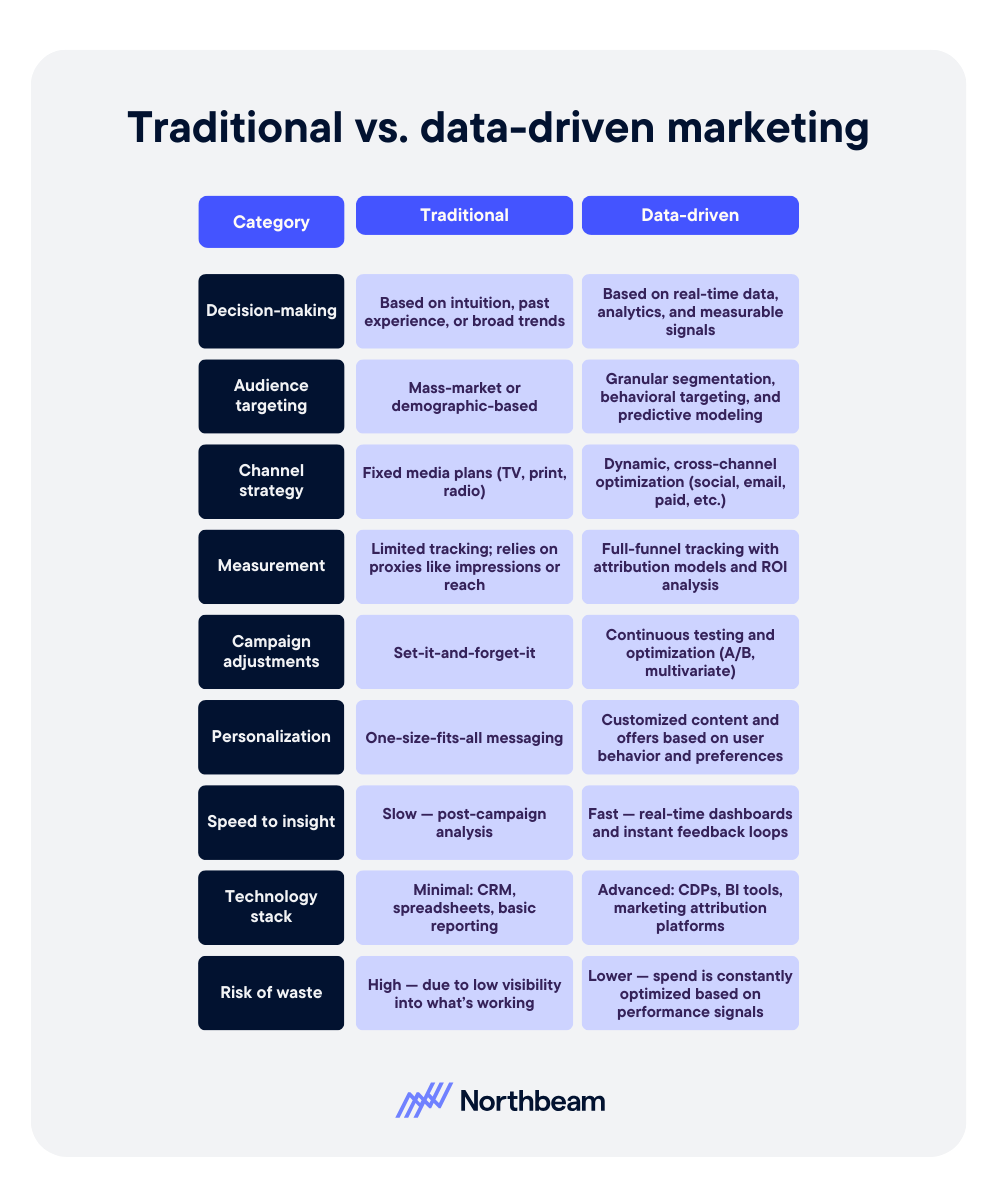
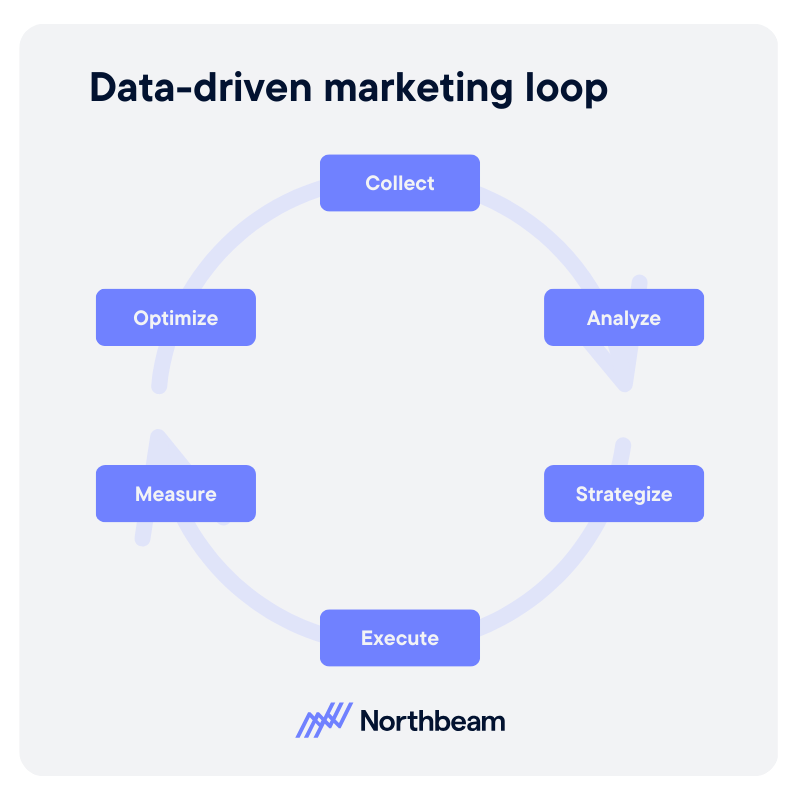


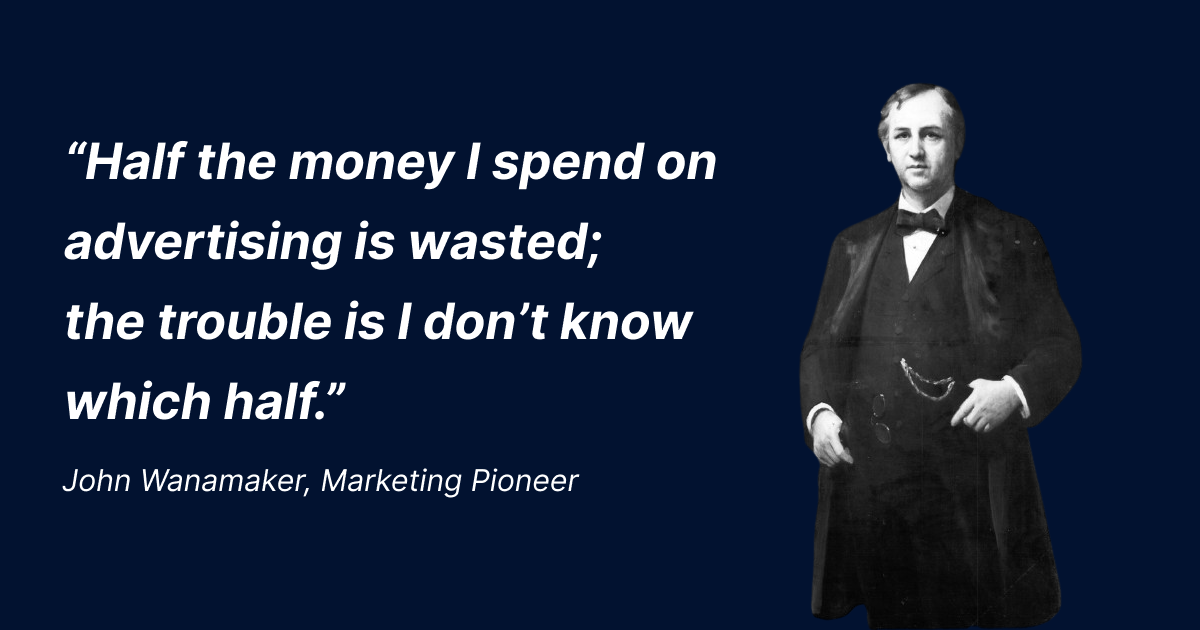

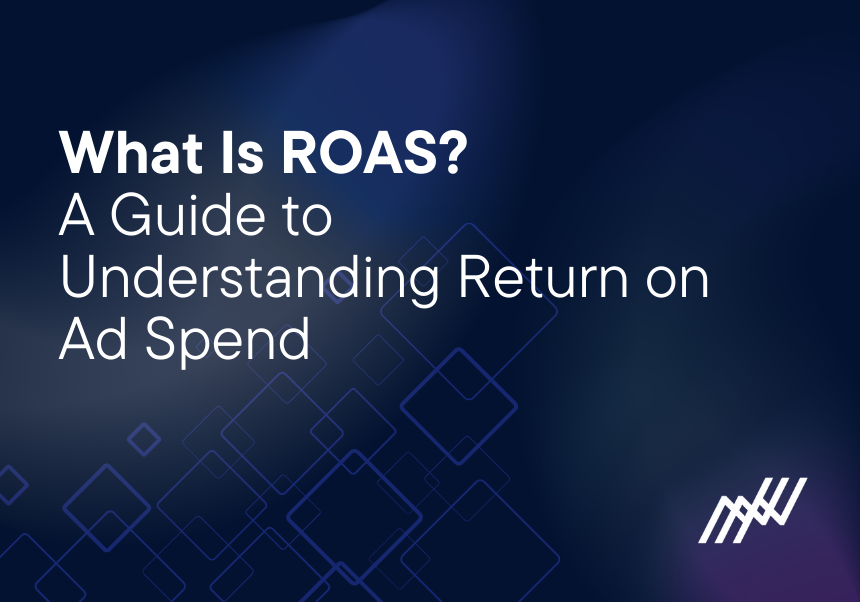

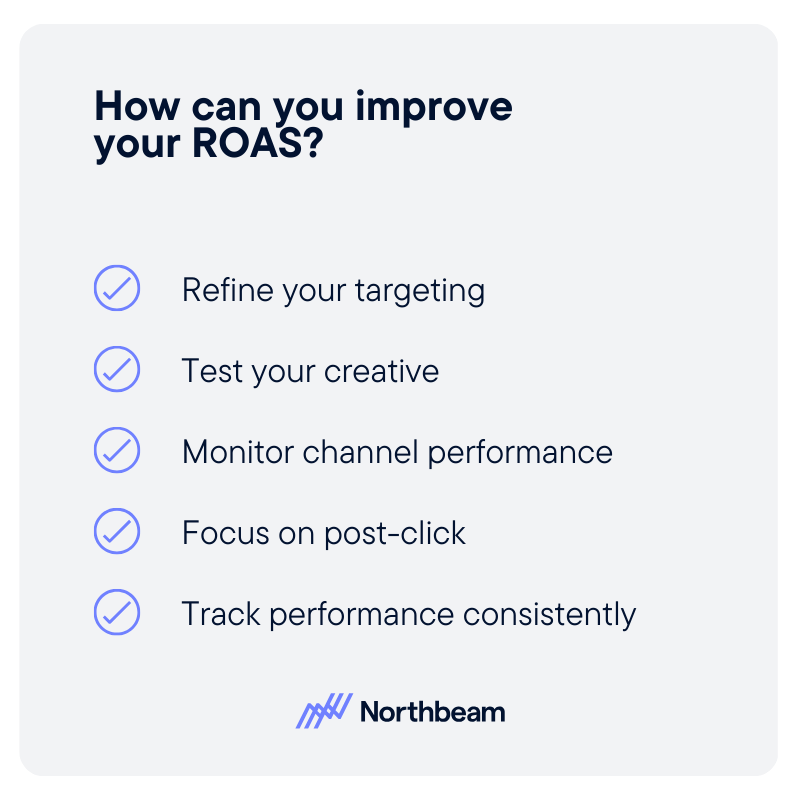
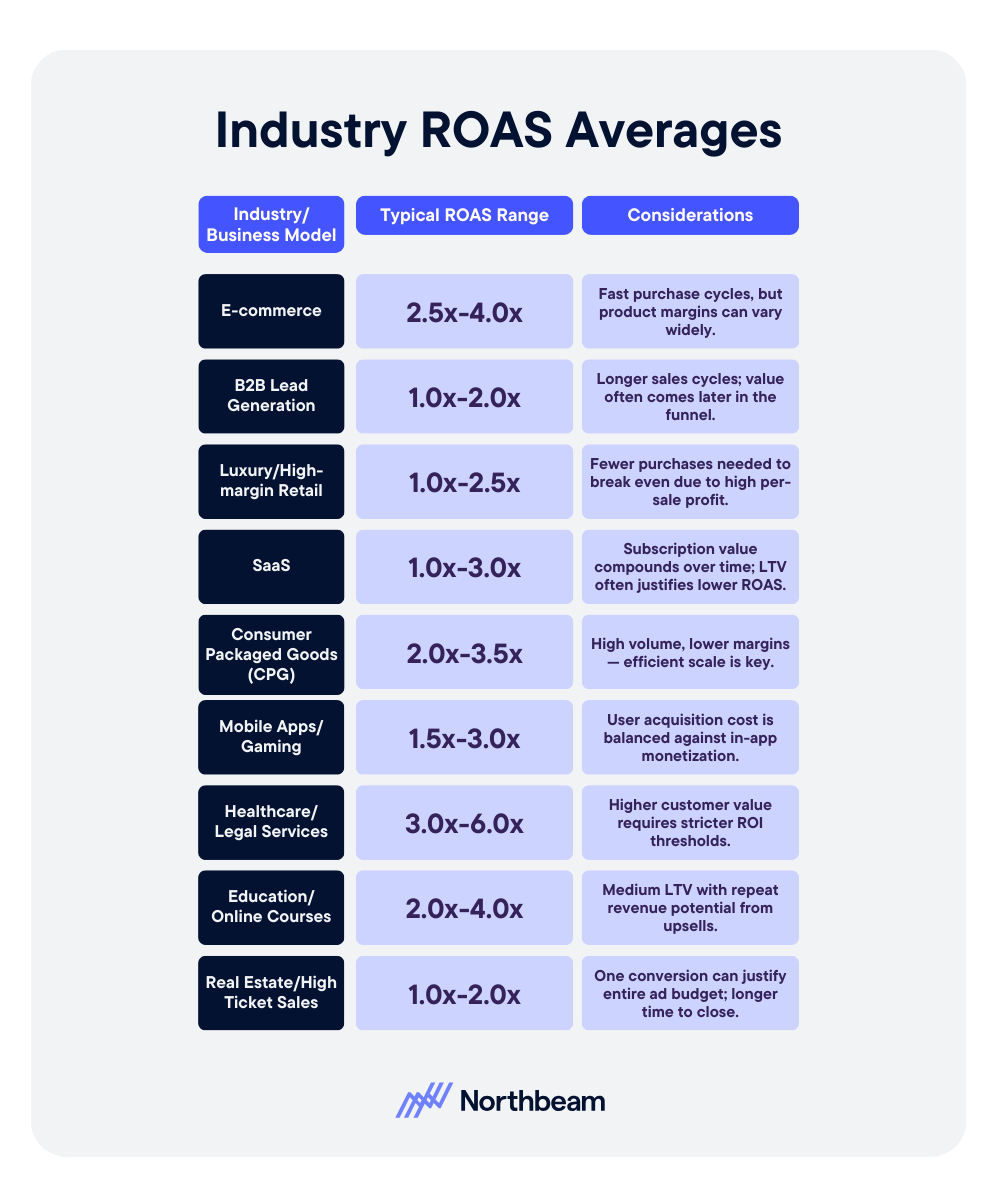
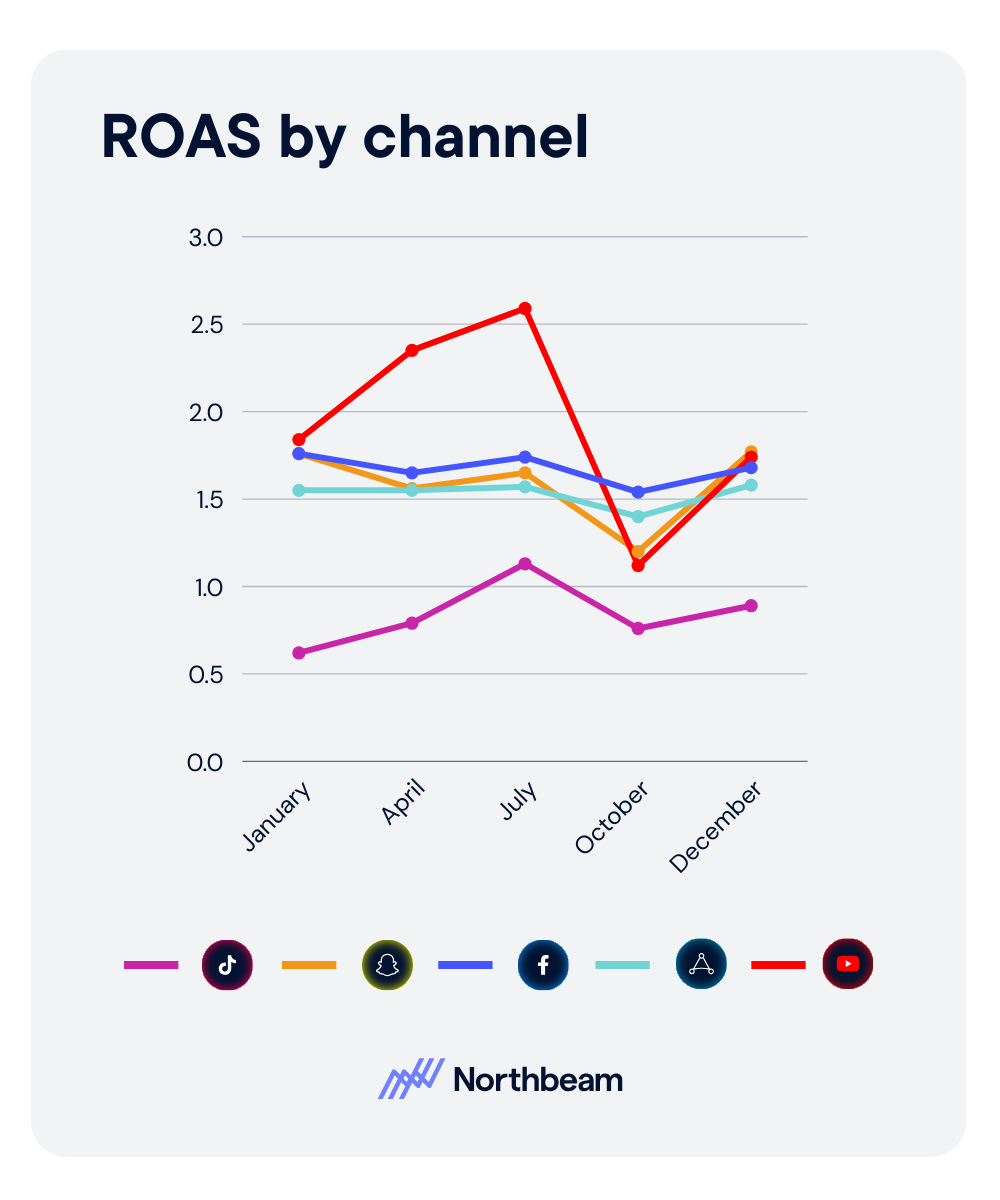
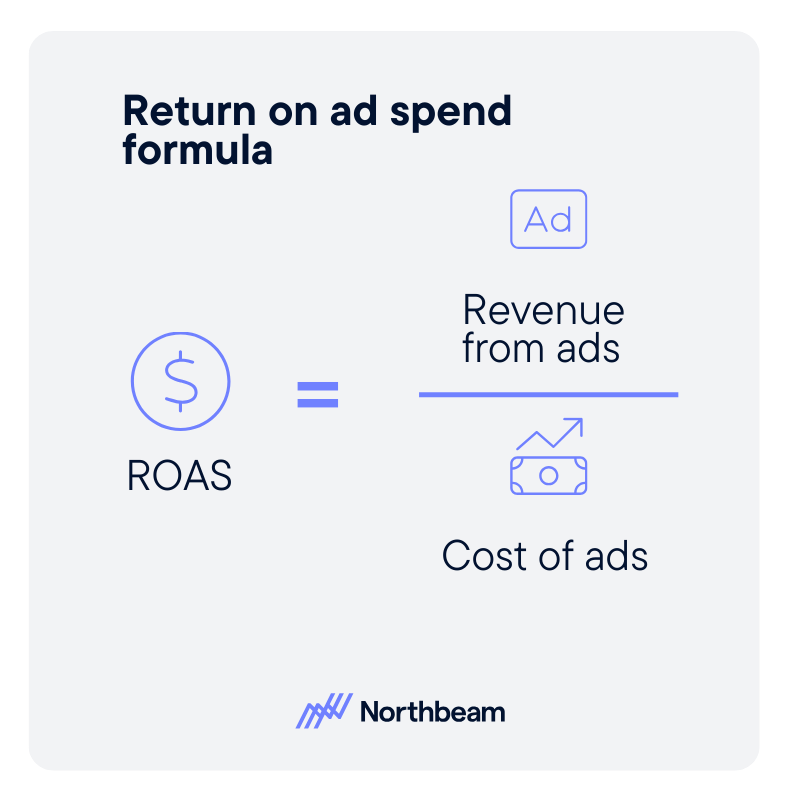
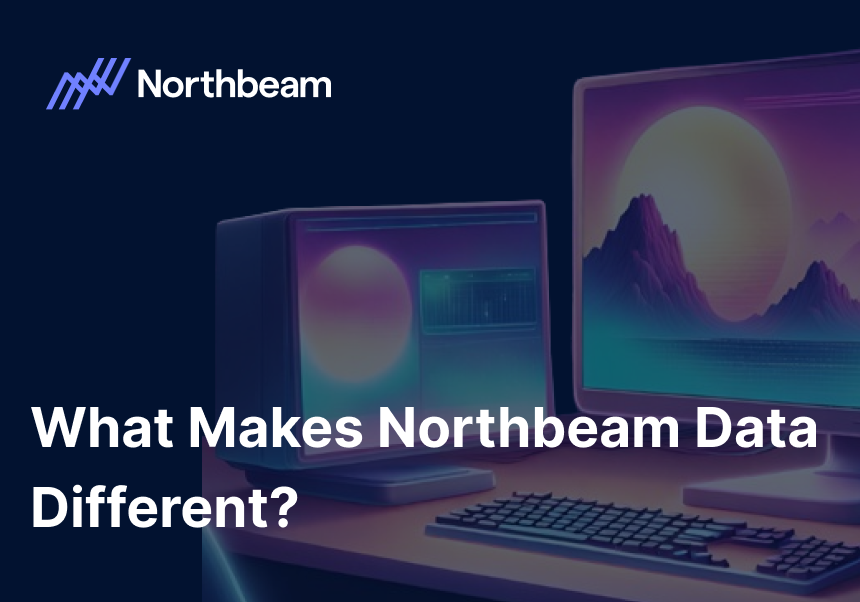
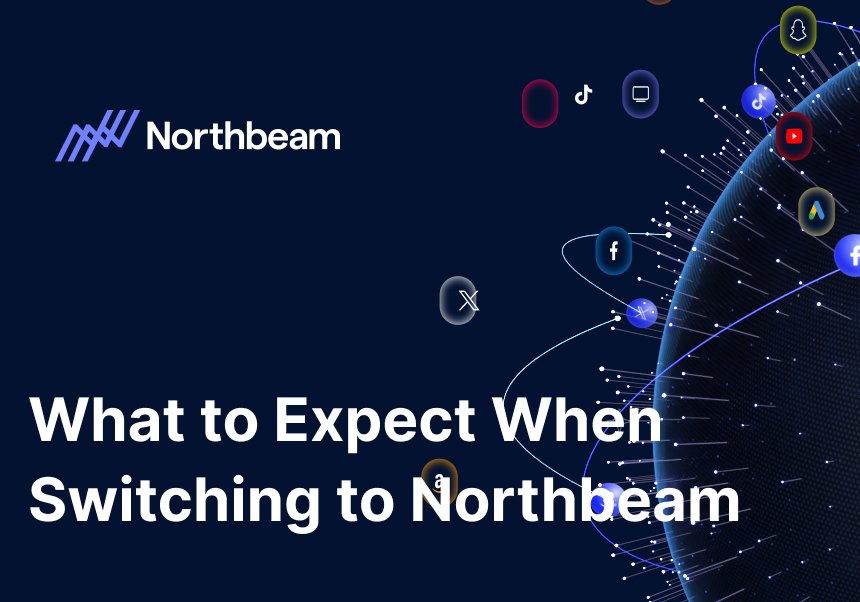
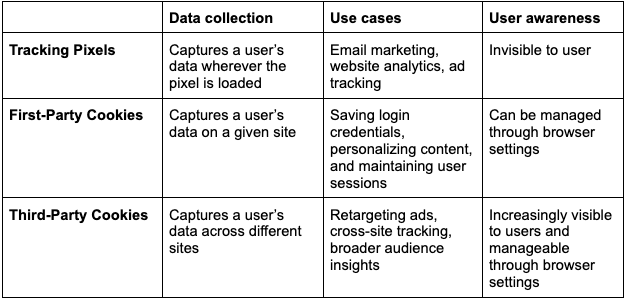
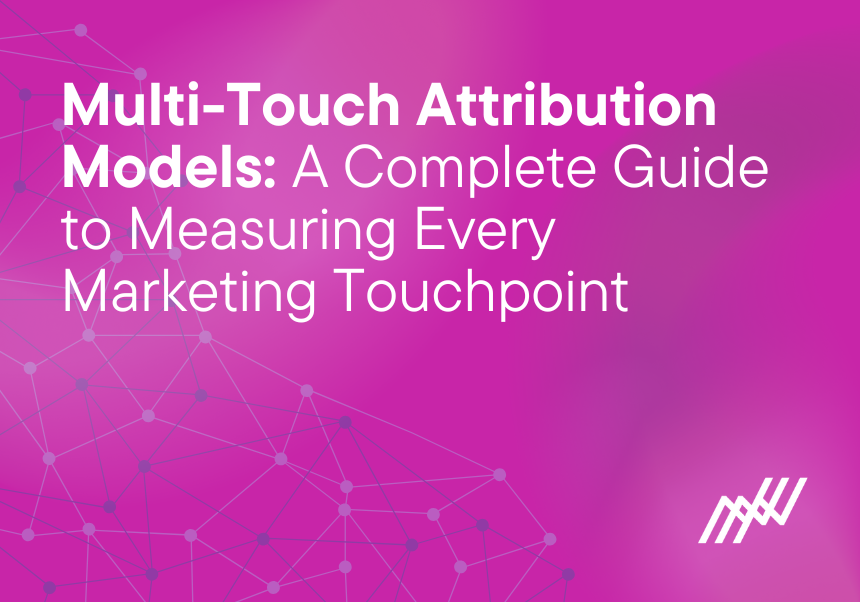
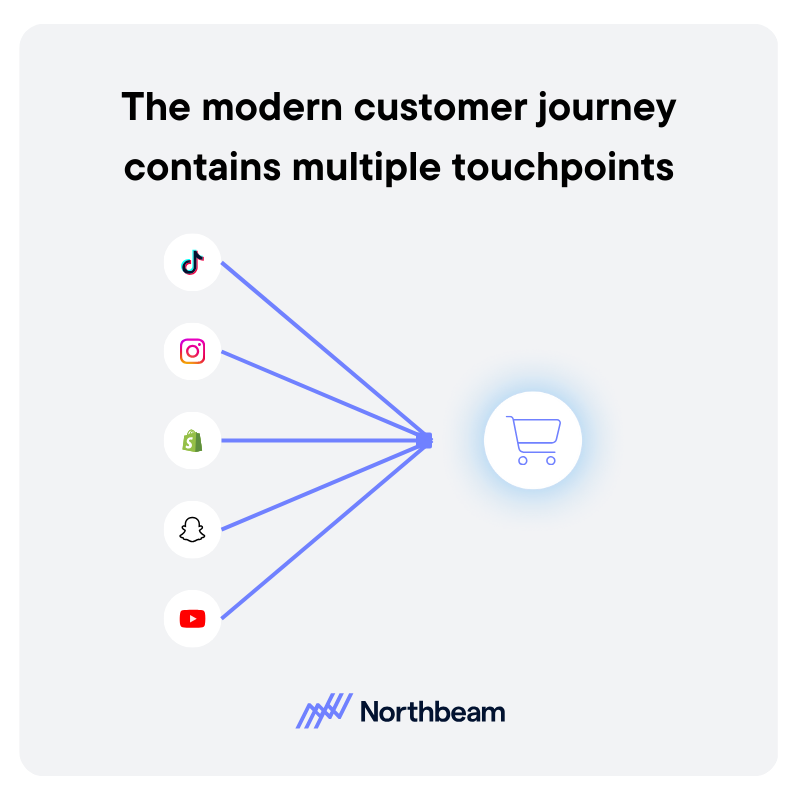
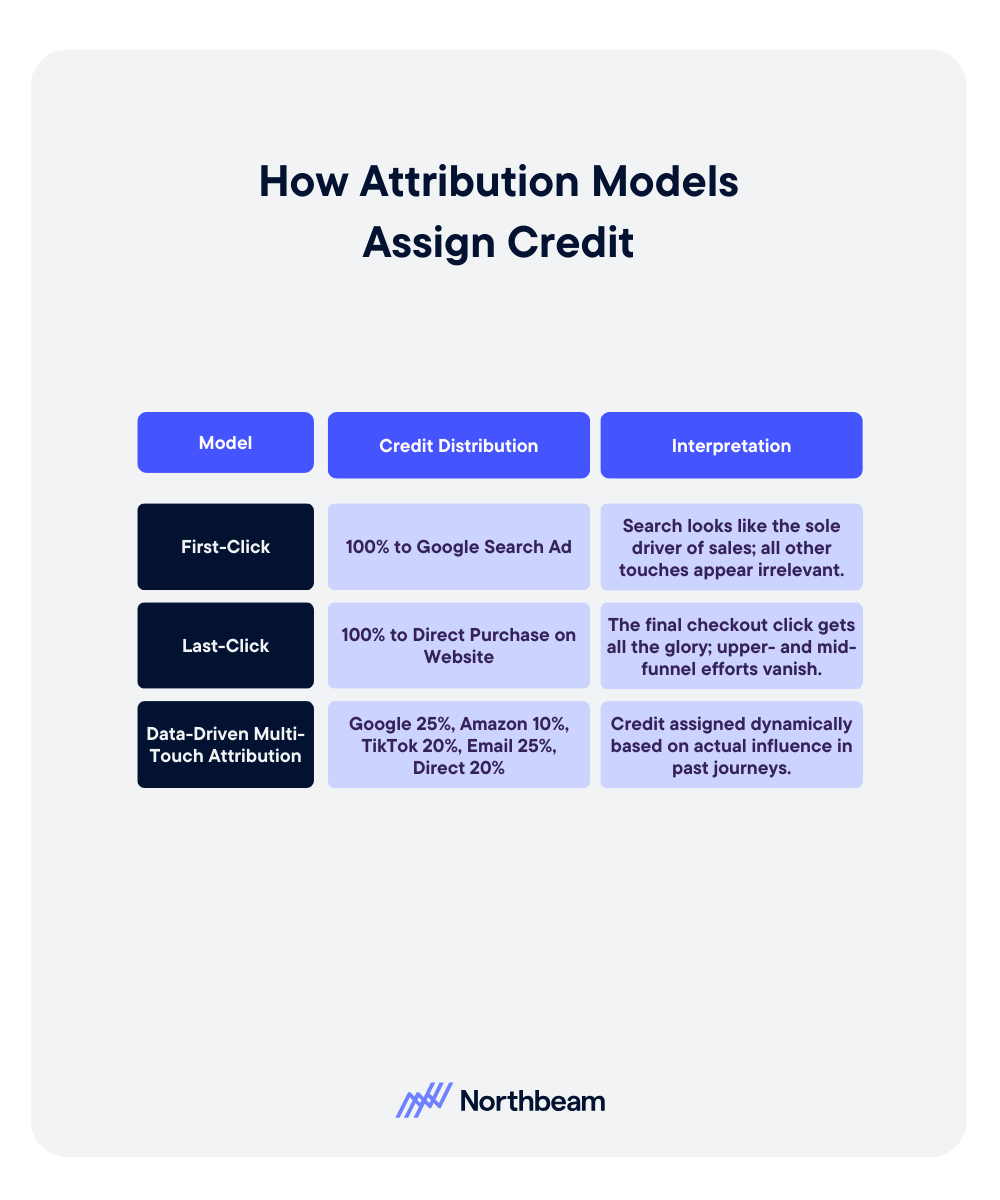
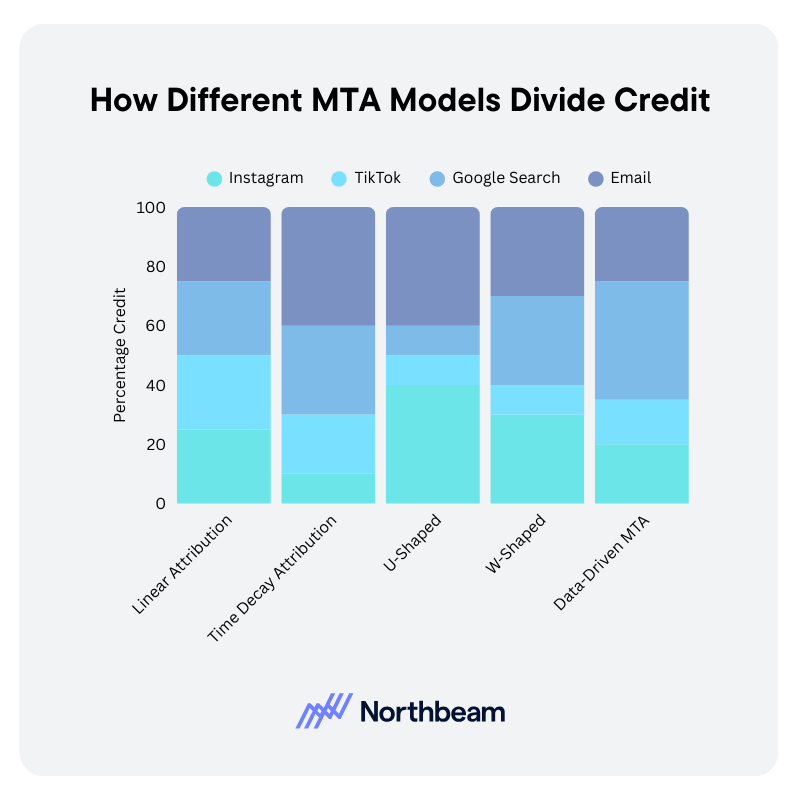
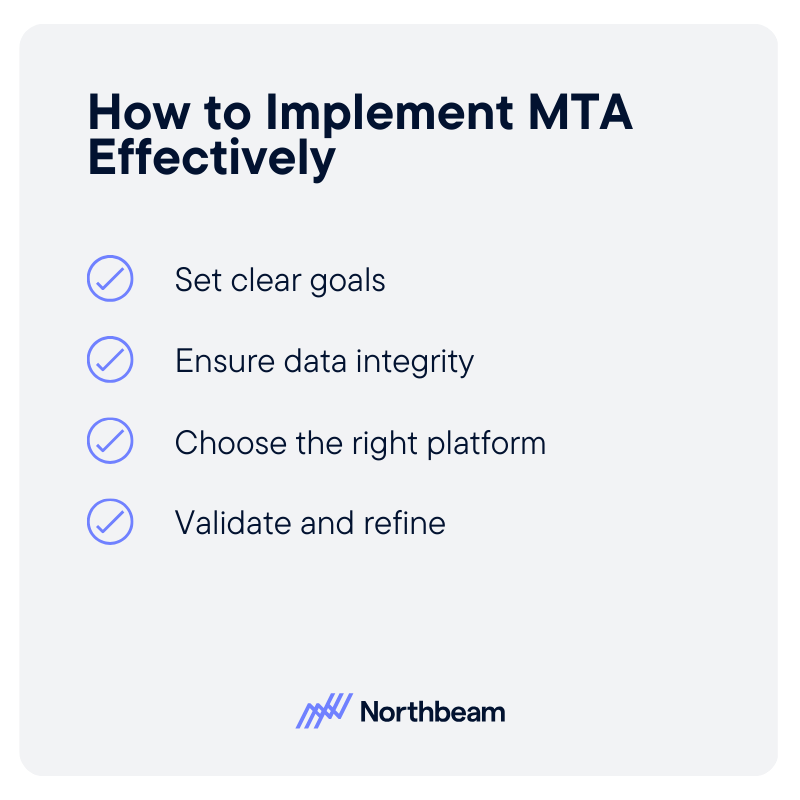
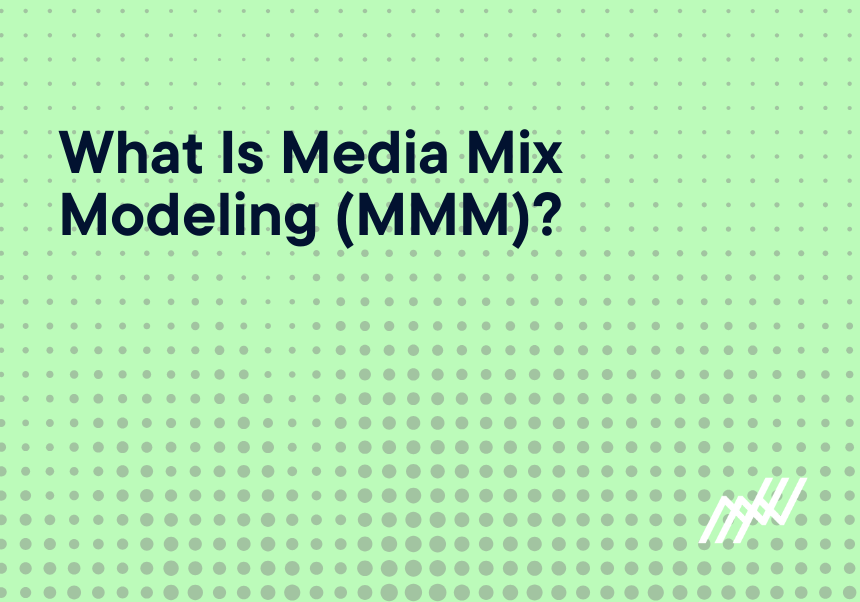
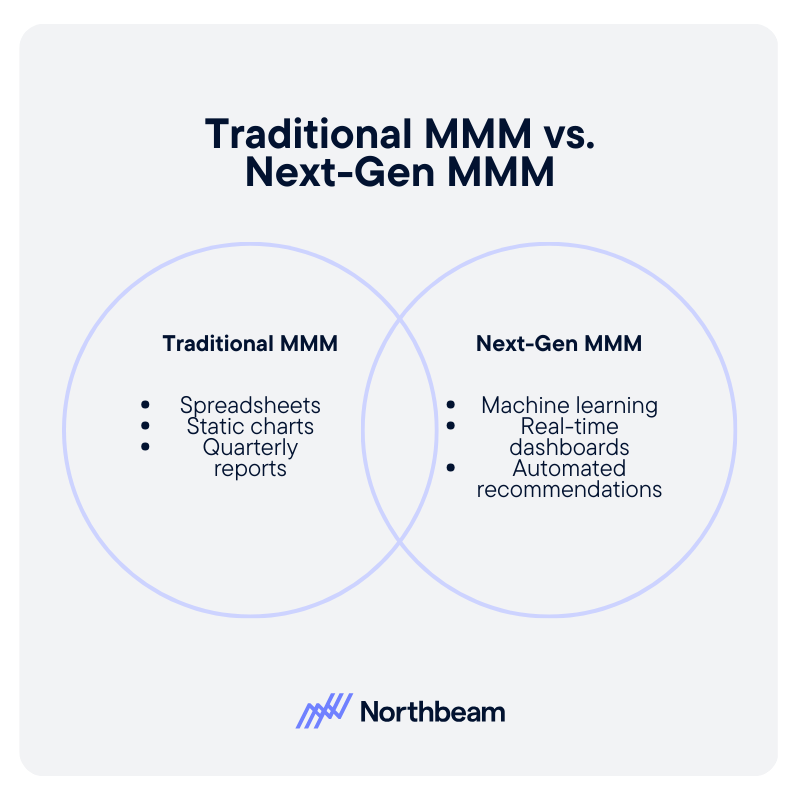
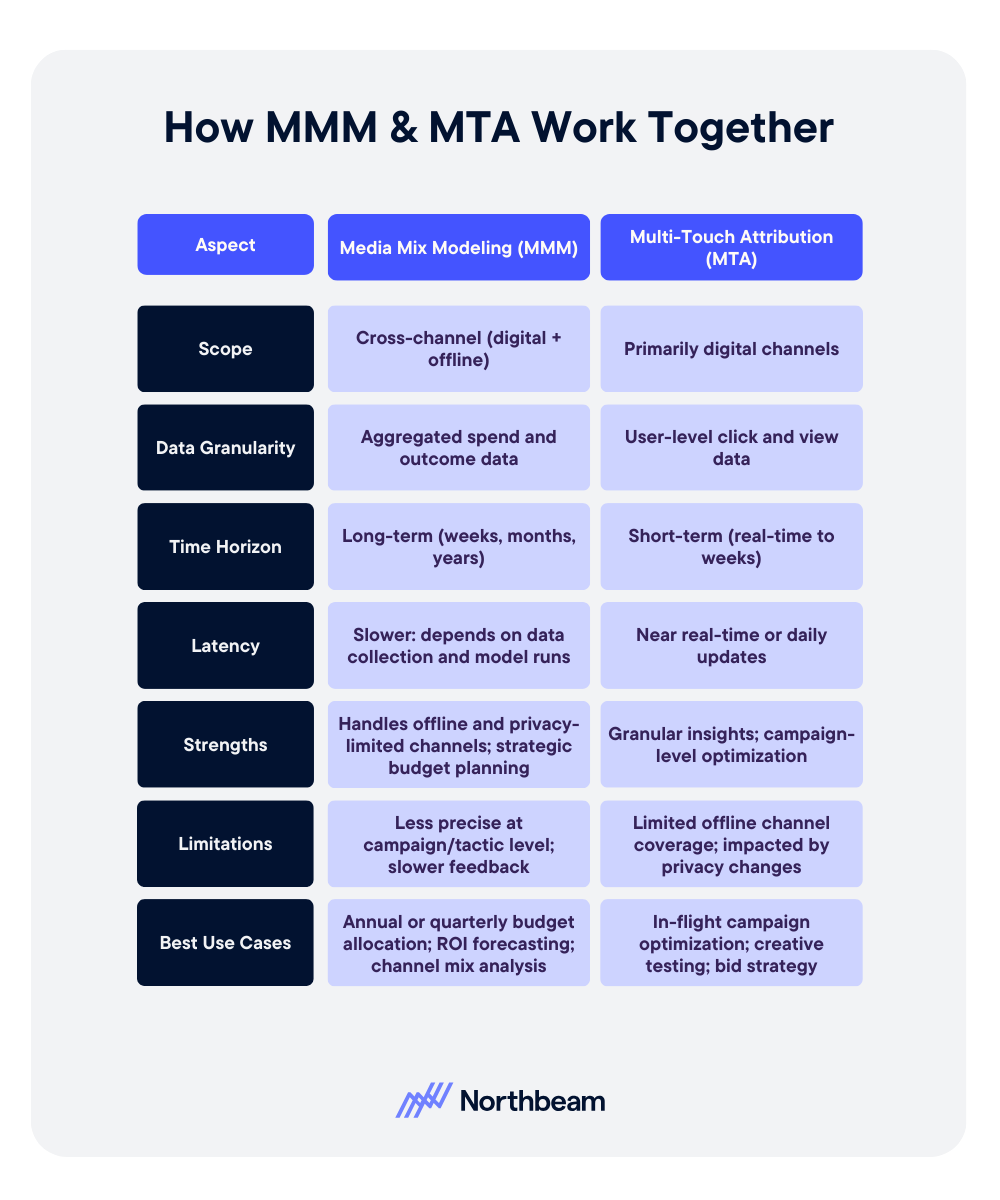
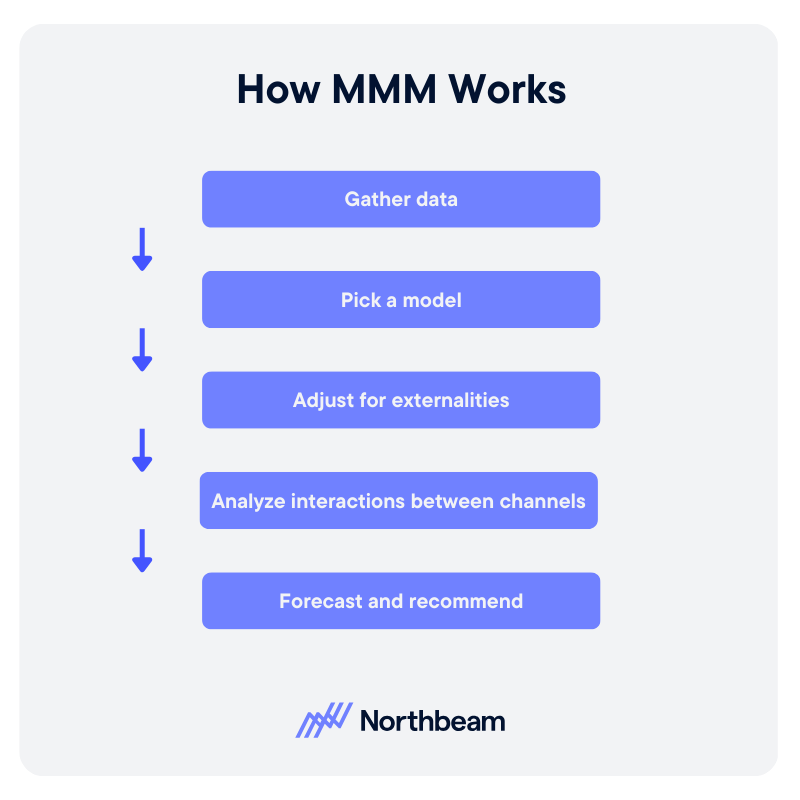
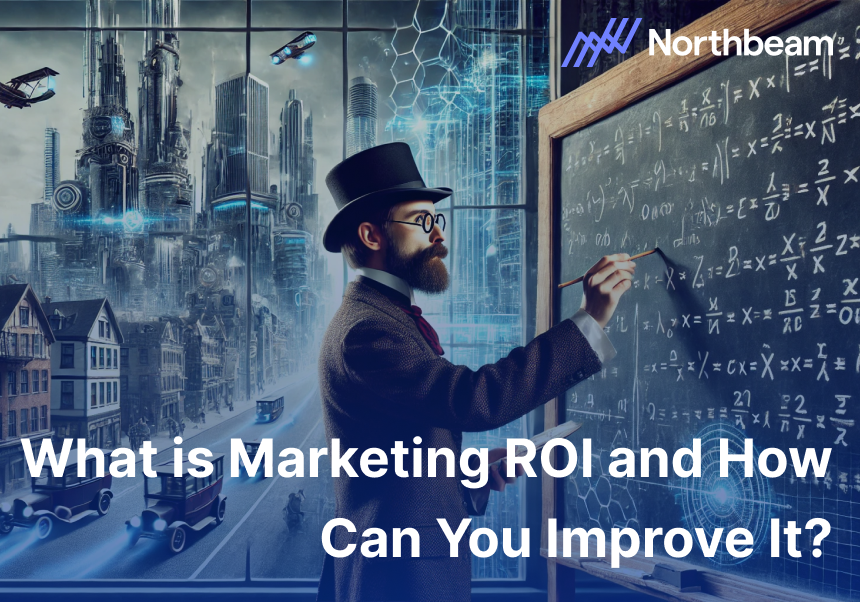
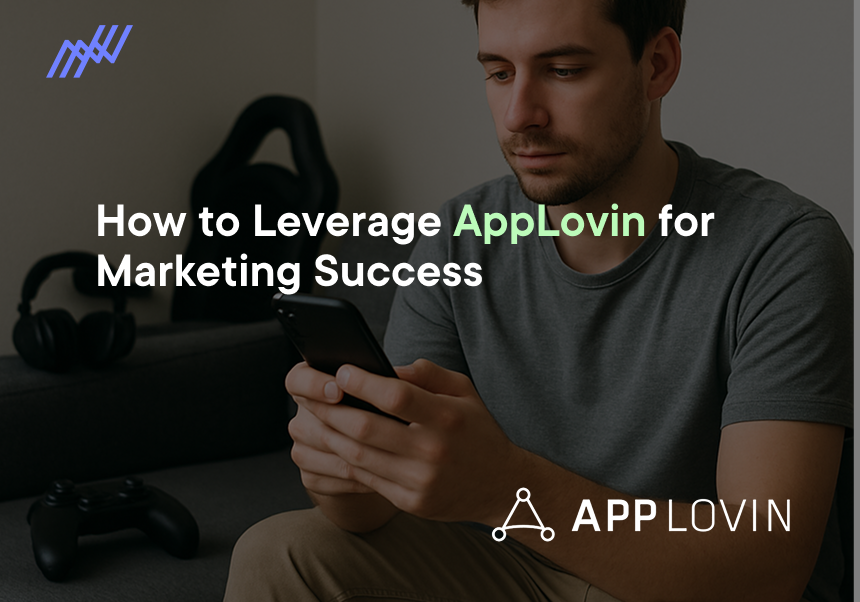

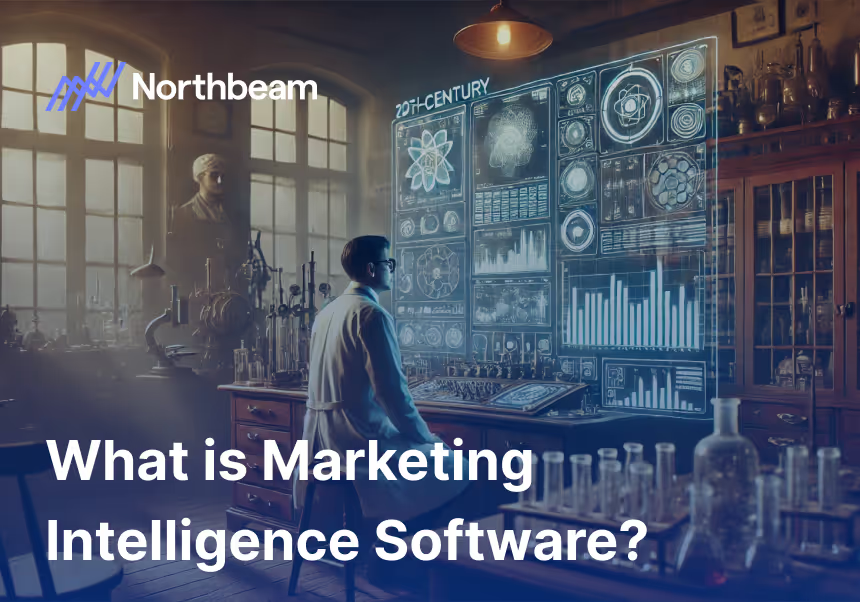


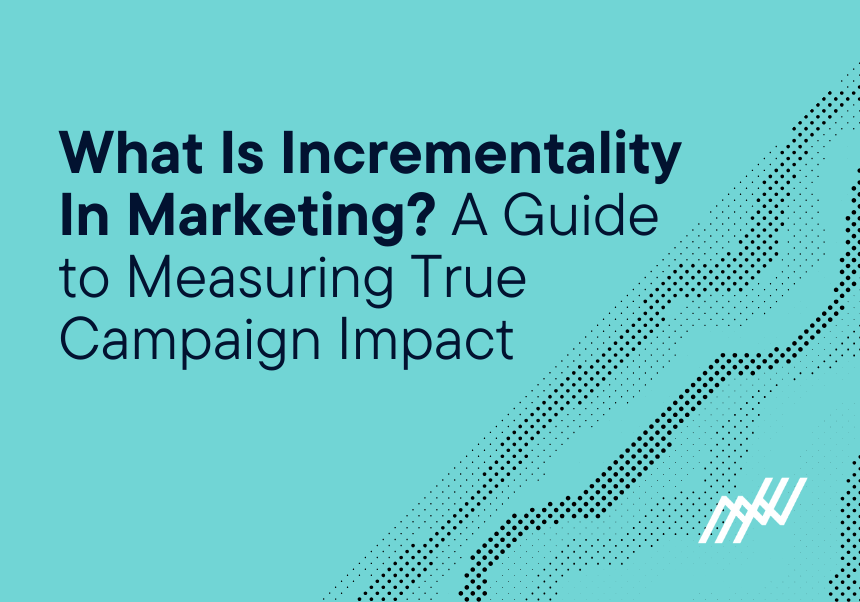

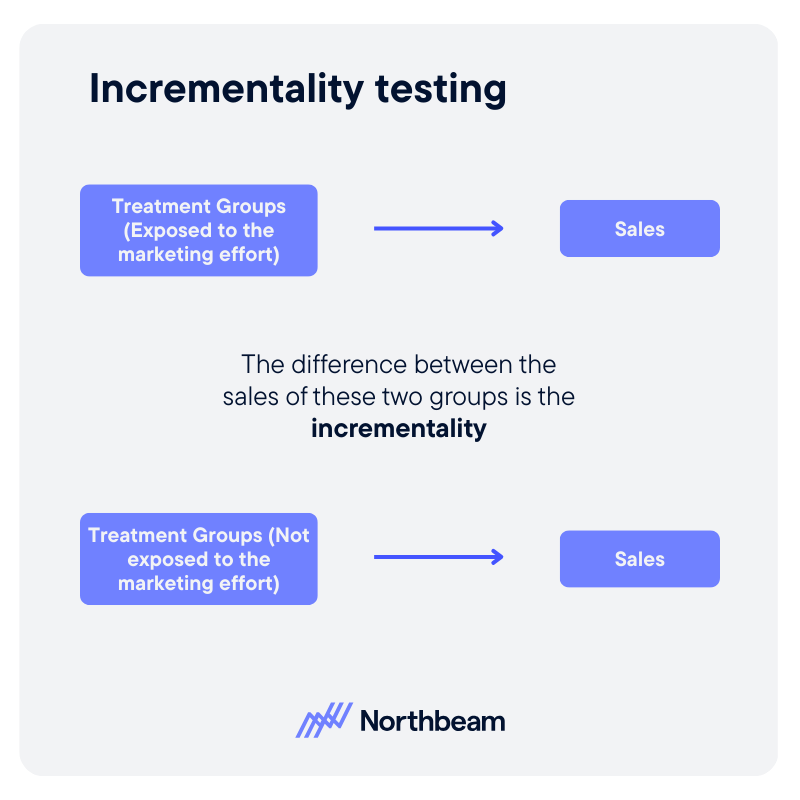
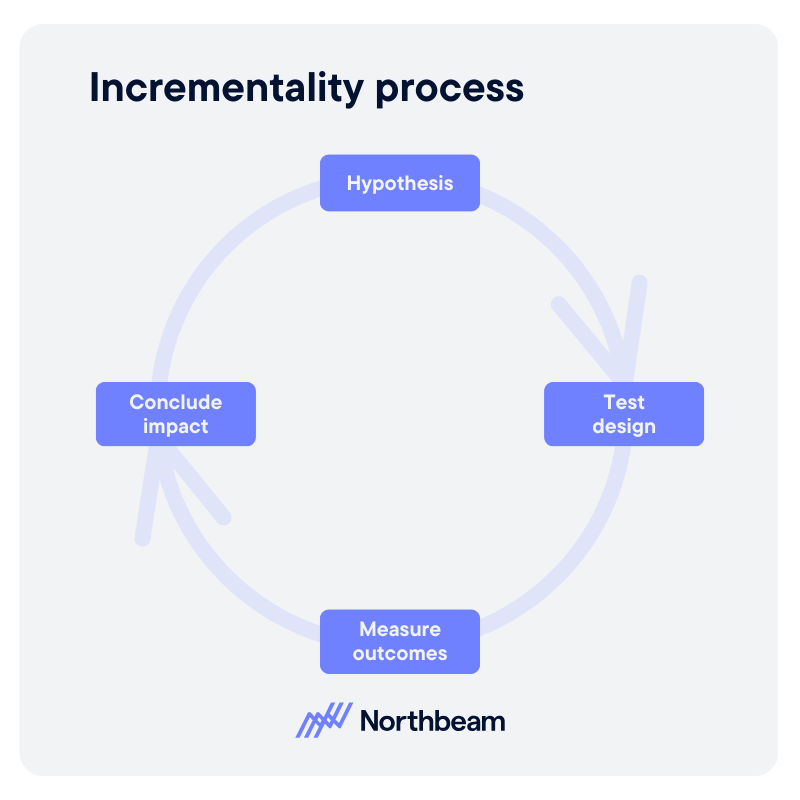
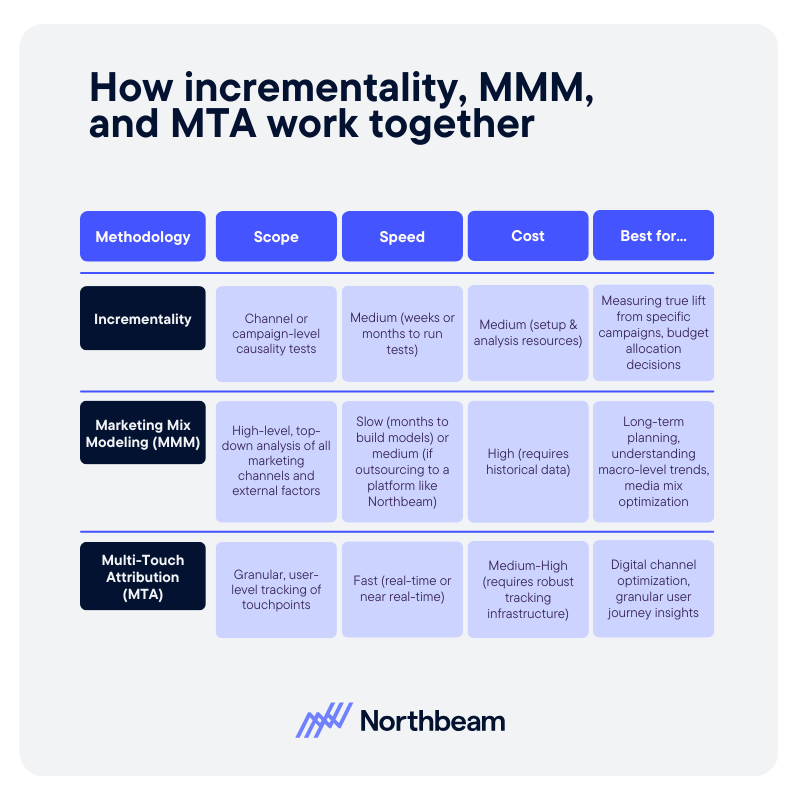
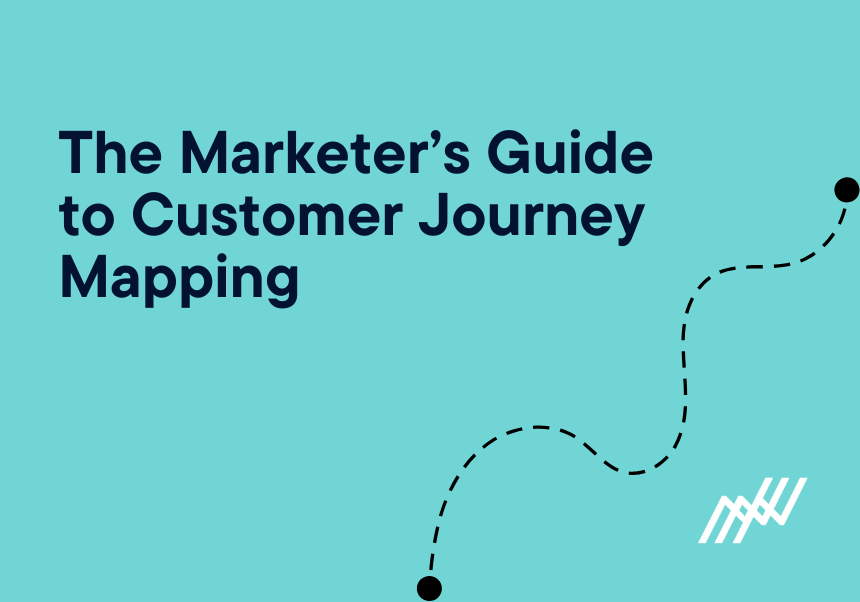
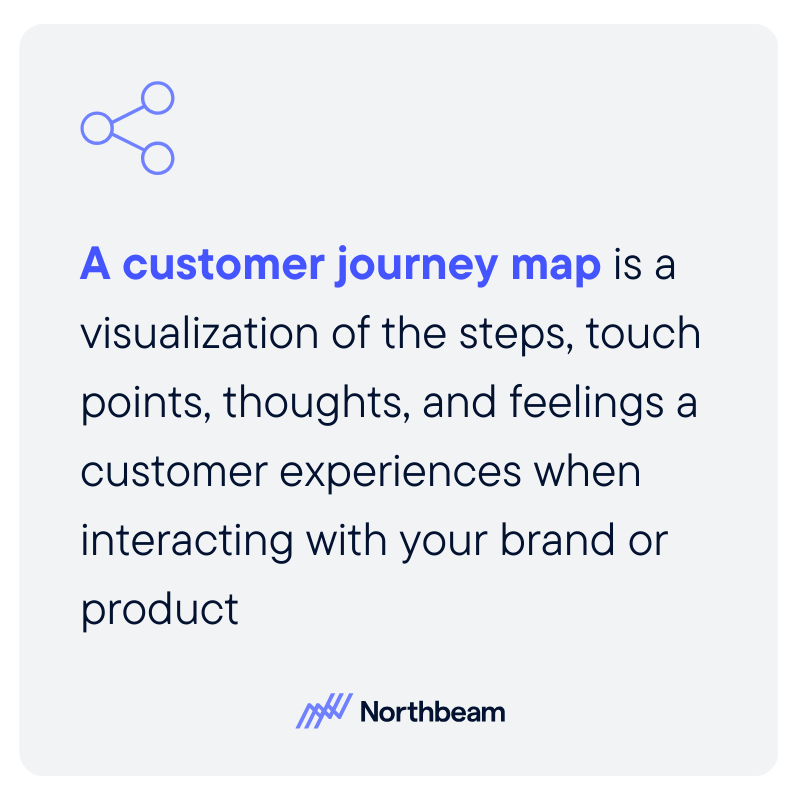
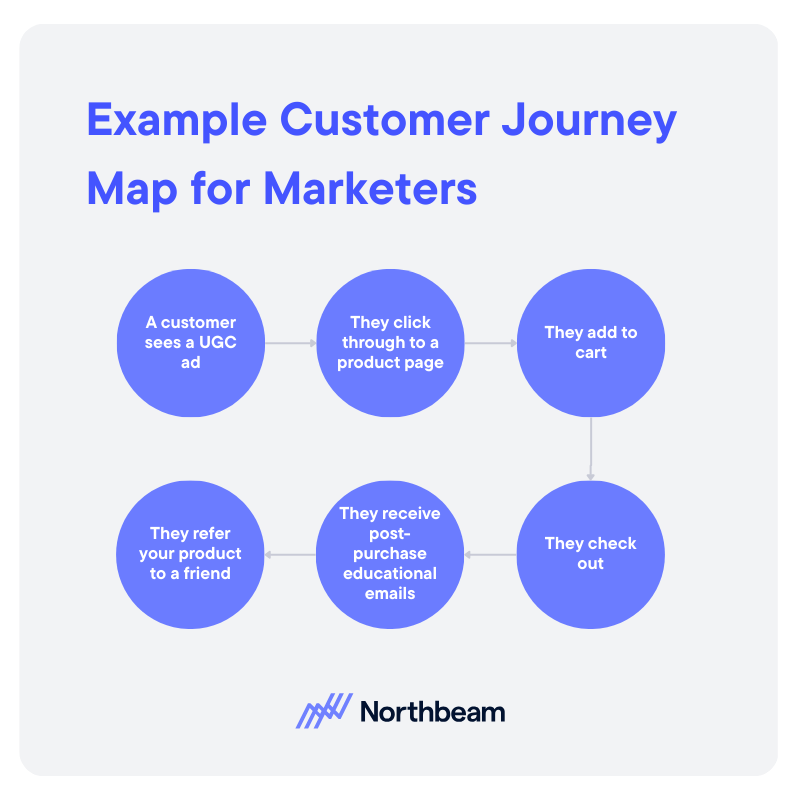
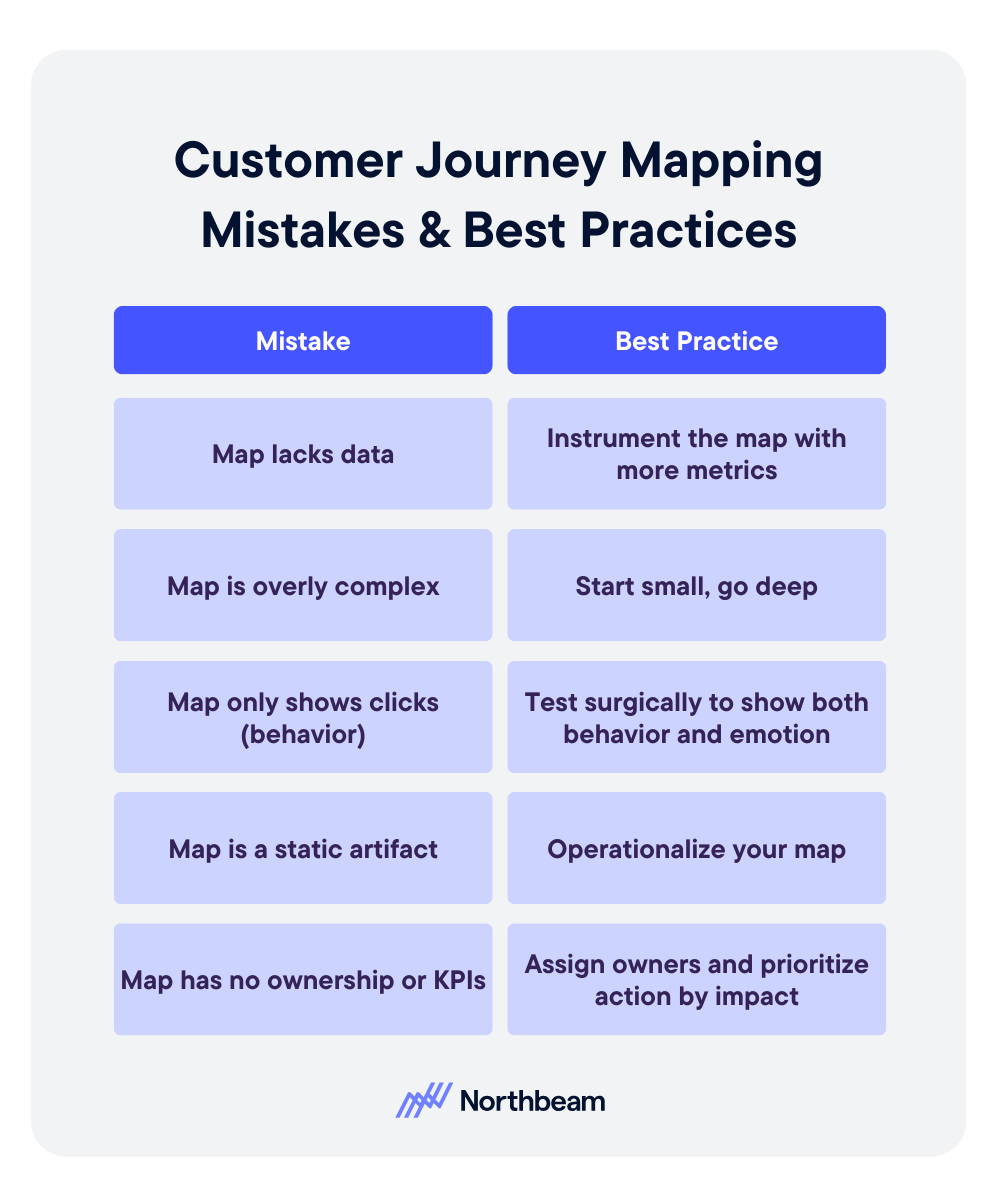
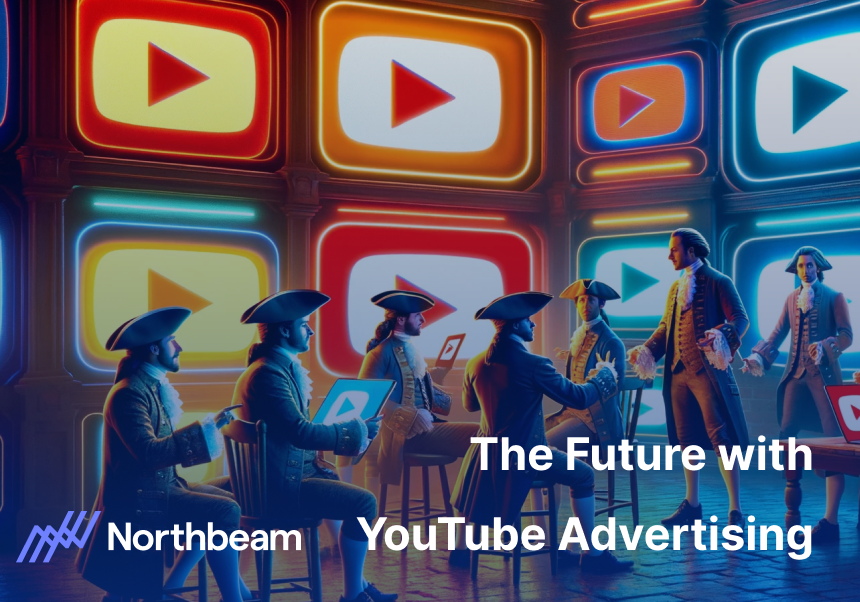

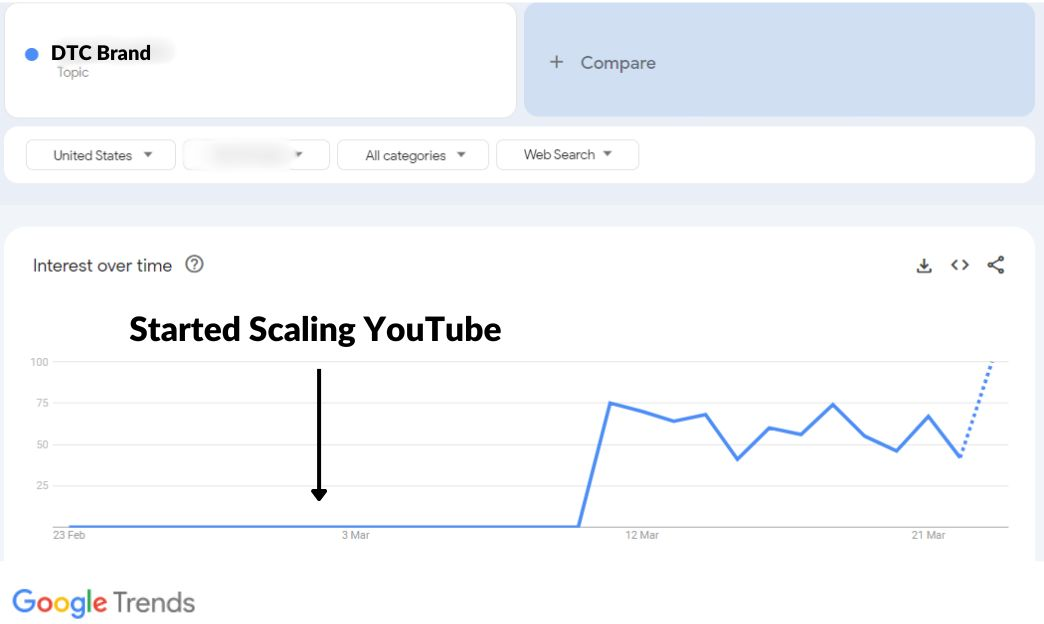
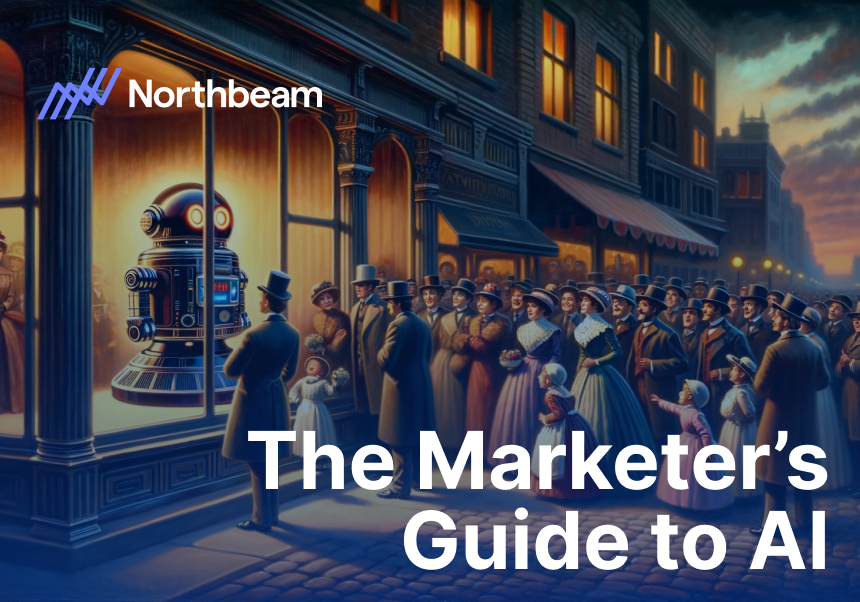
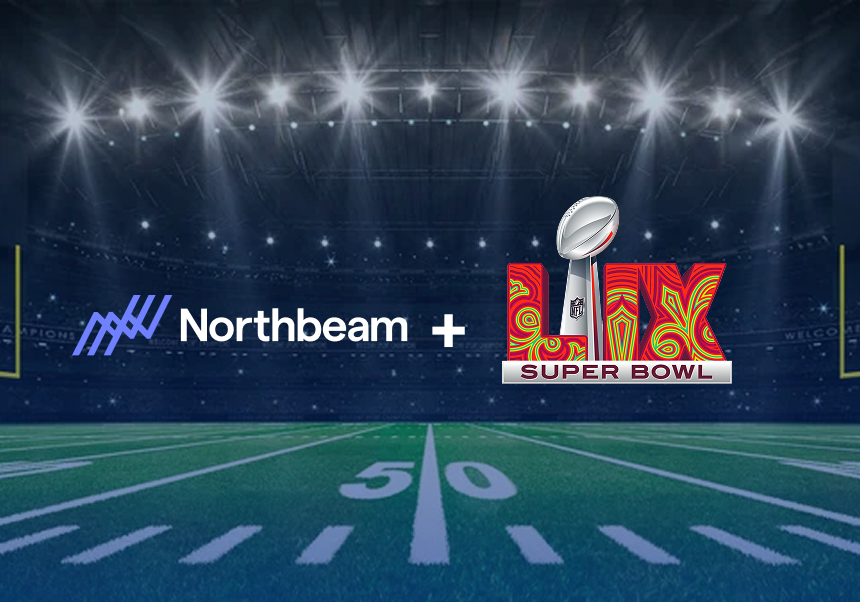
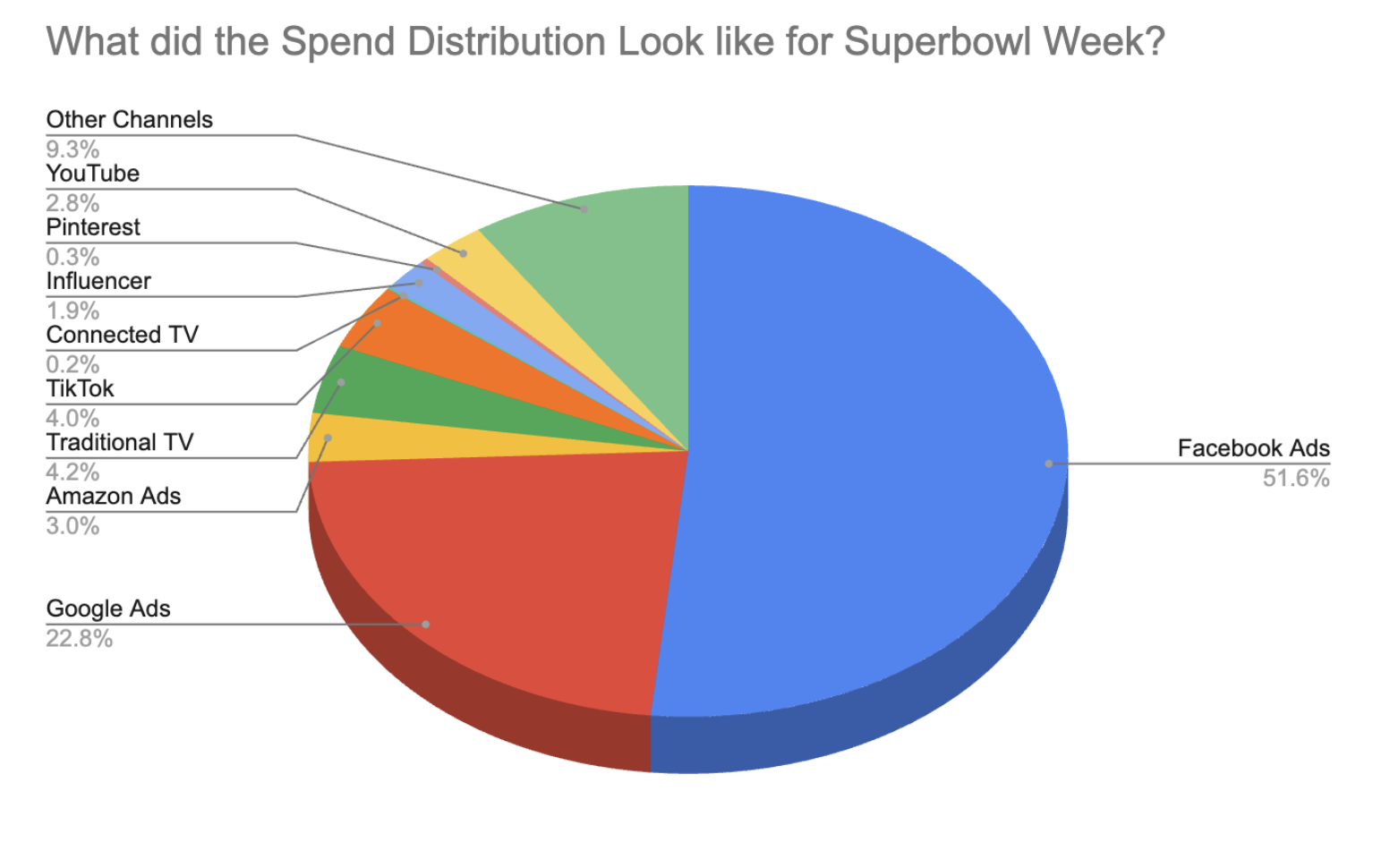



%25201.png)

.png)
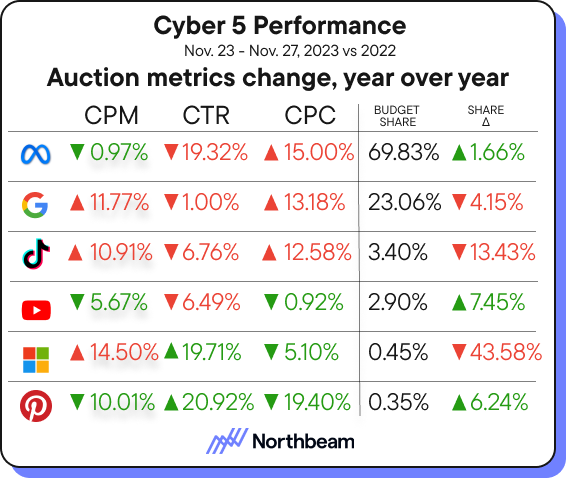
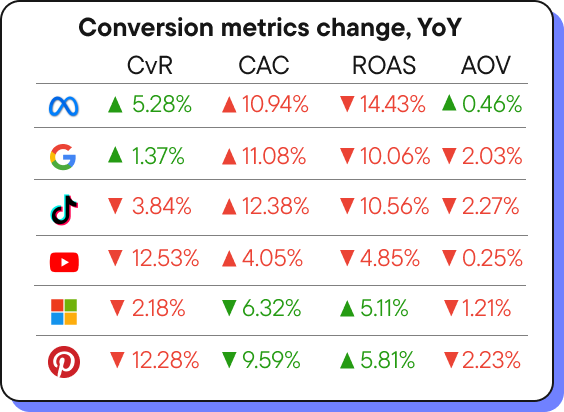
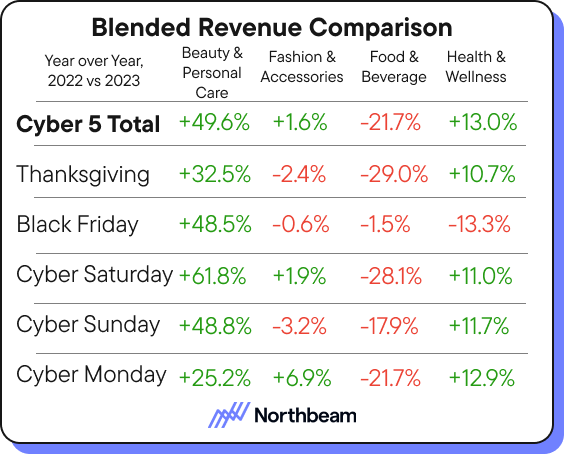
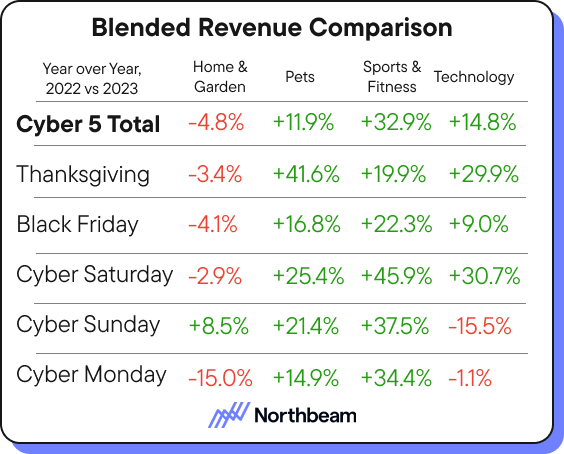
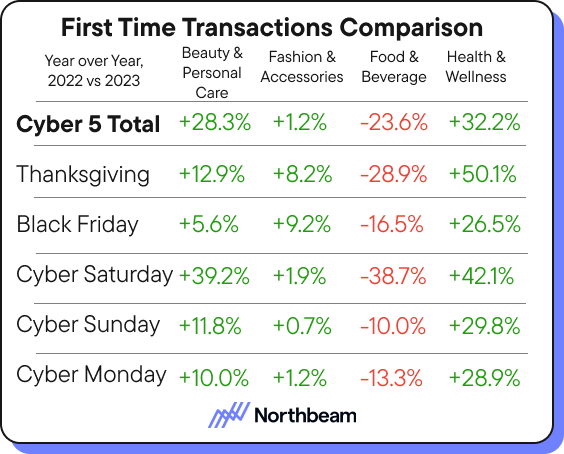
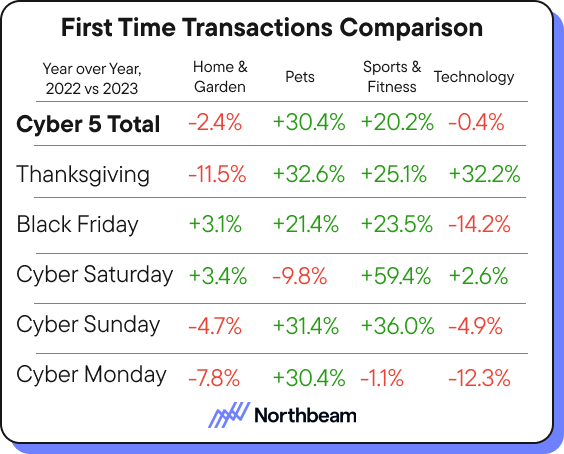

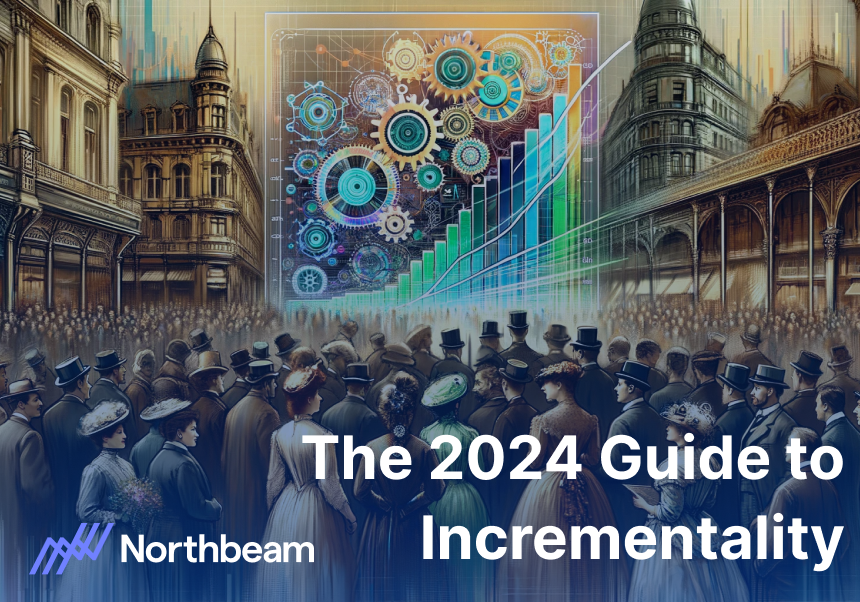
.jpeg)

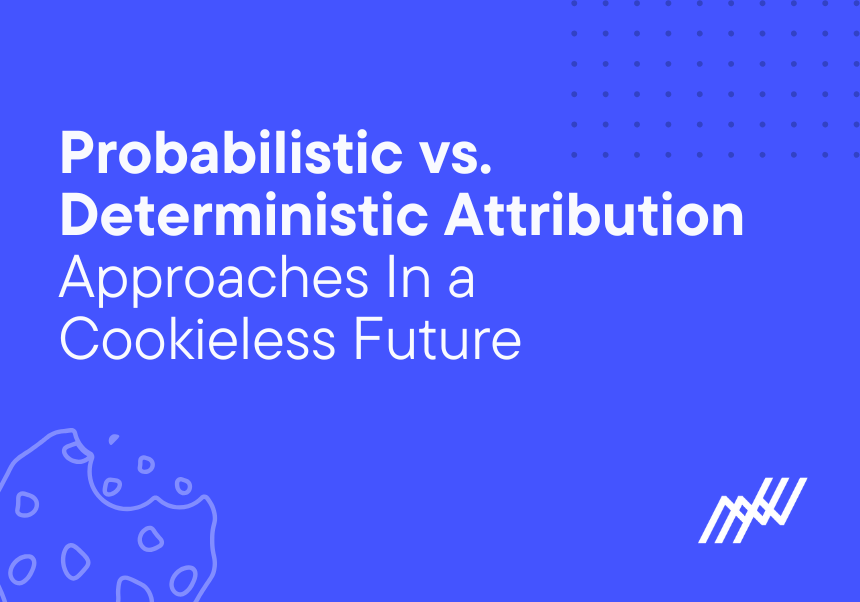
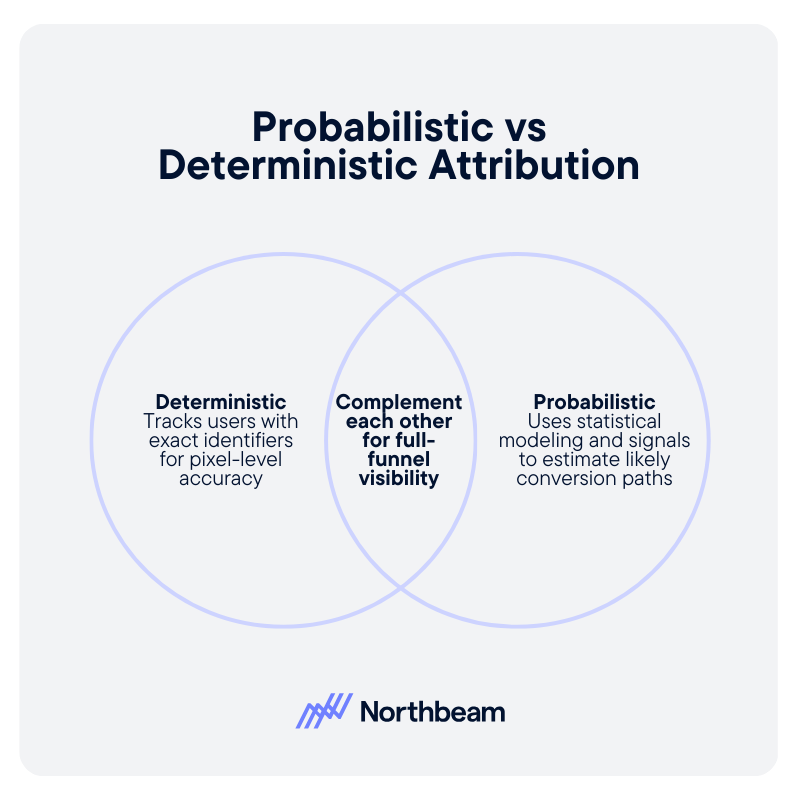
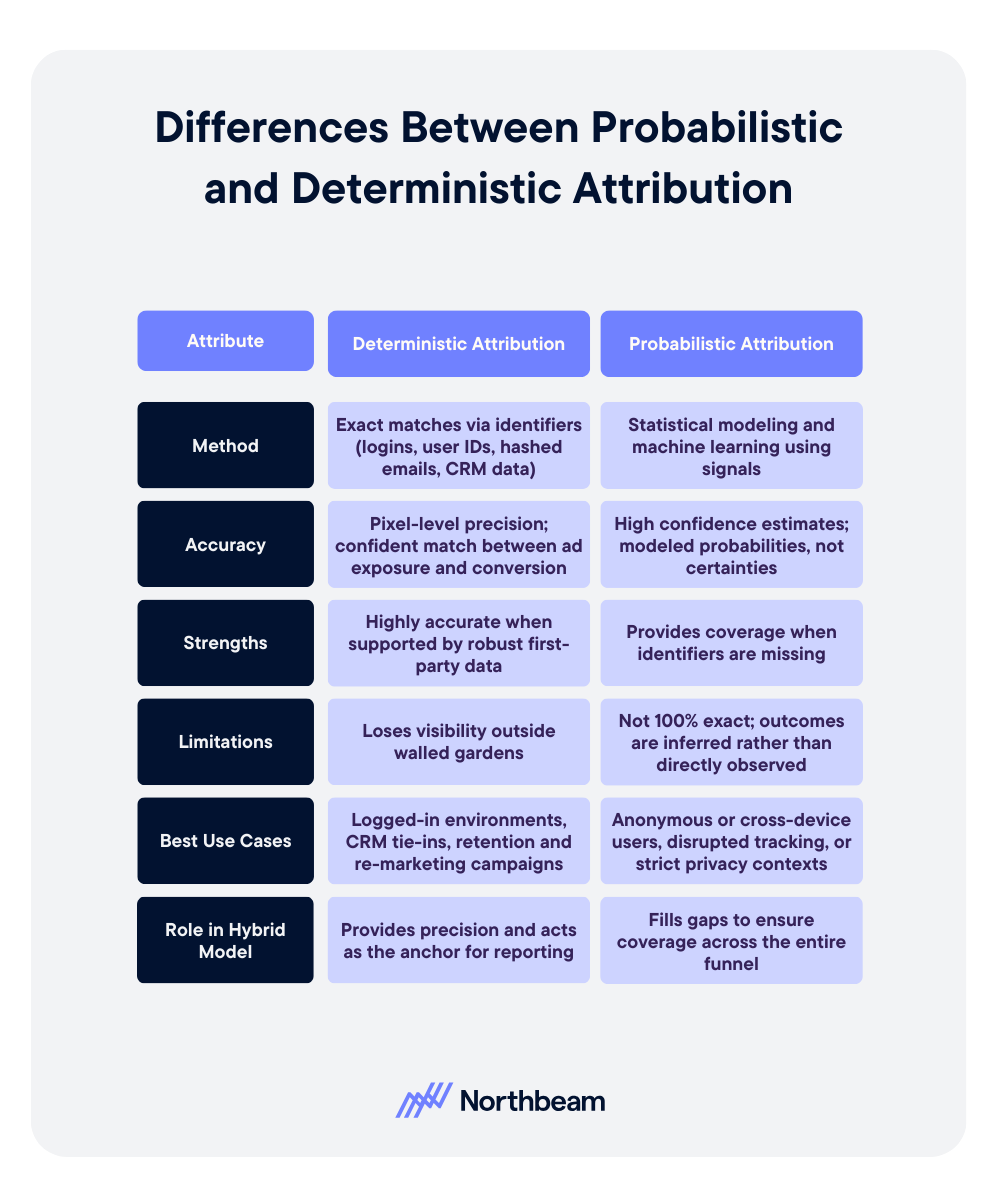
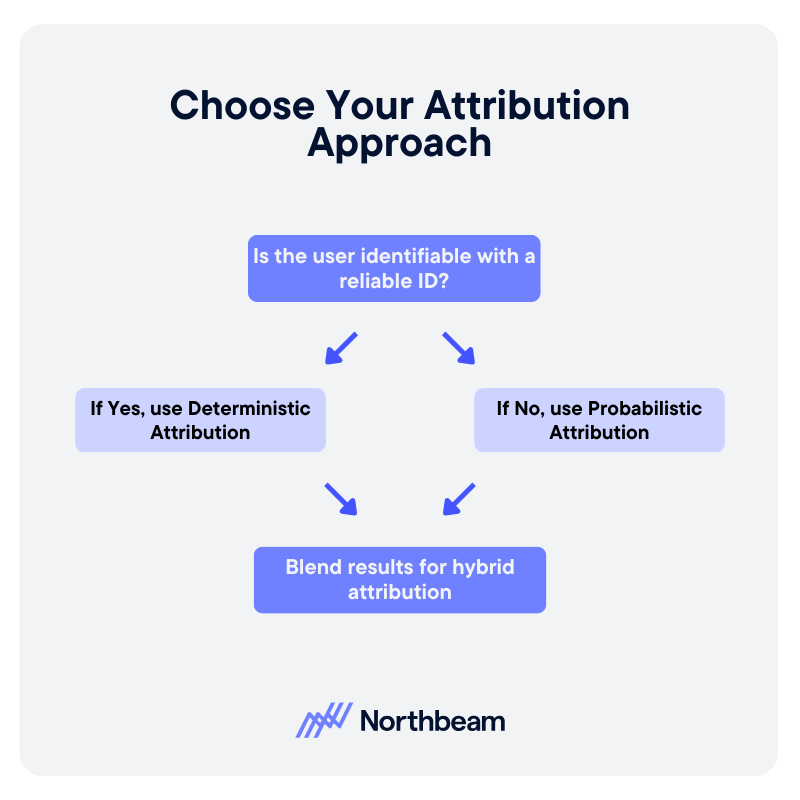




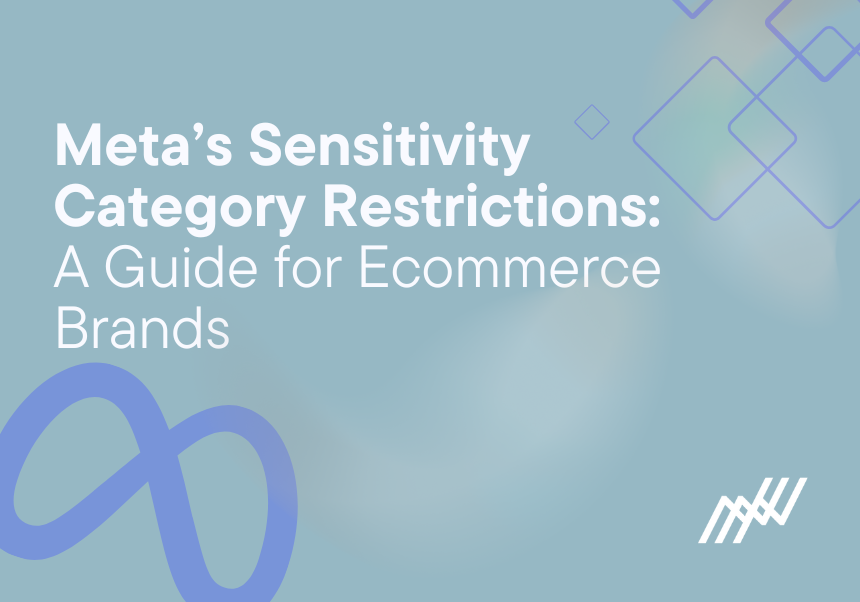
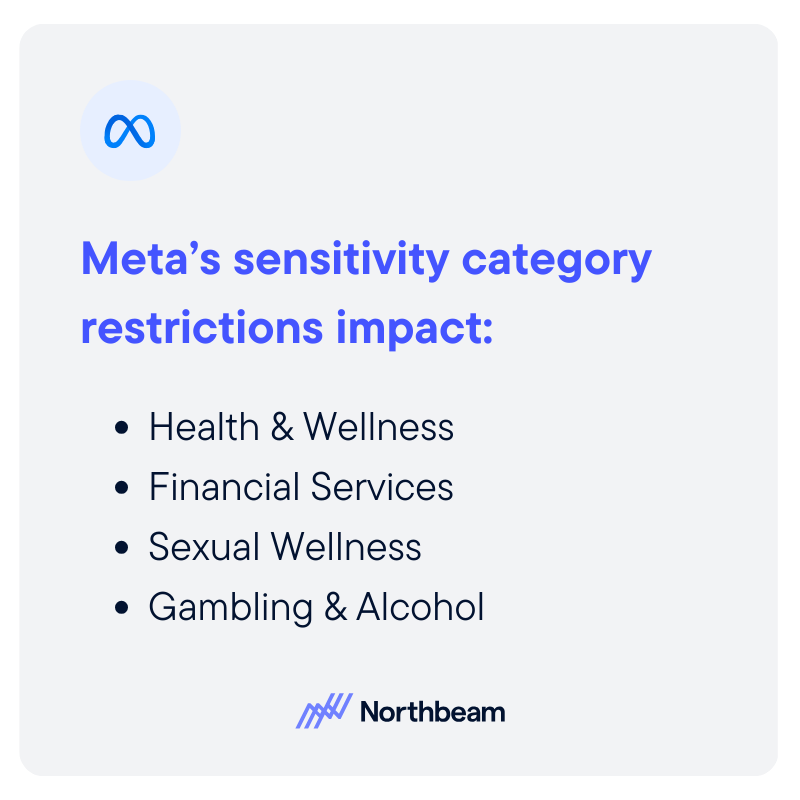
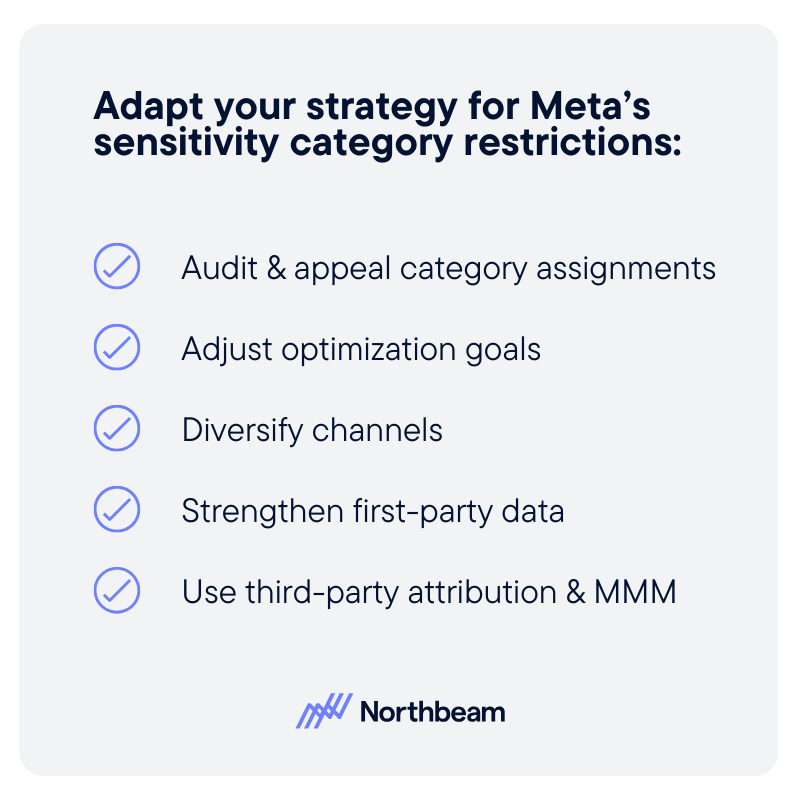

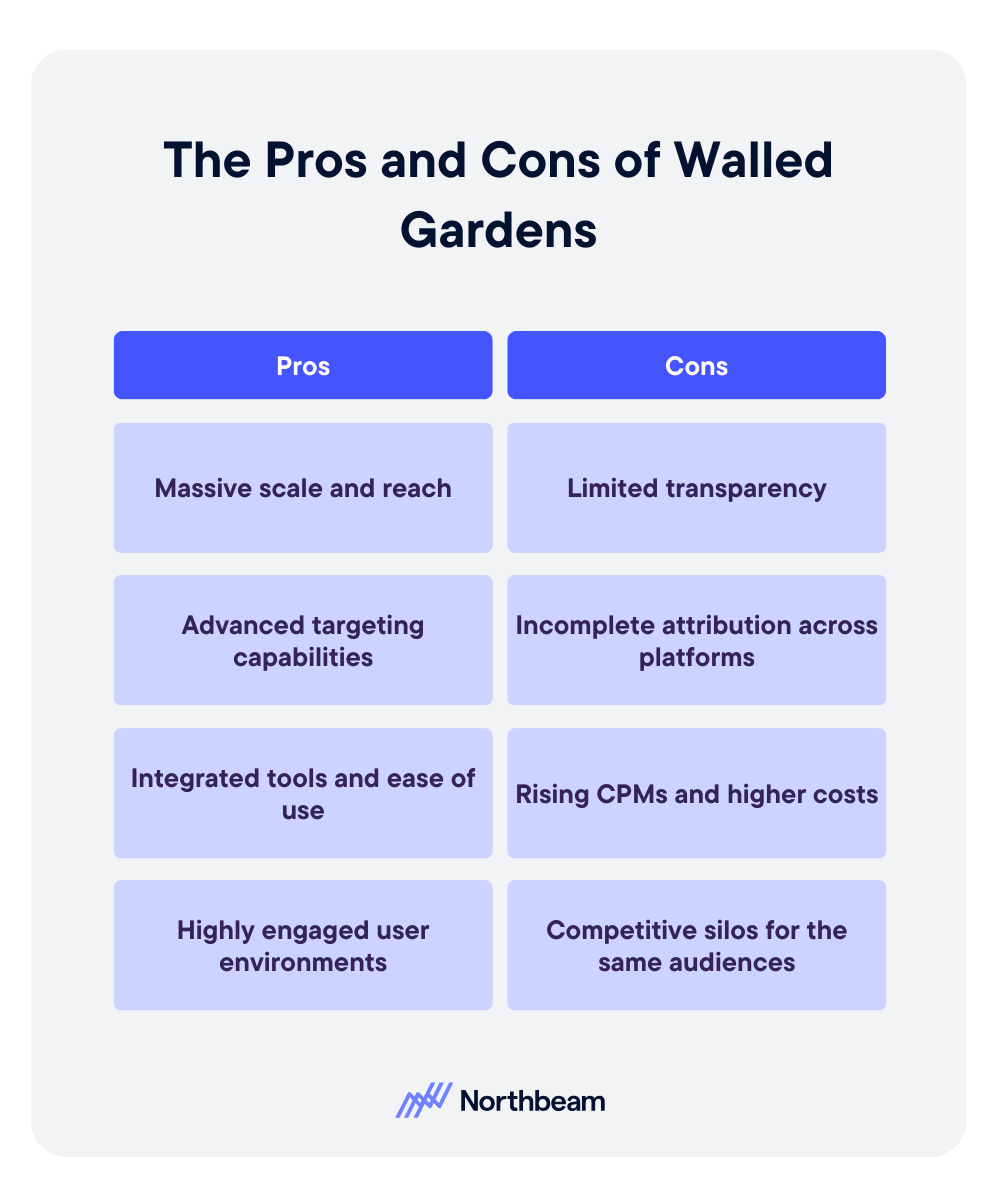
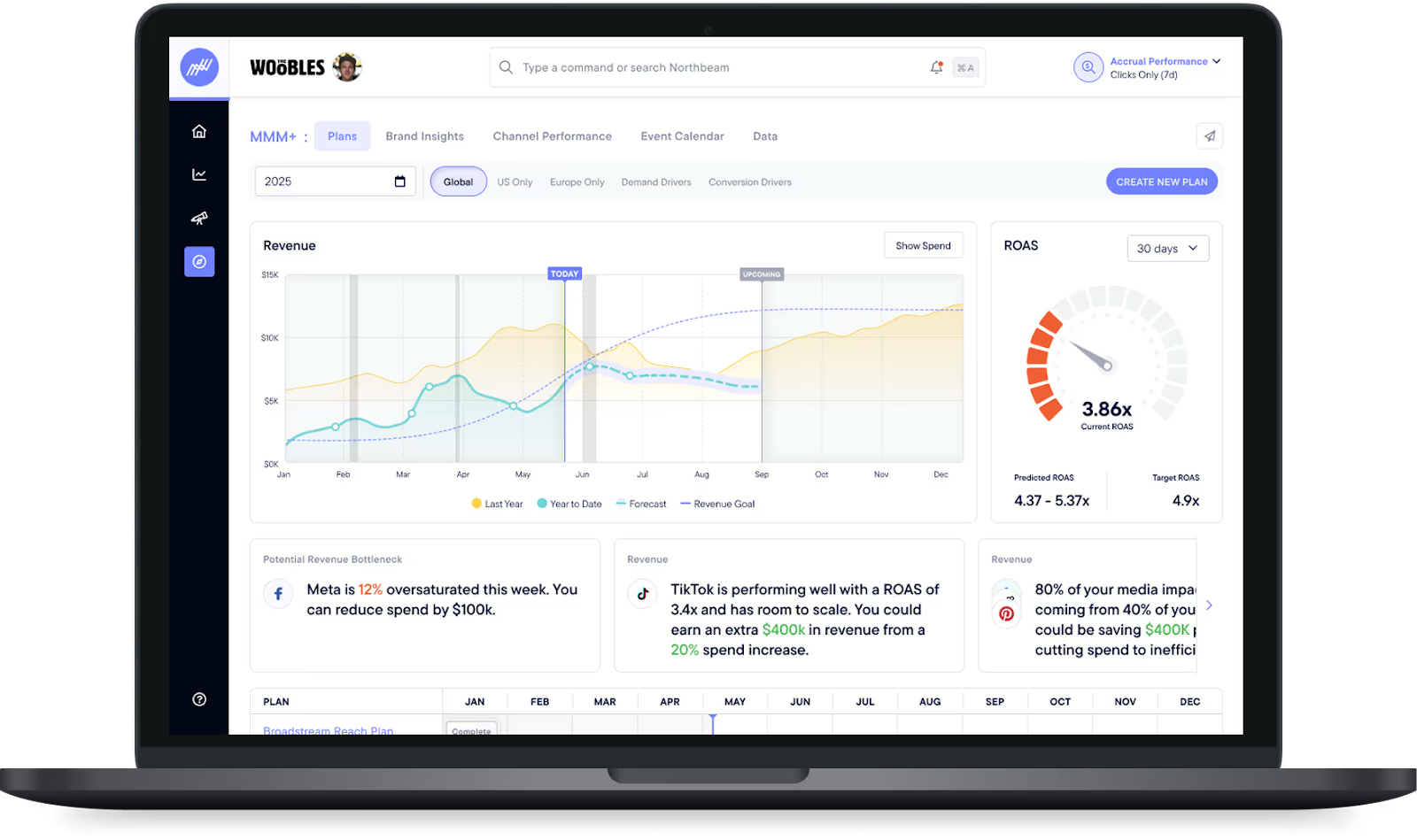
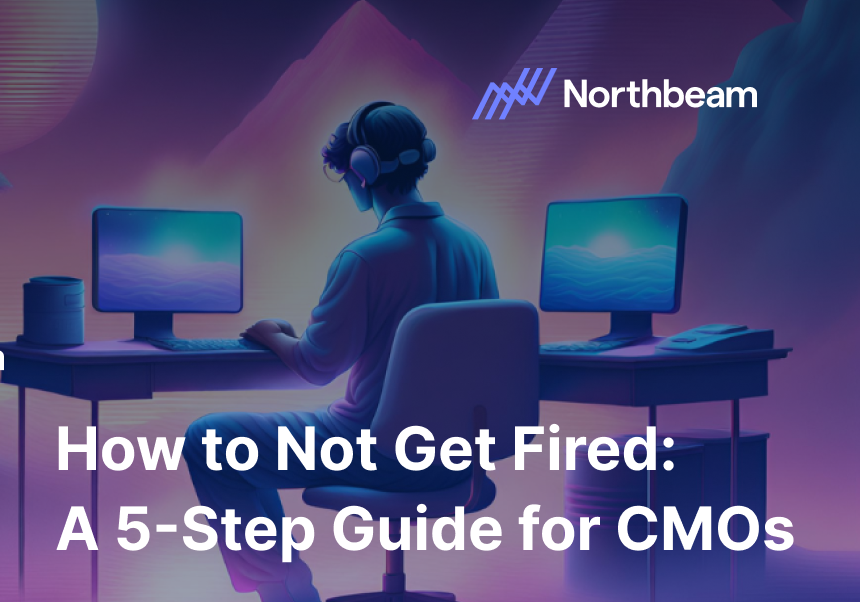
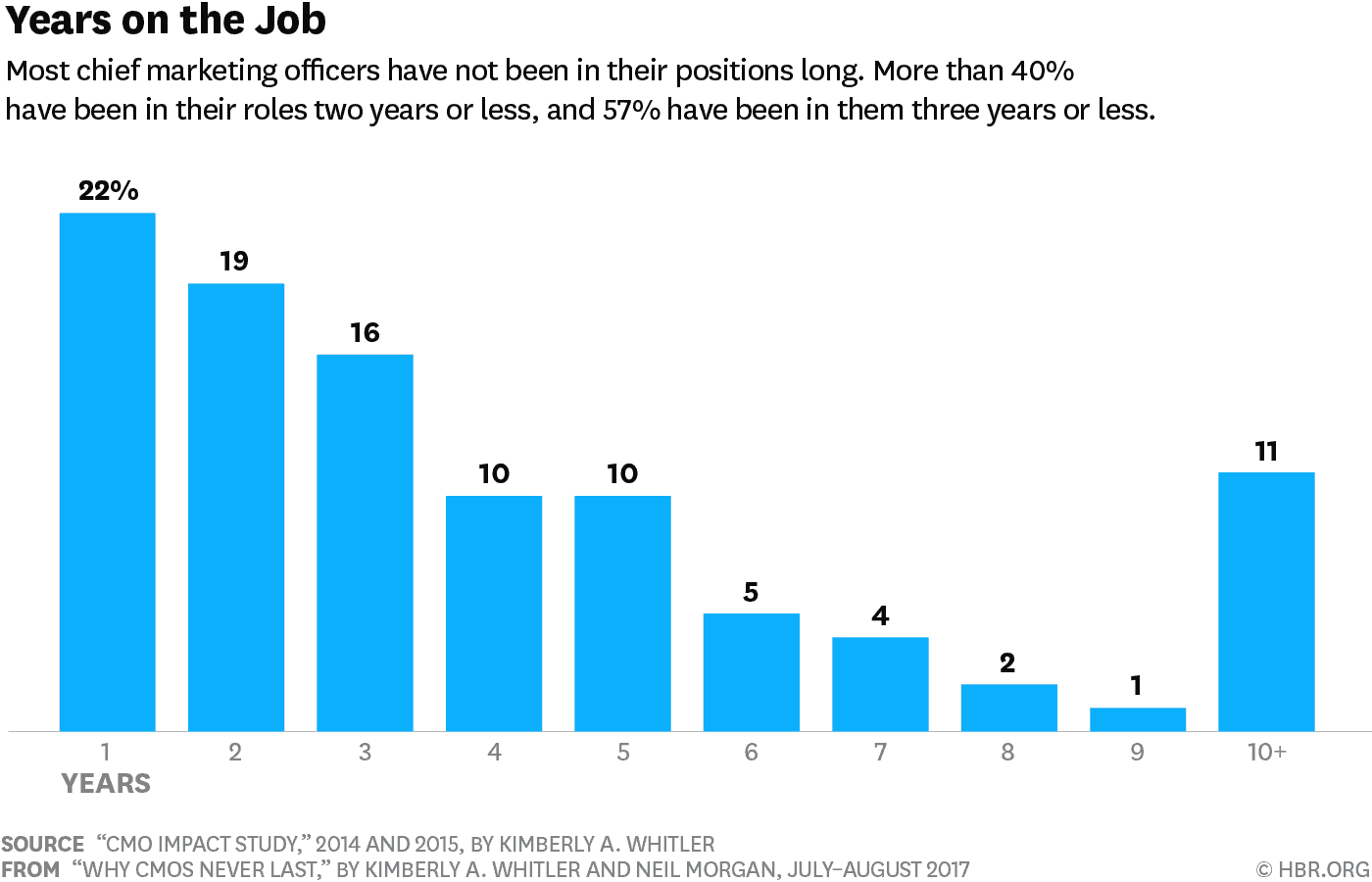
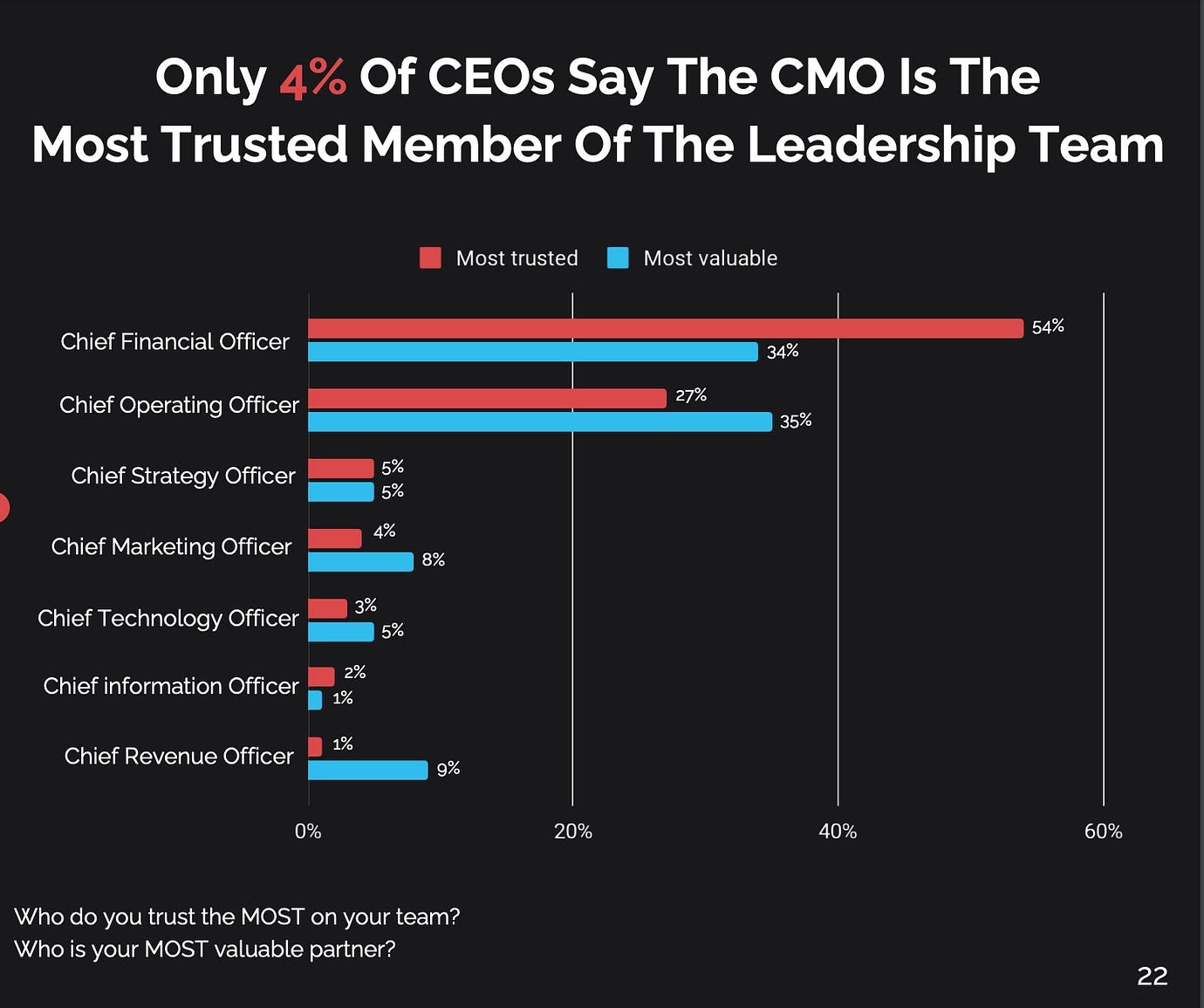
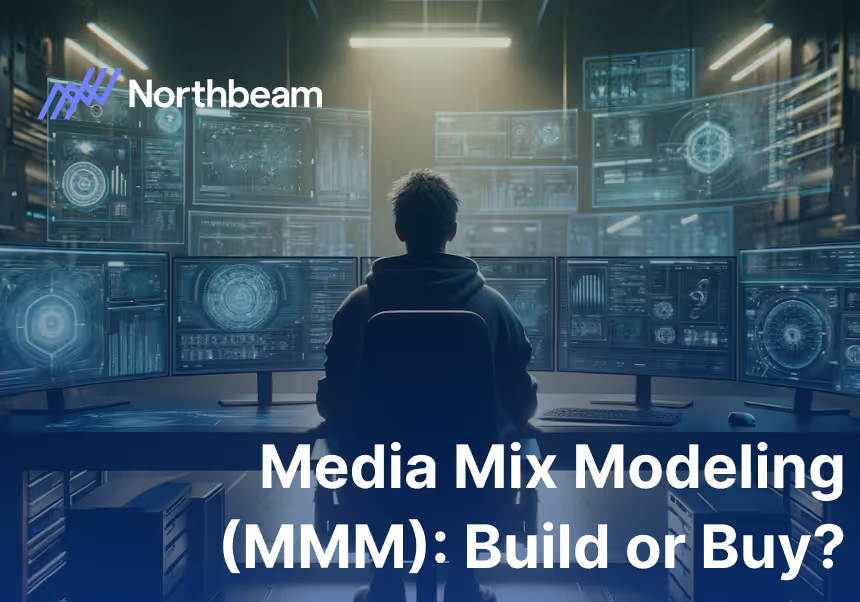
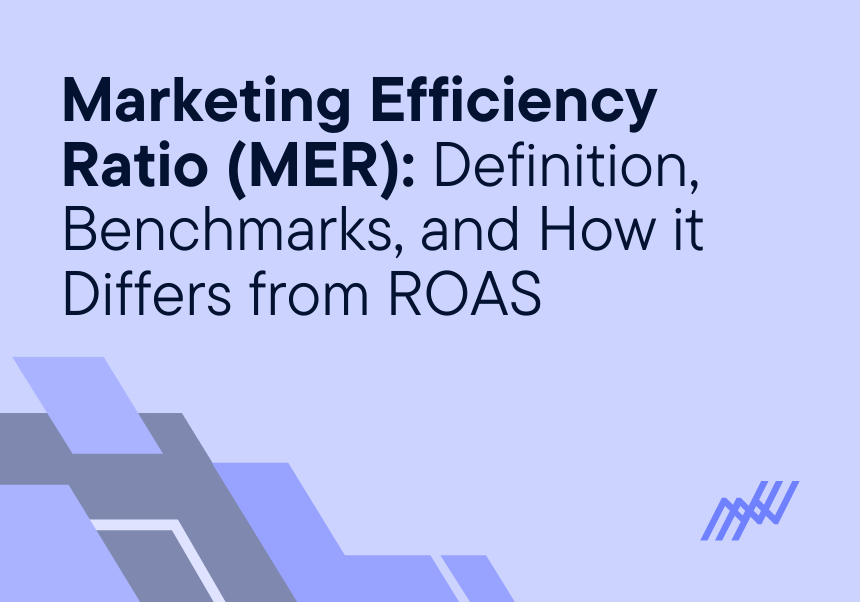
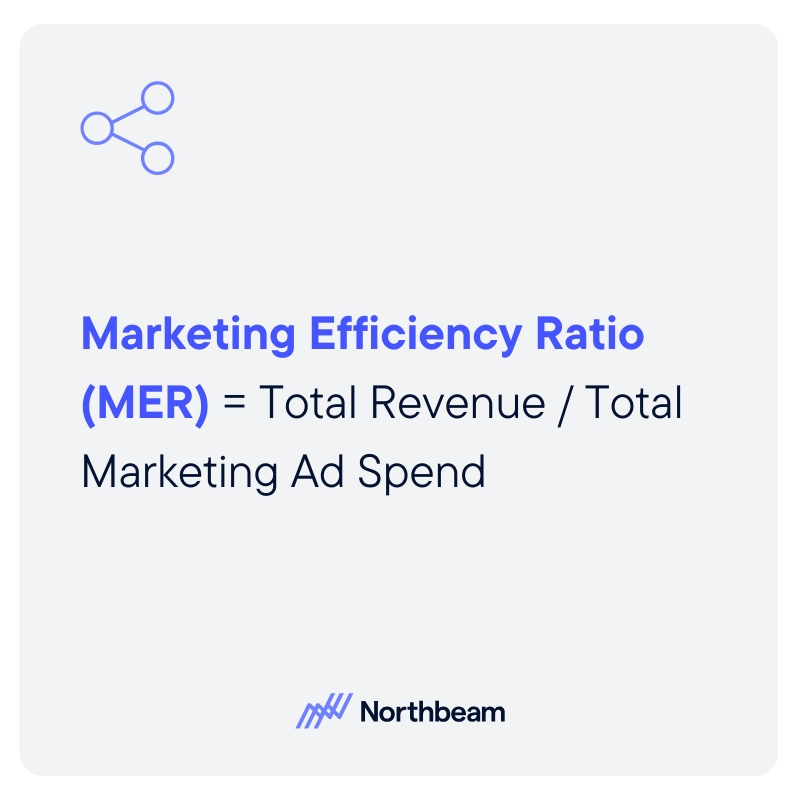

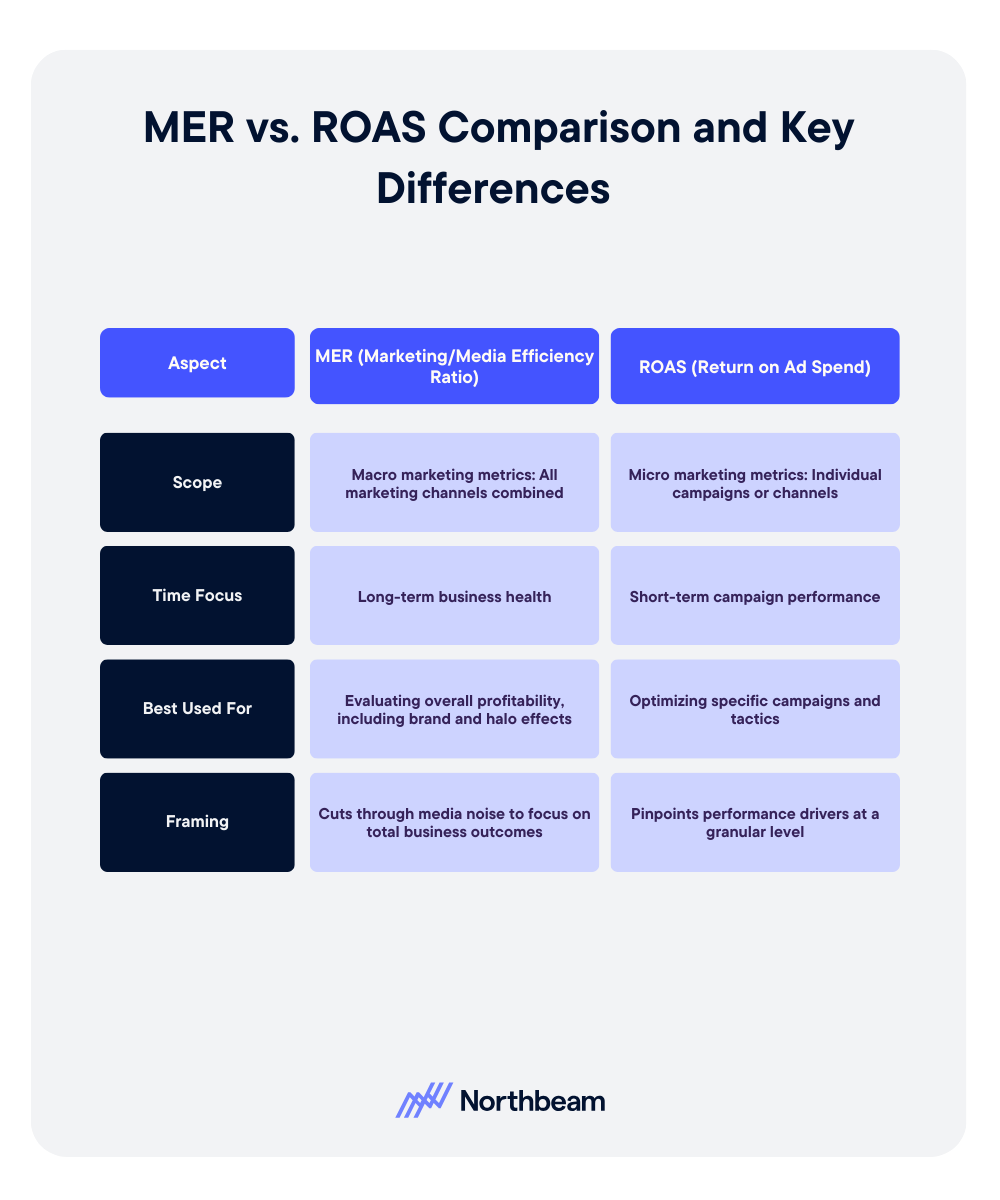







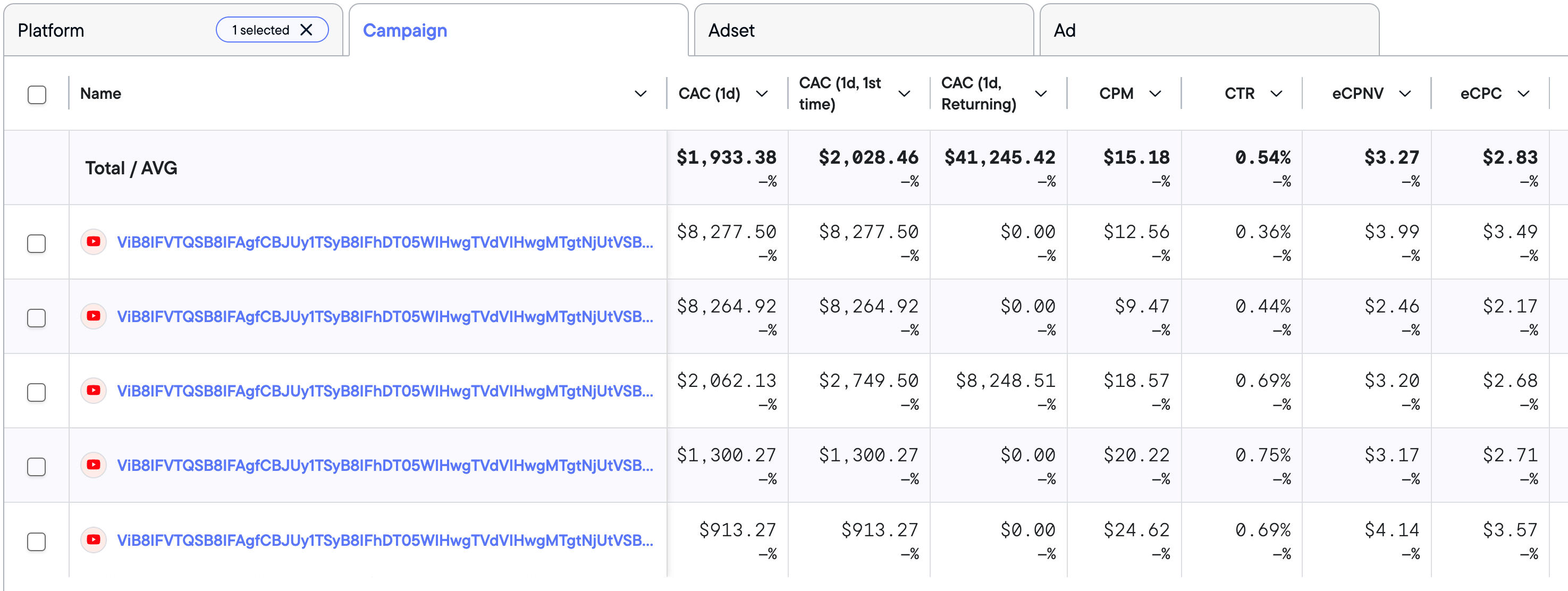

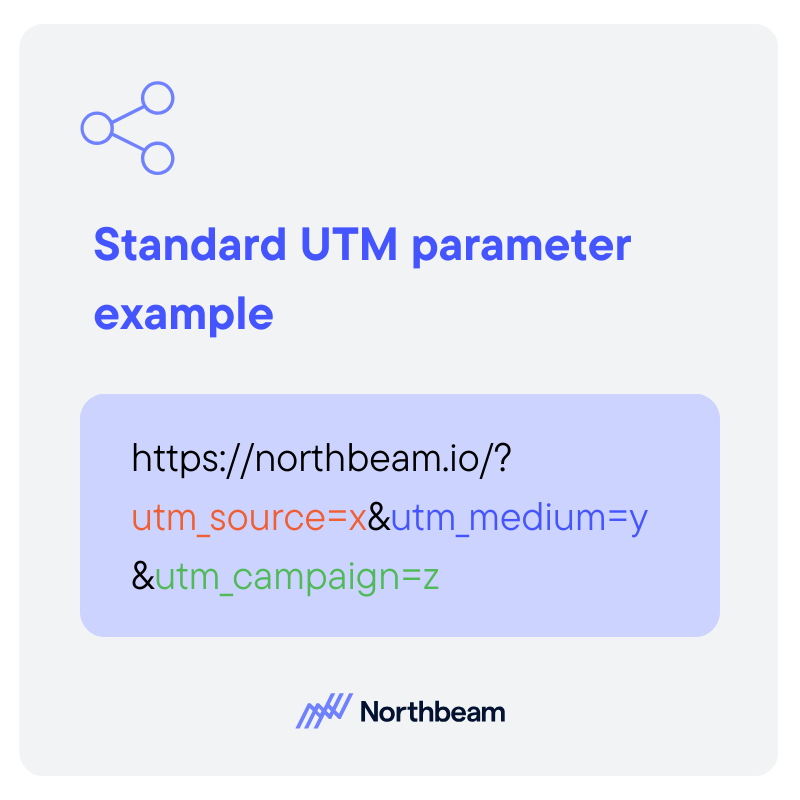
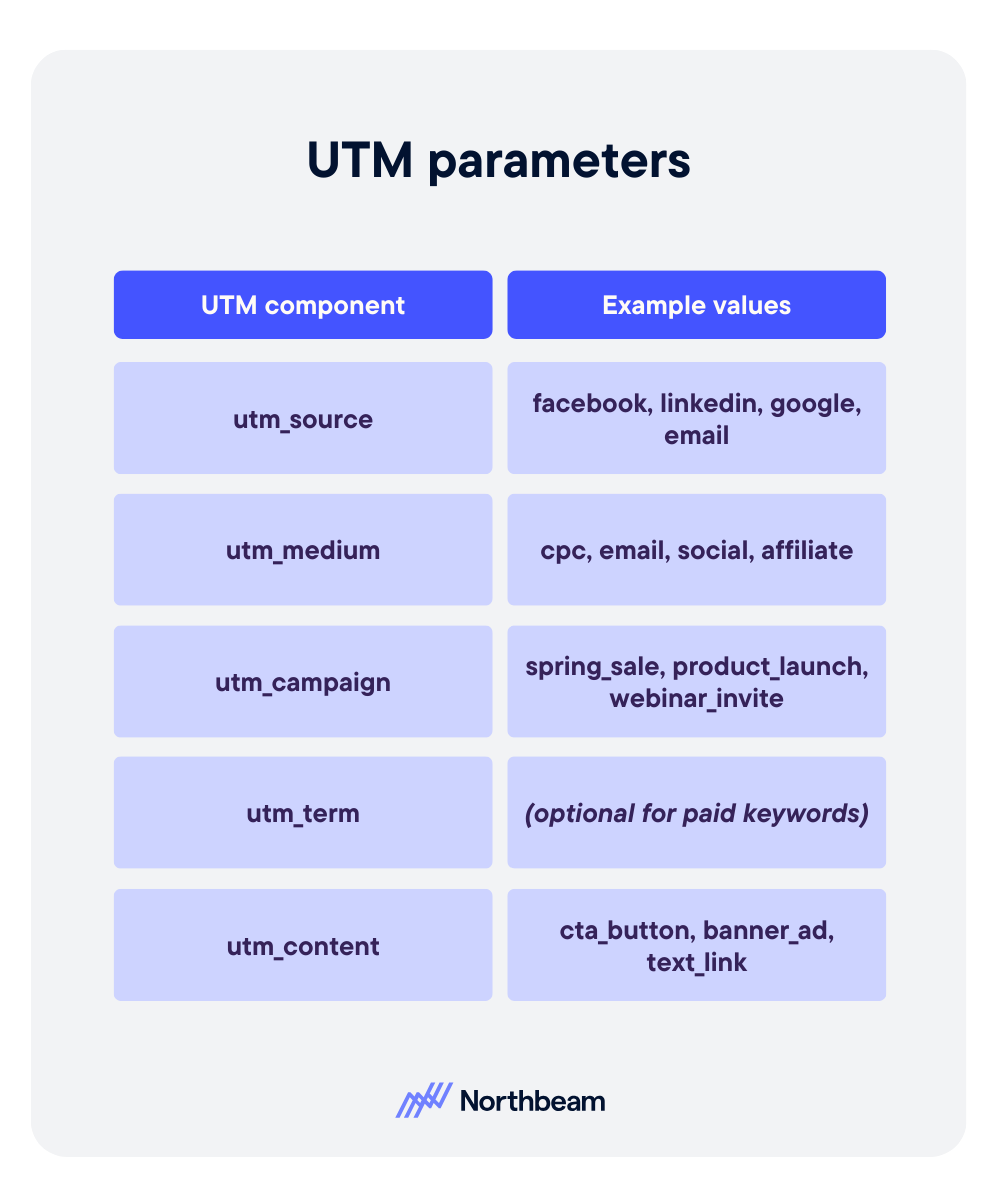
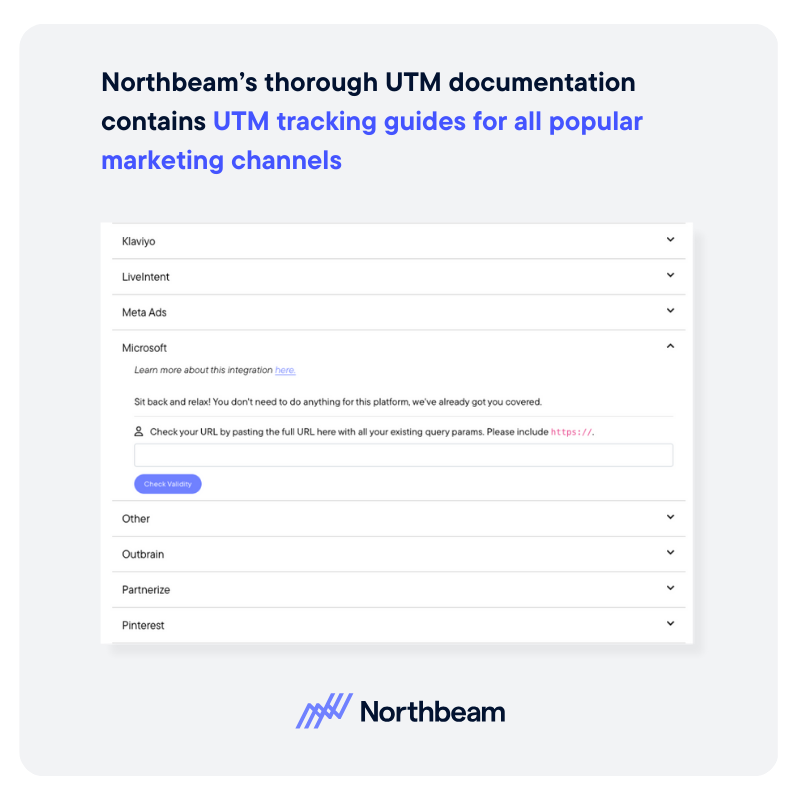
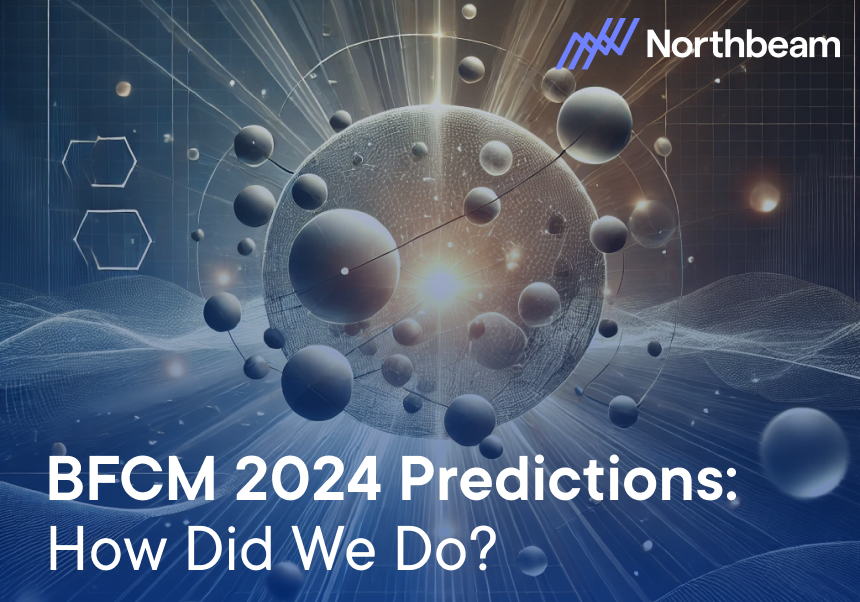
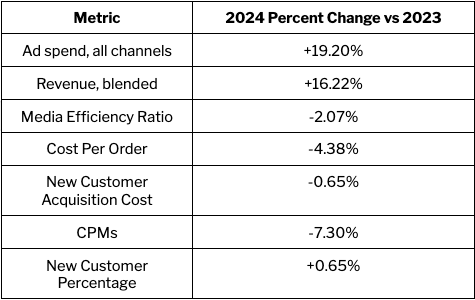
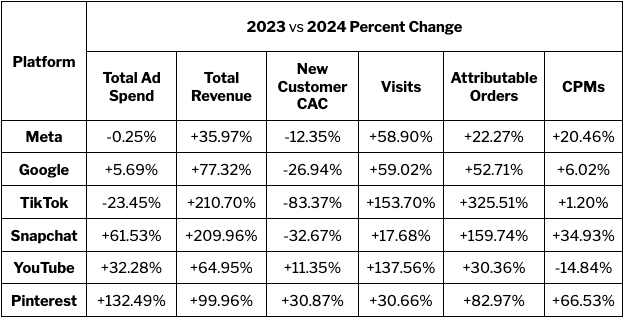
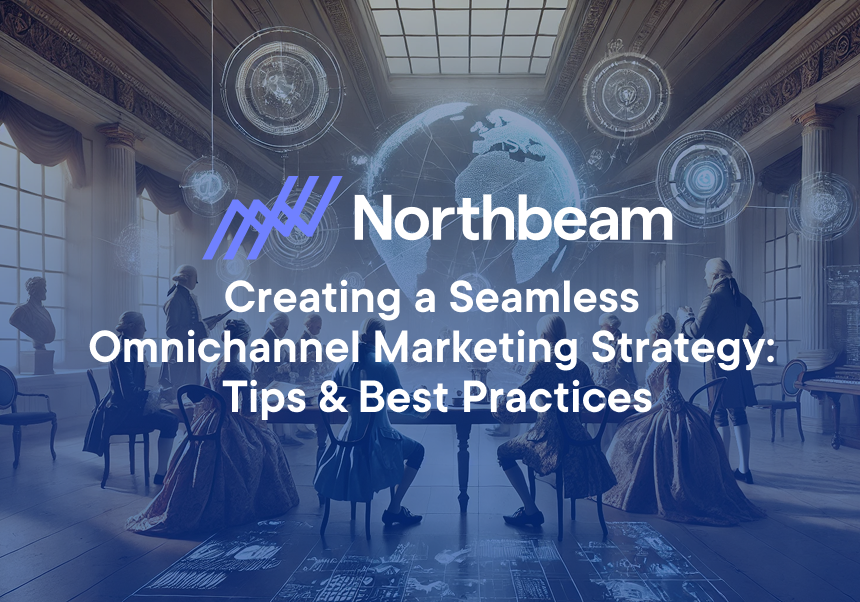
.png)
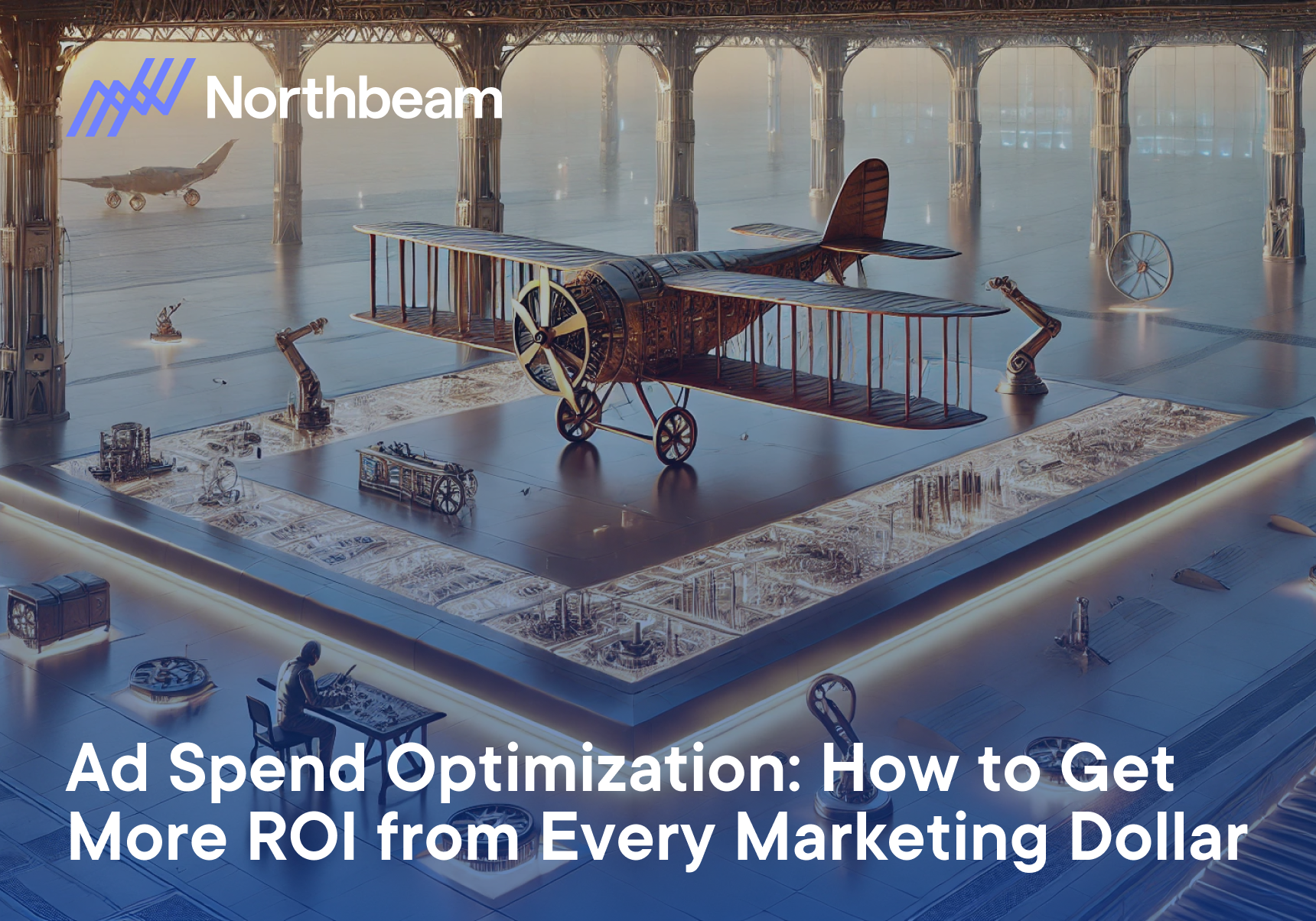
.png)
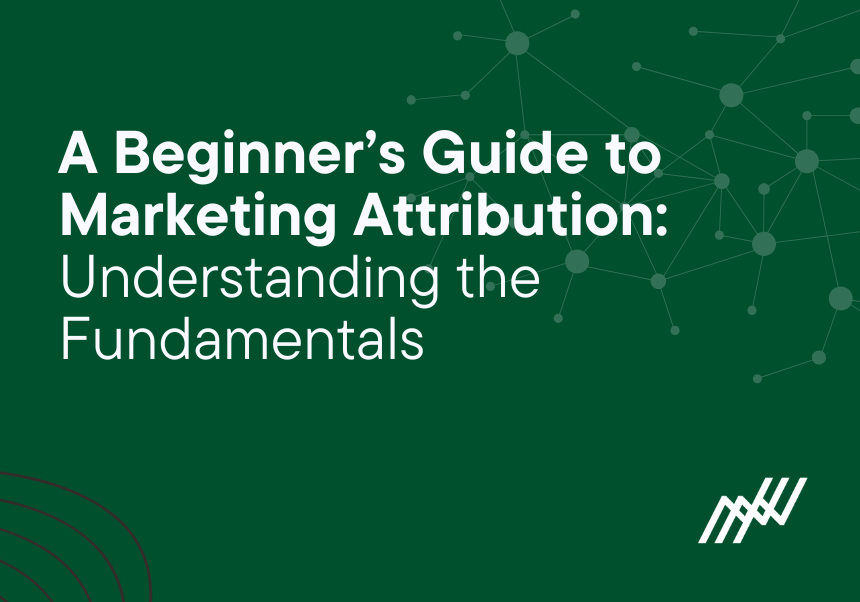
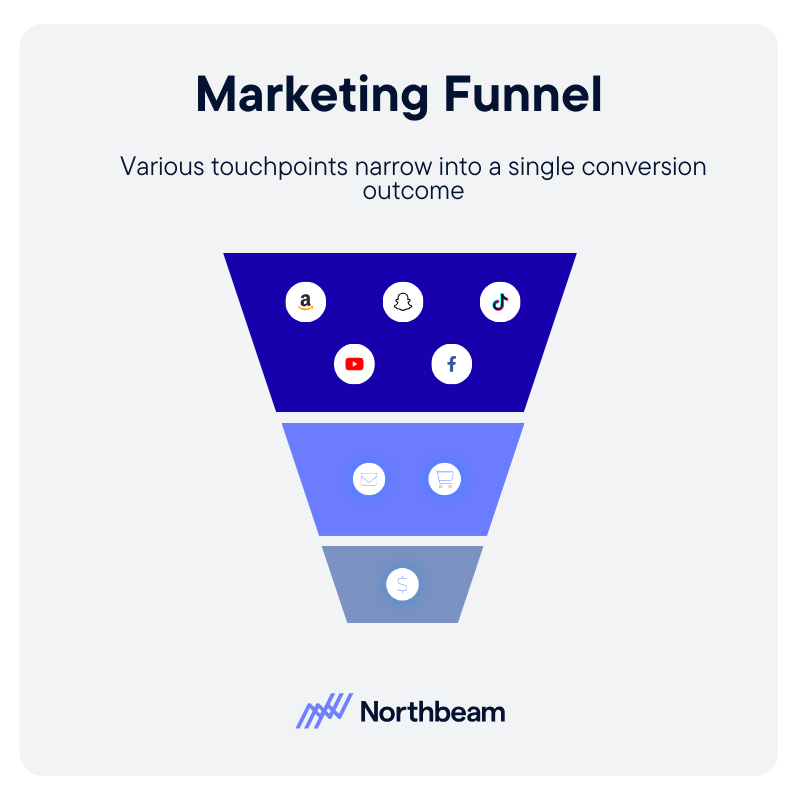
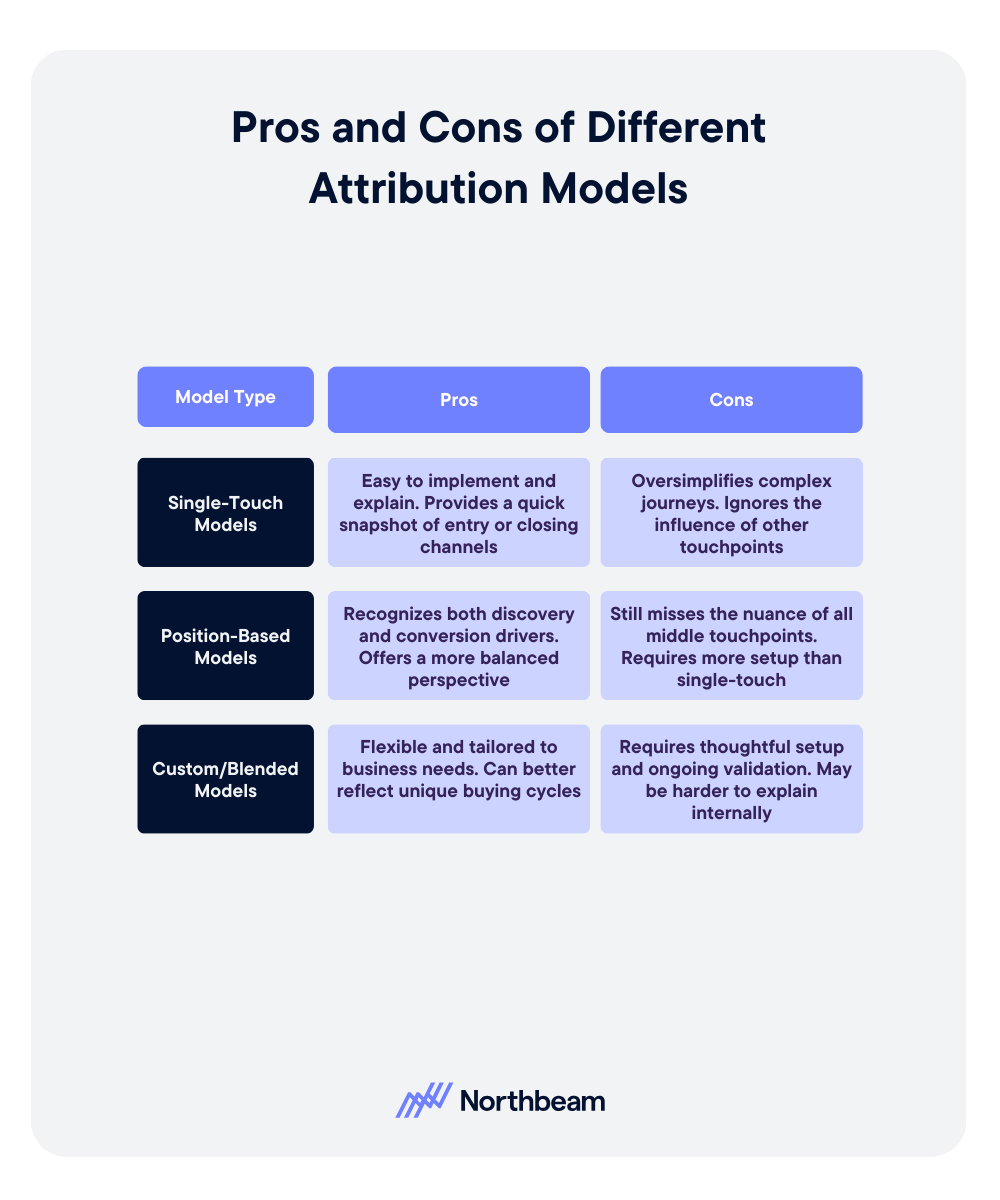



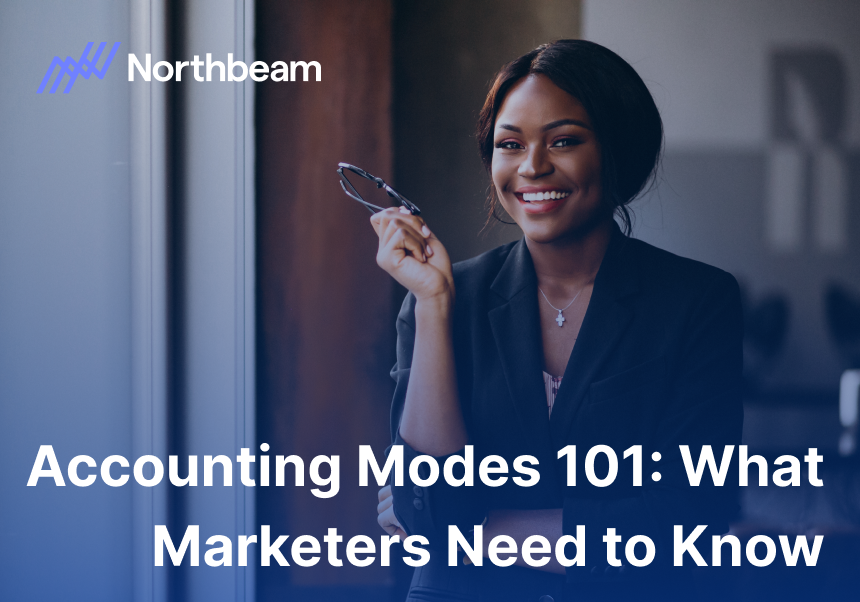
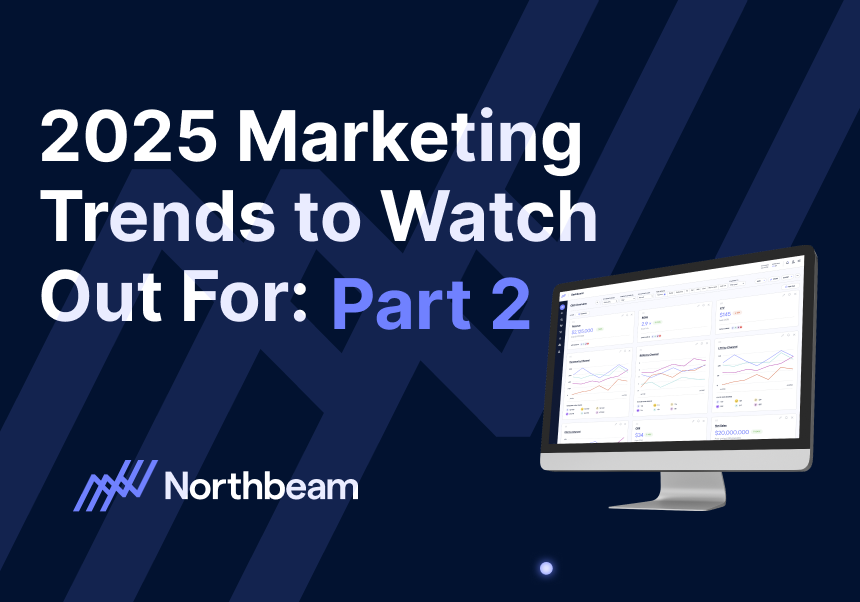
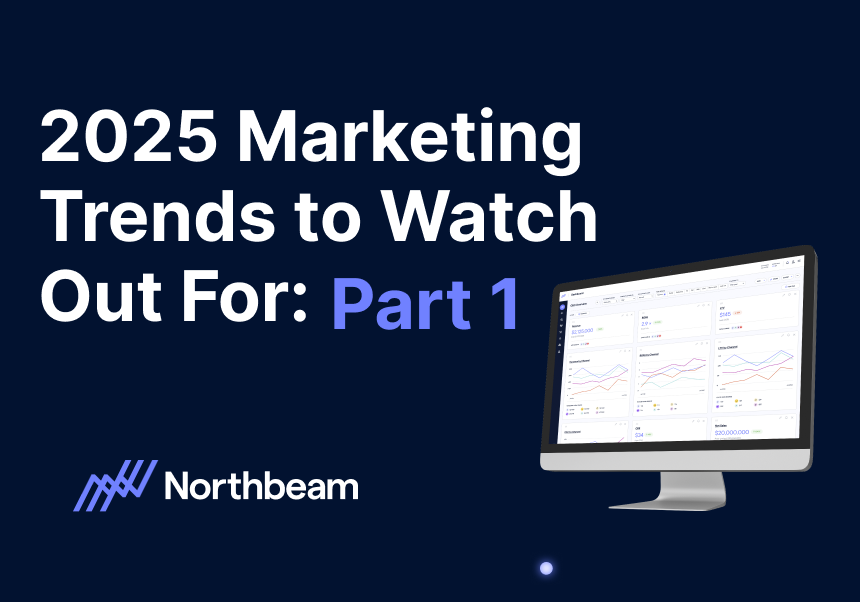



.svg)
